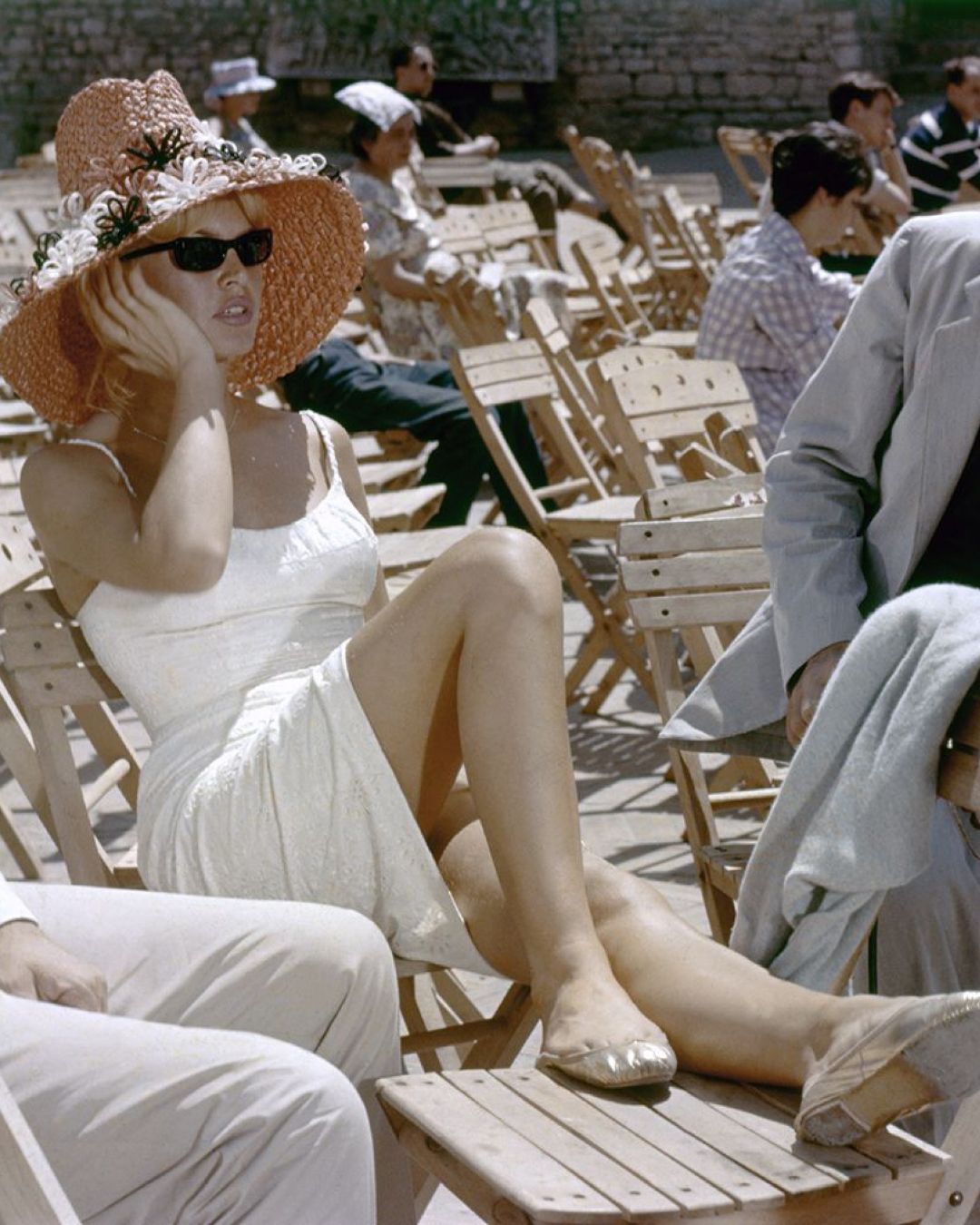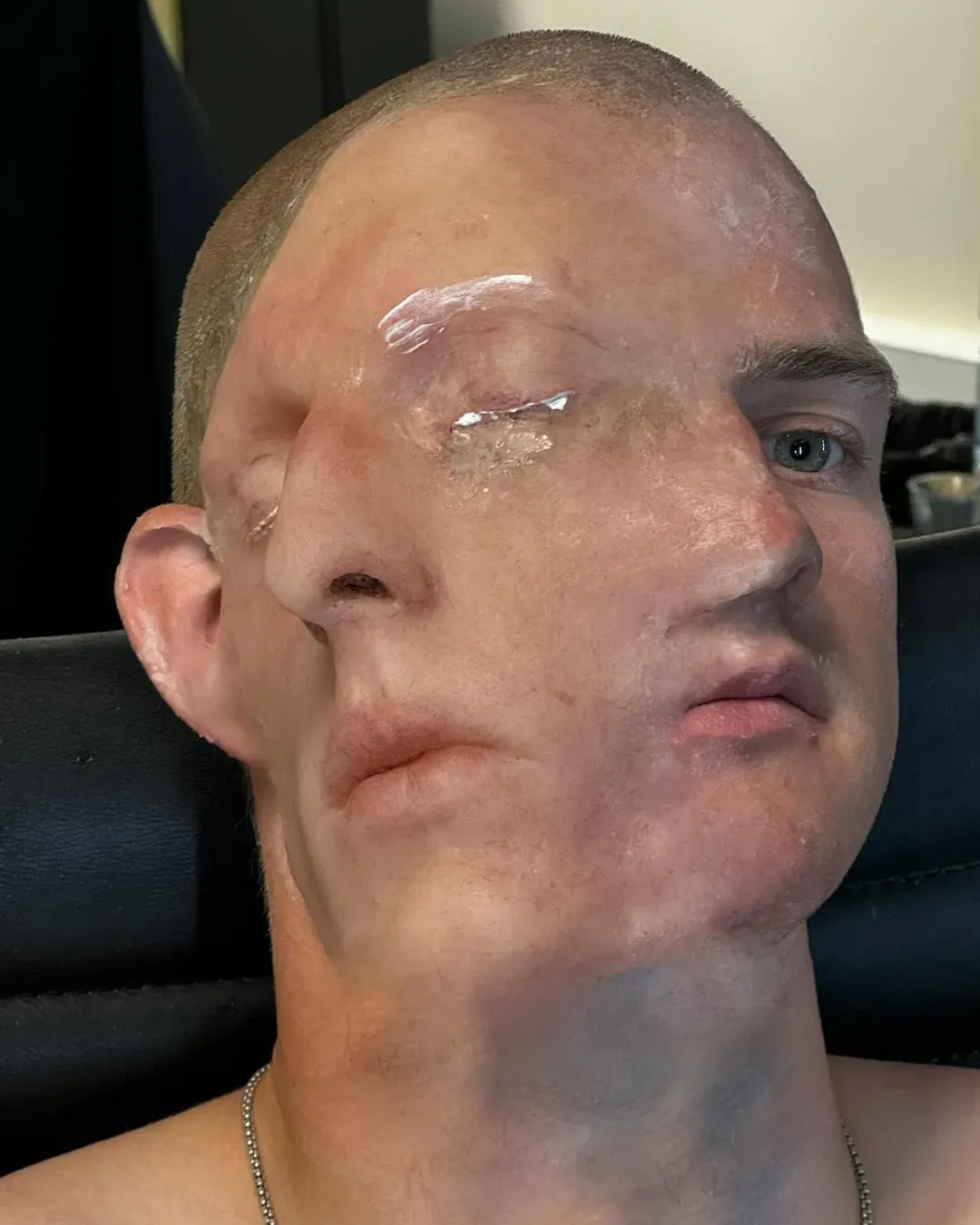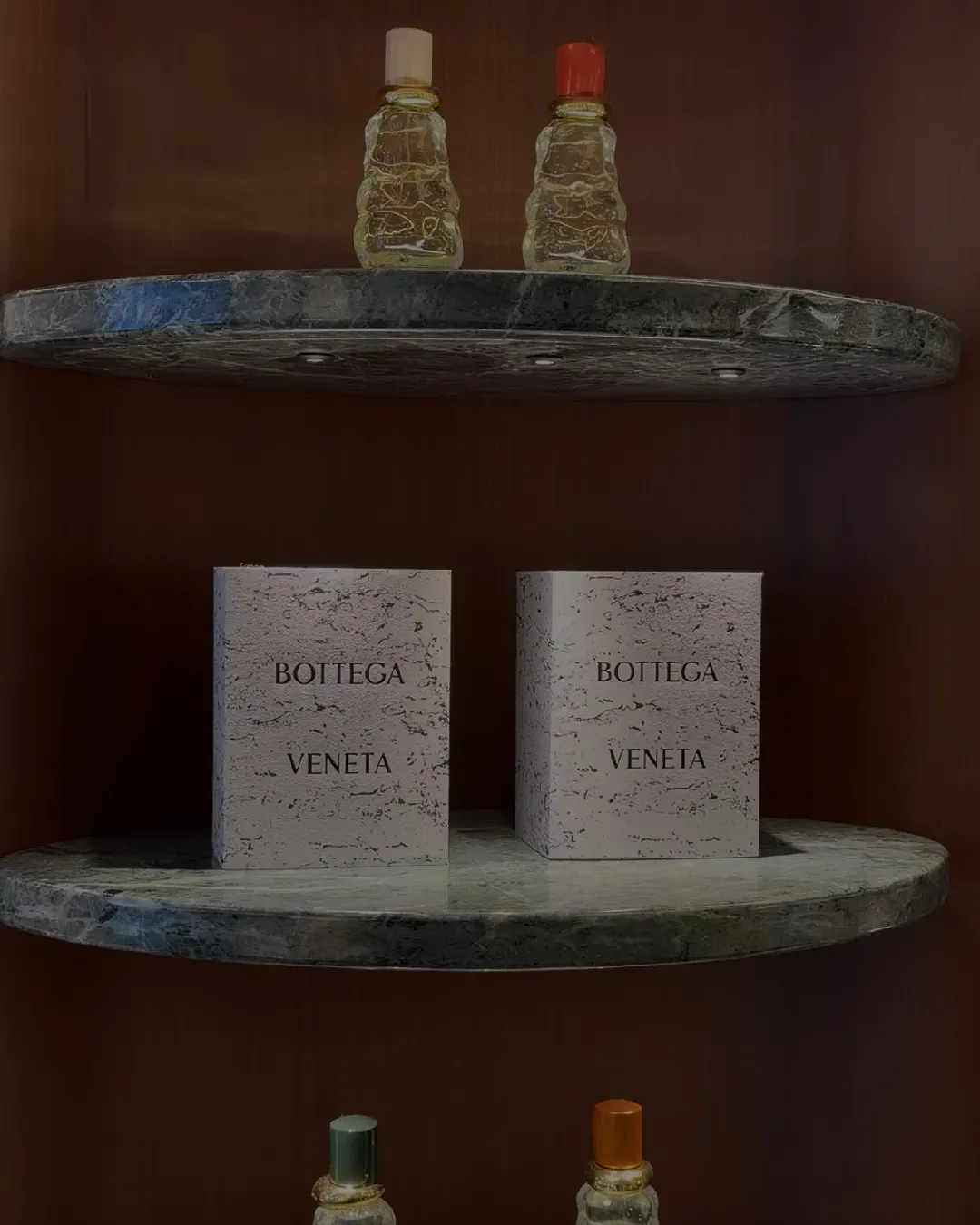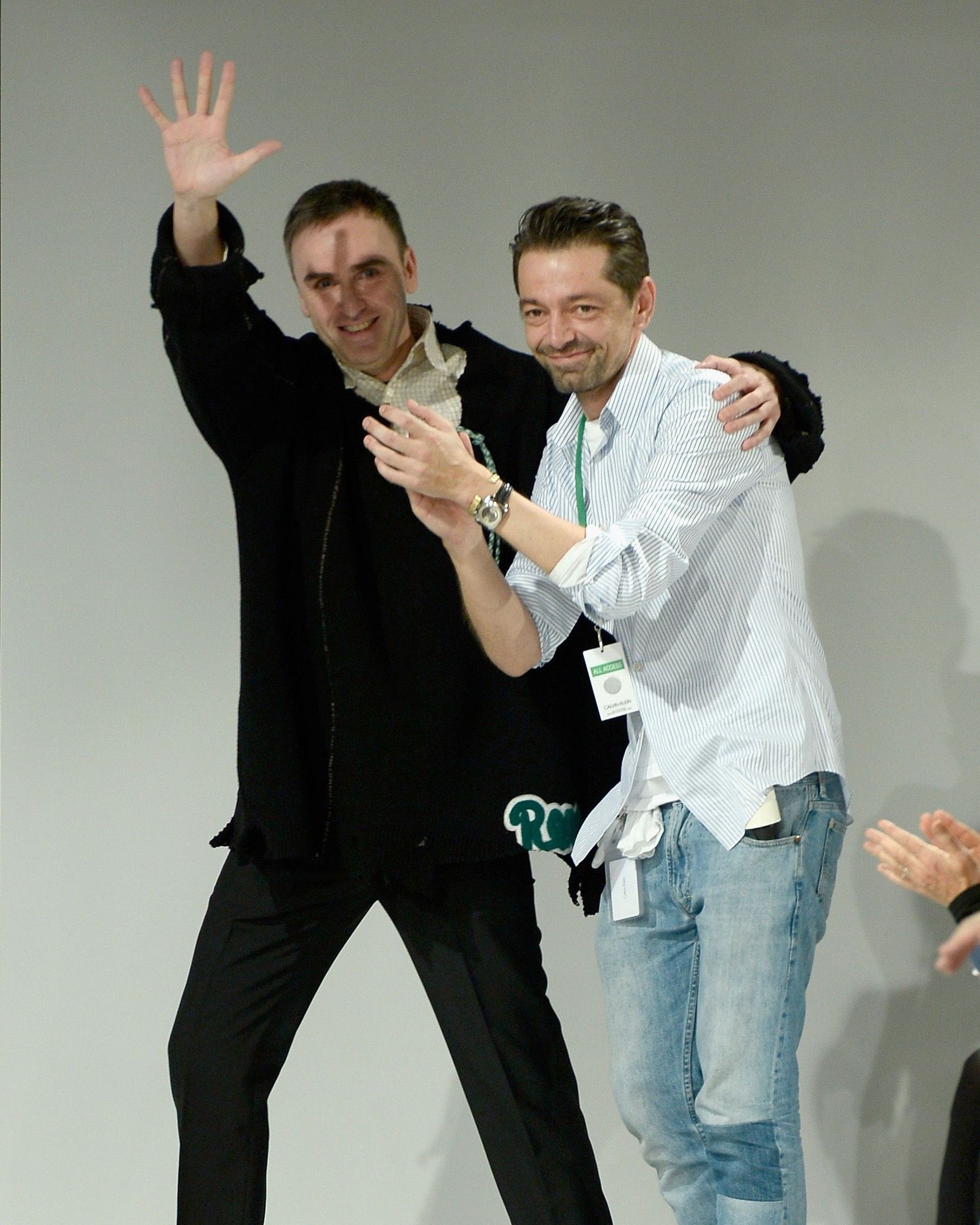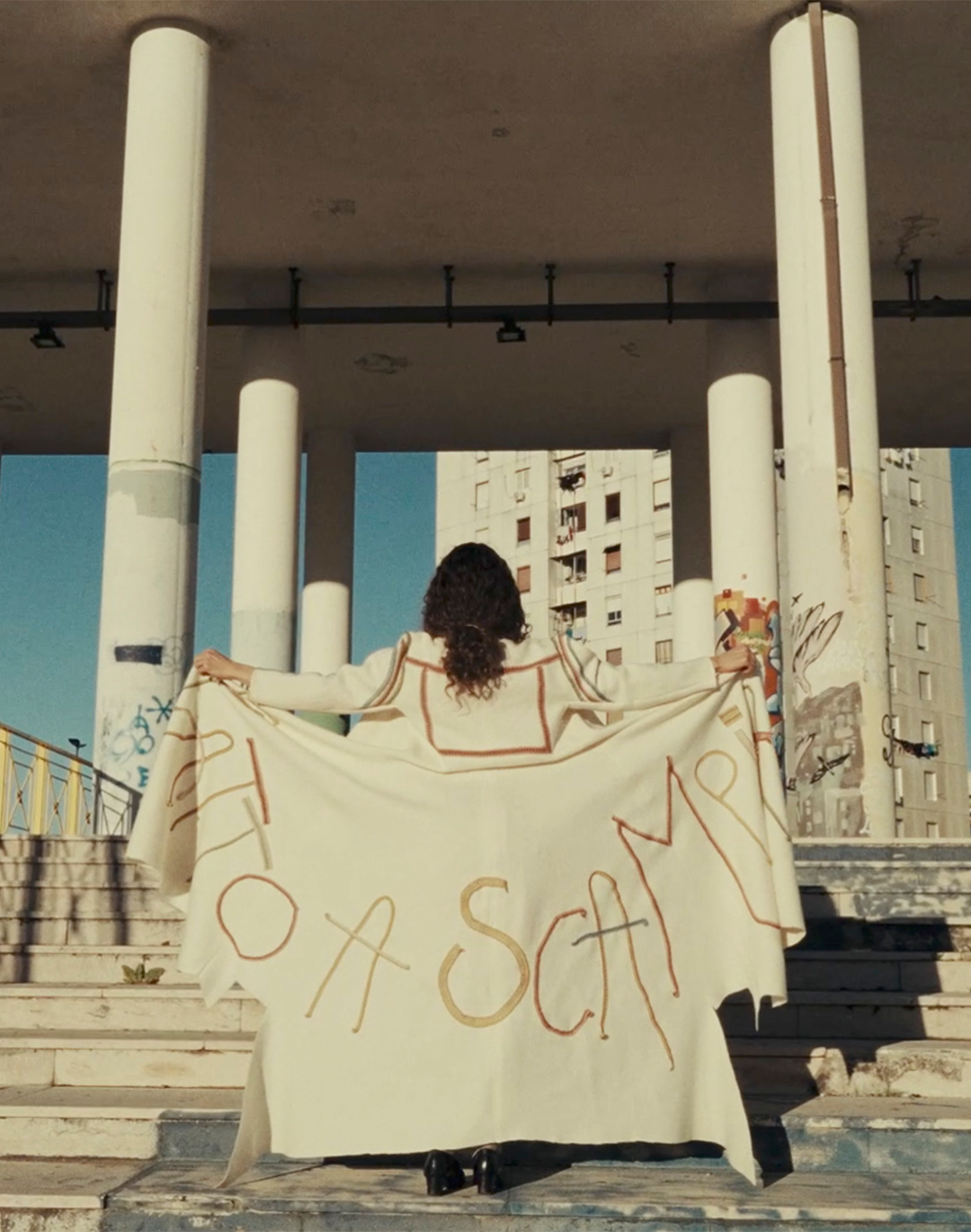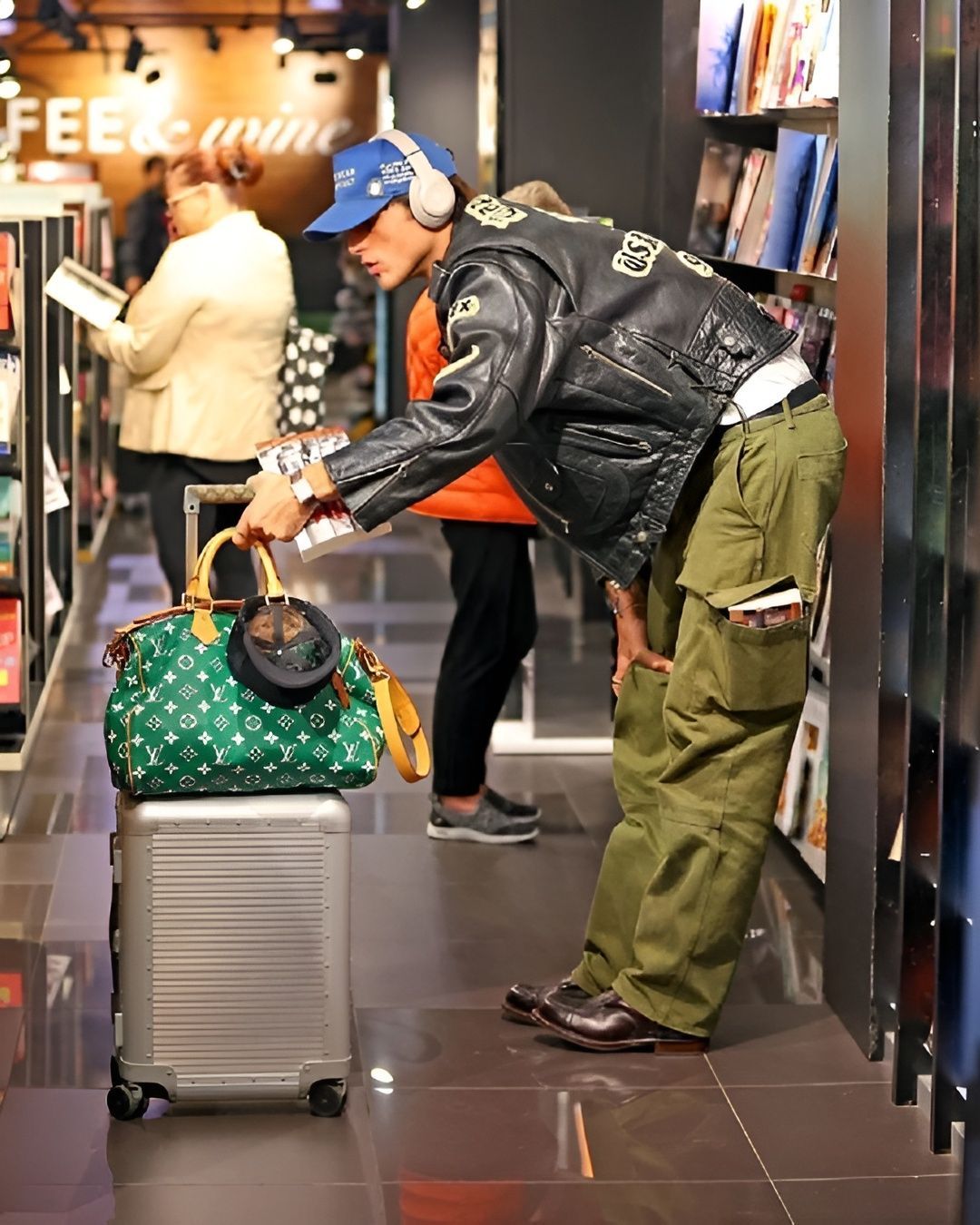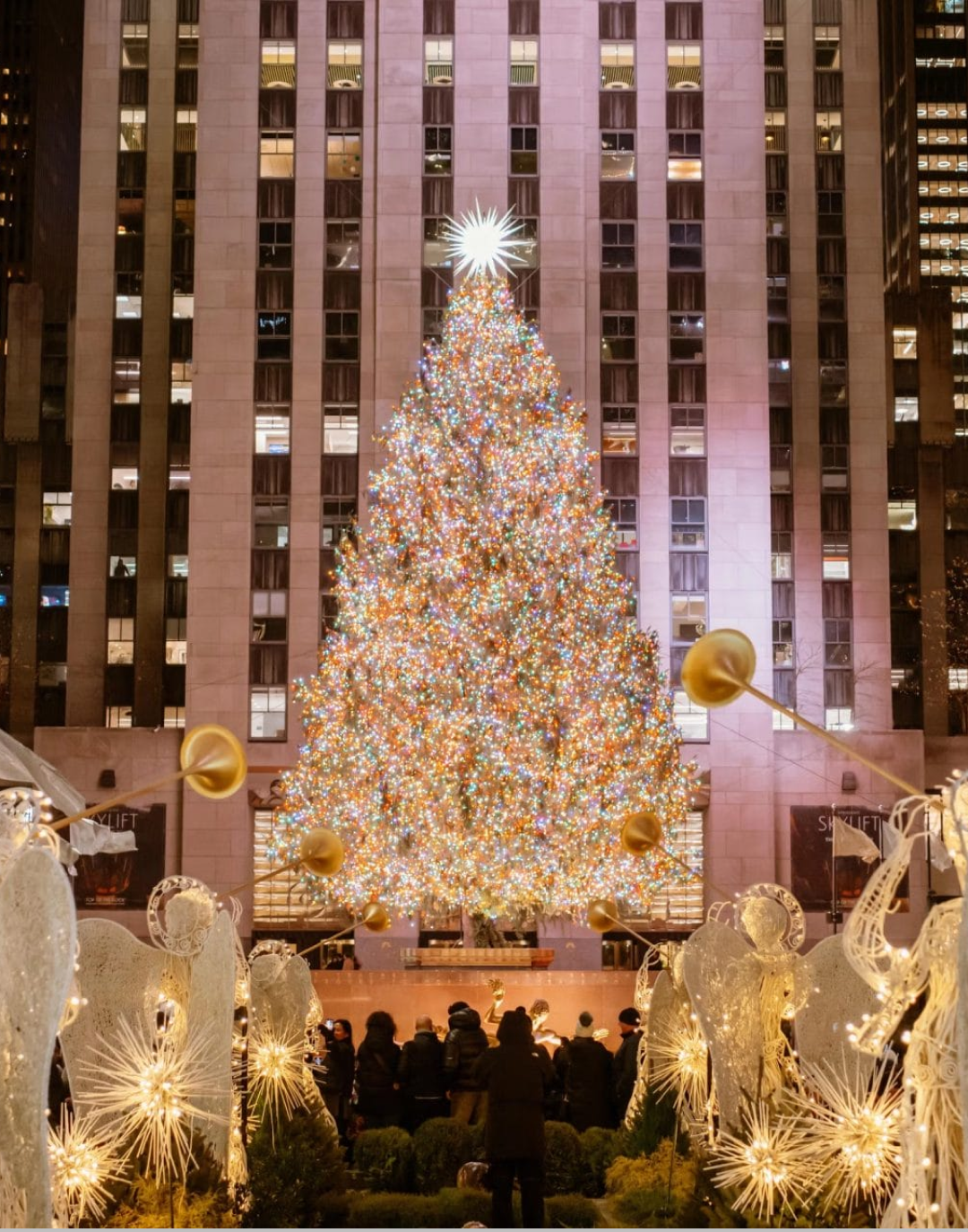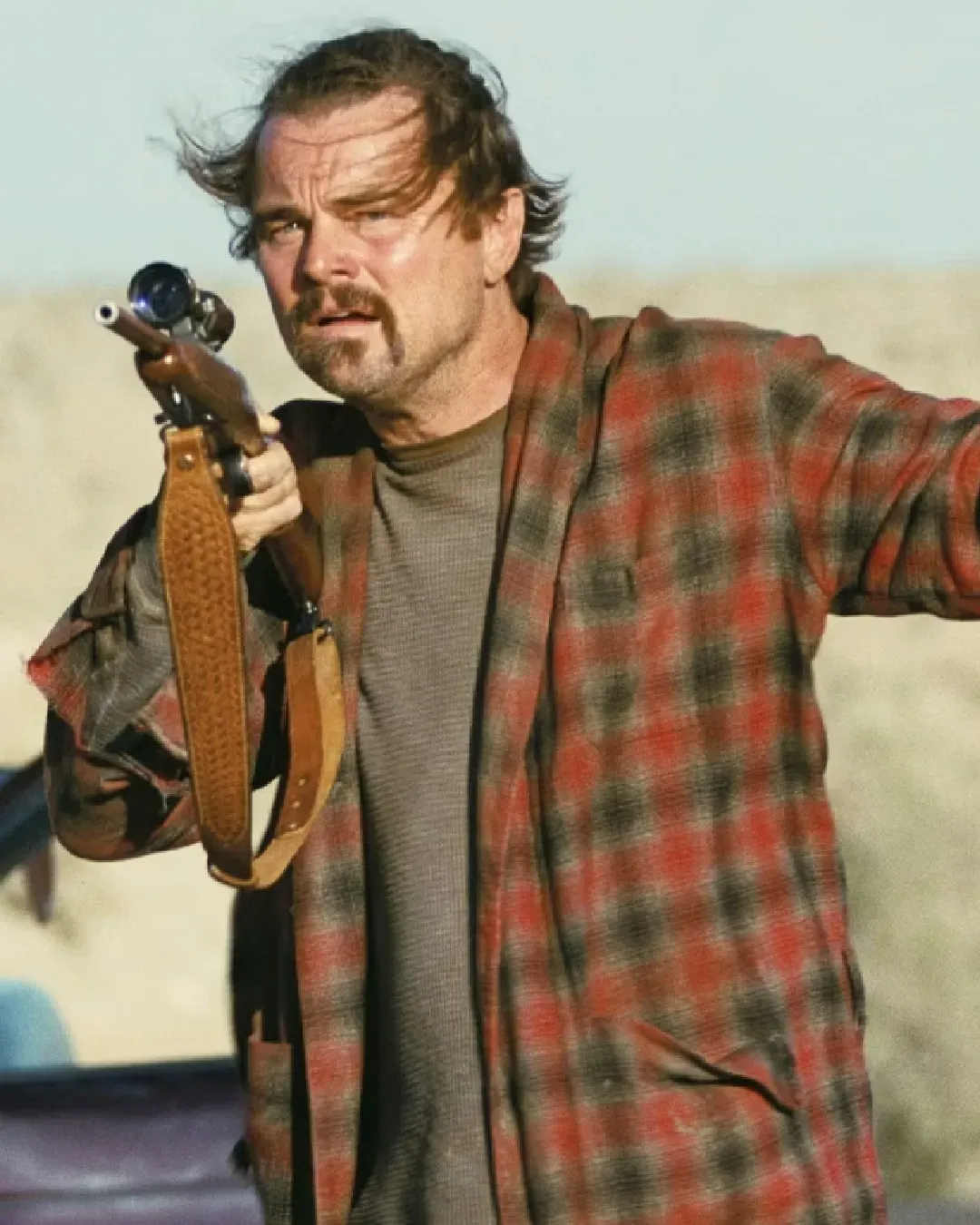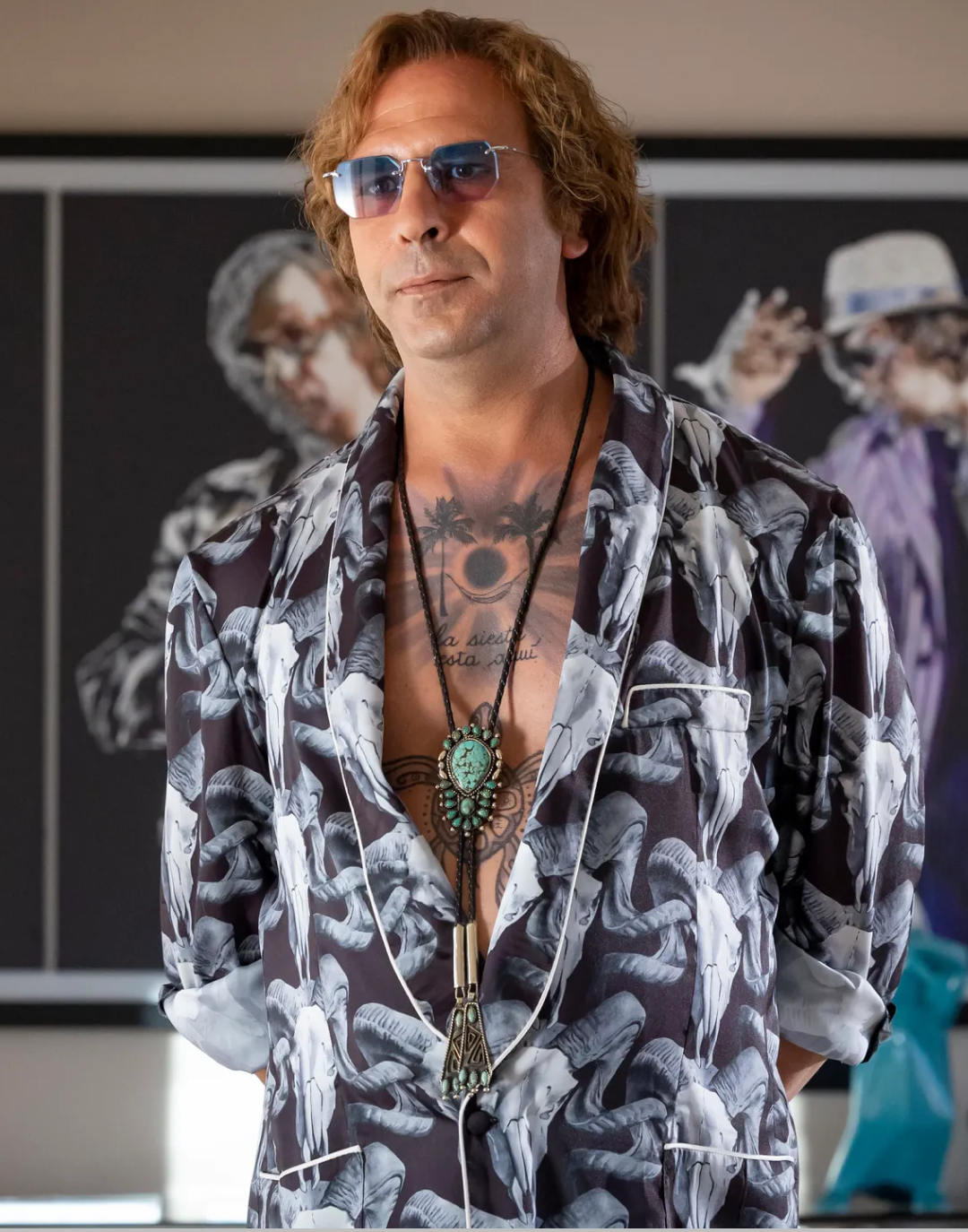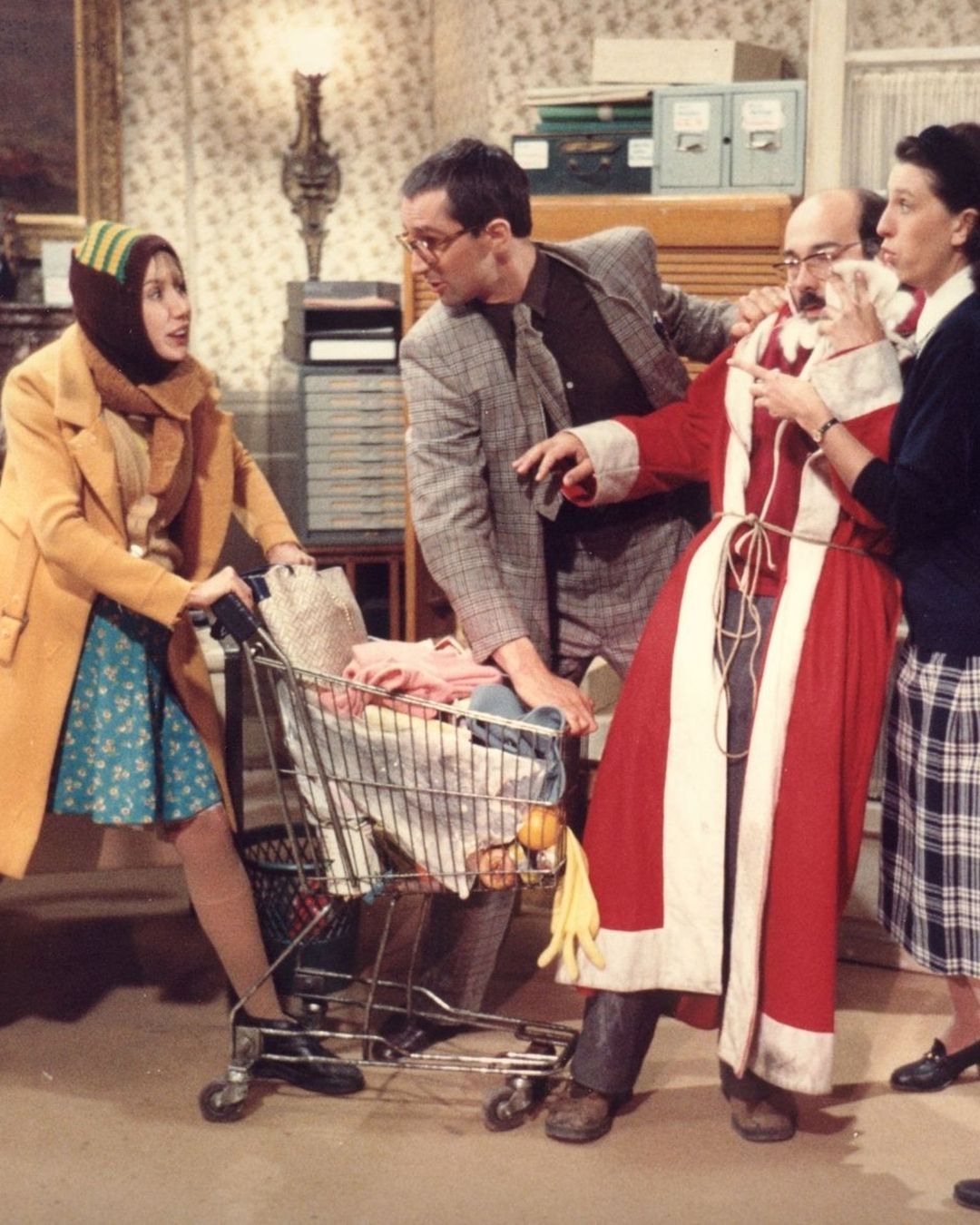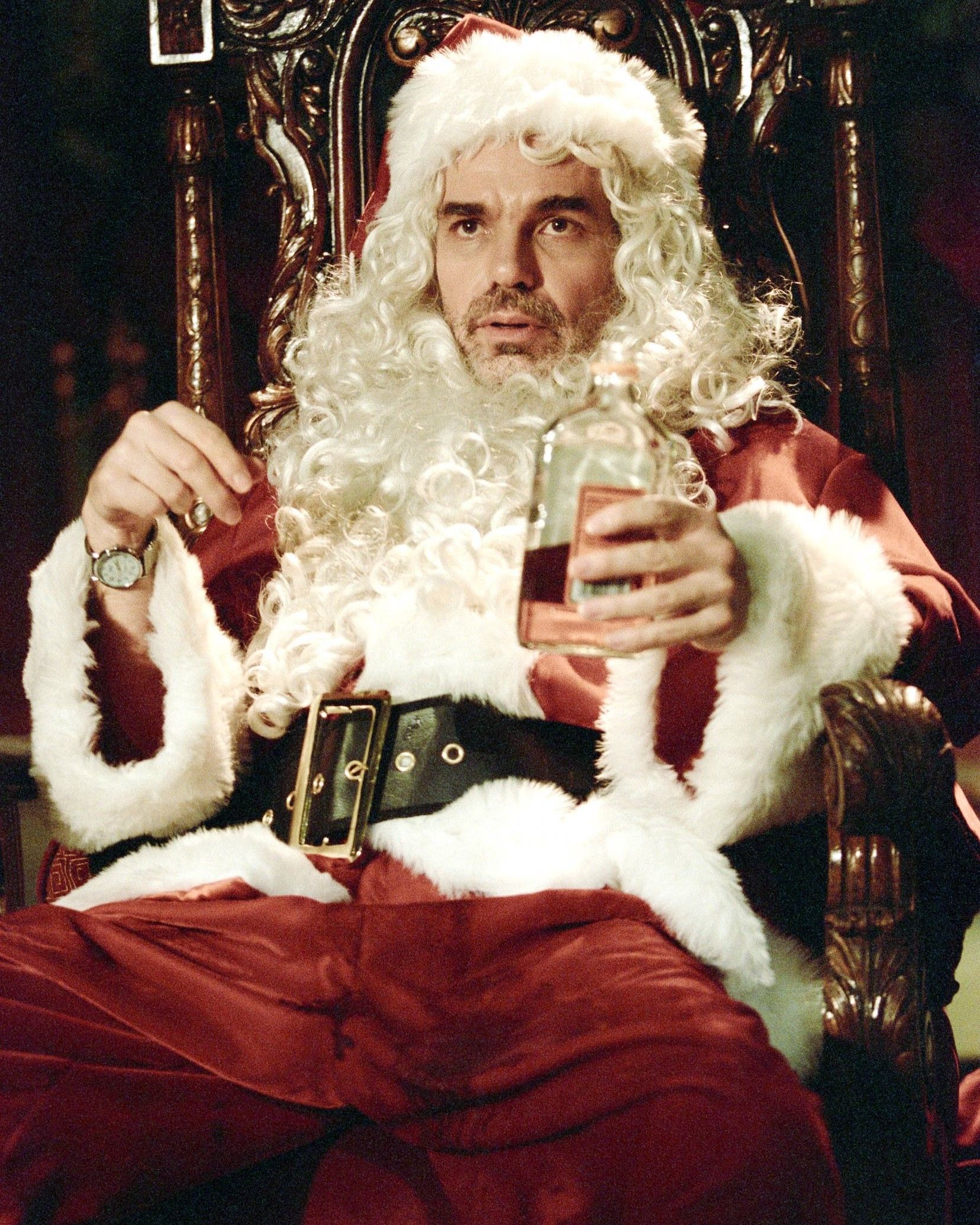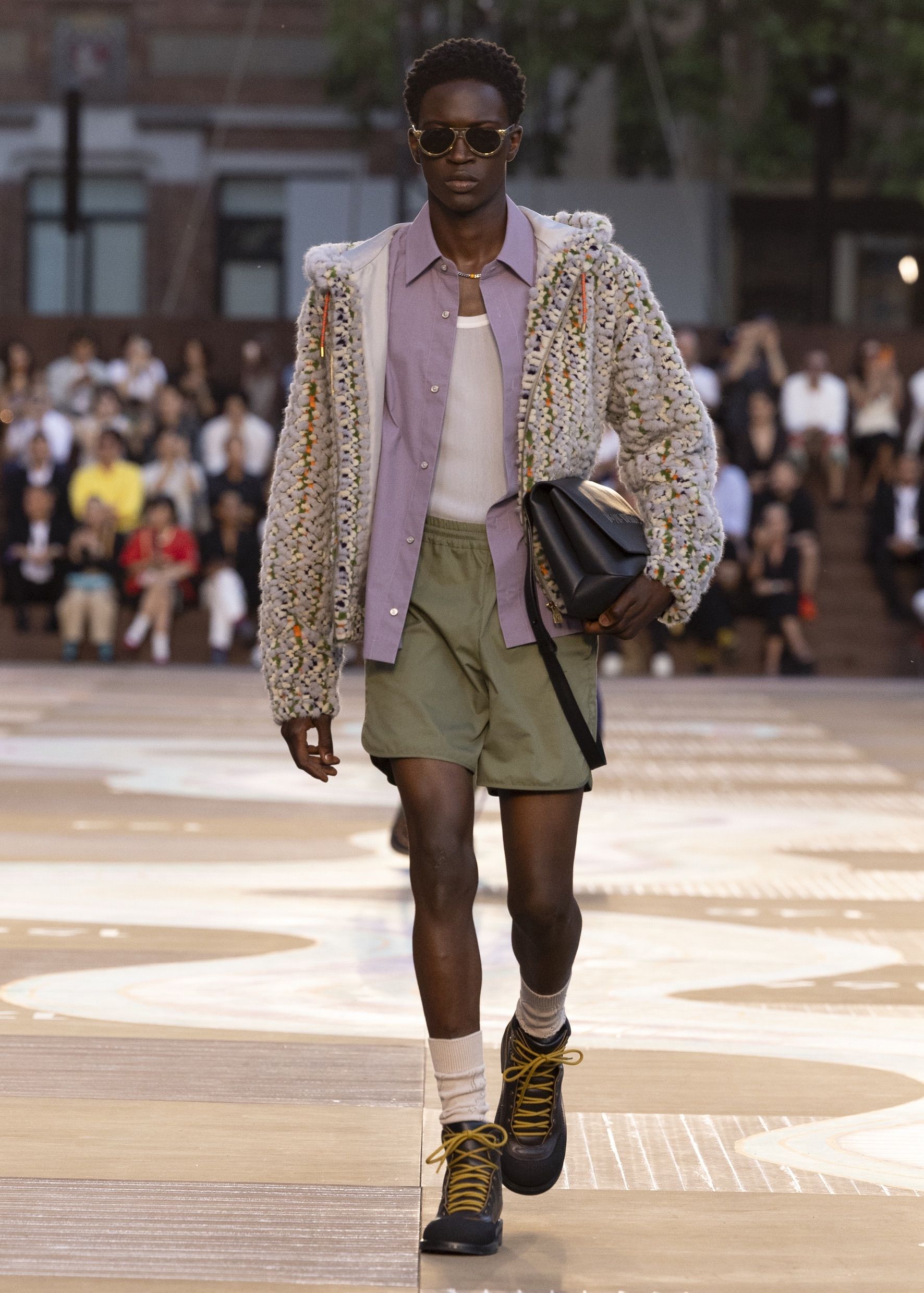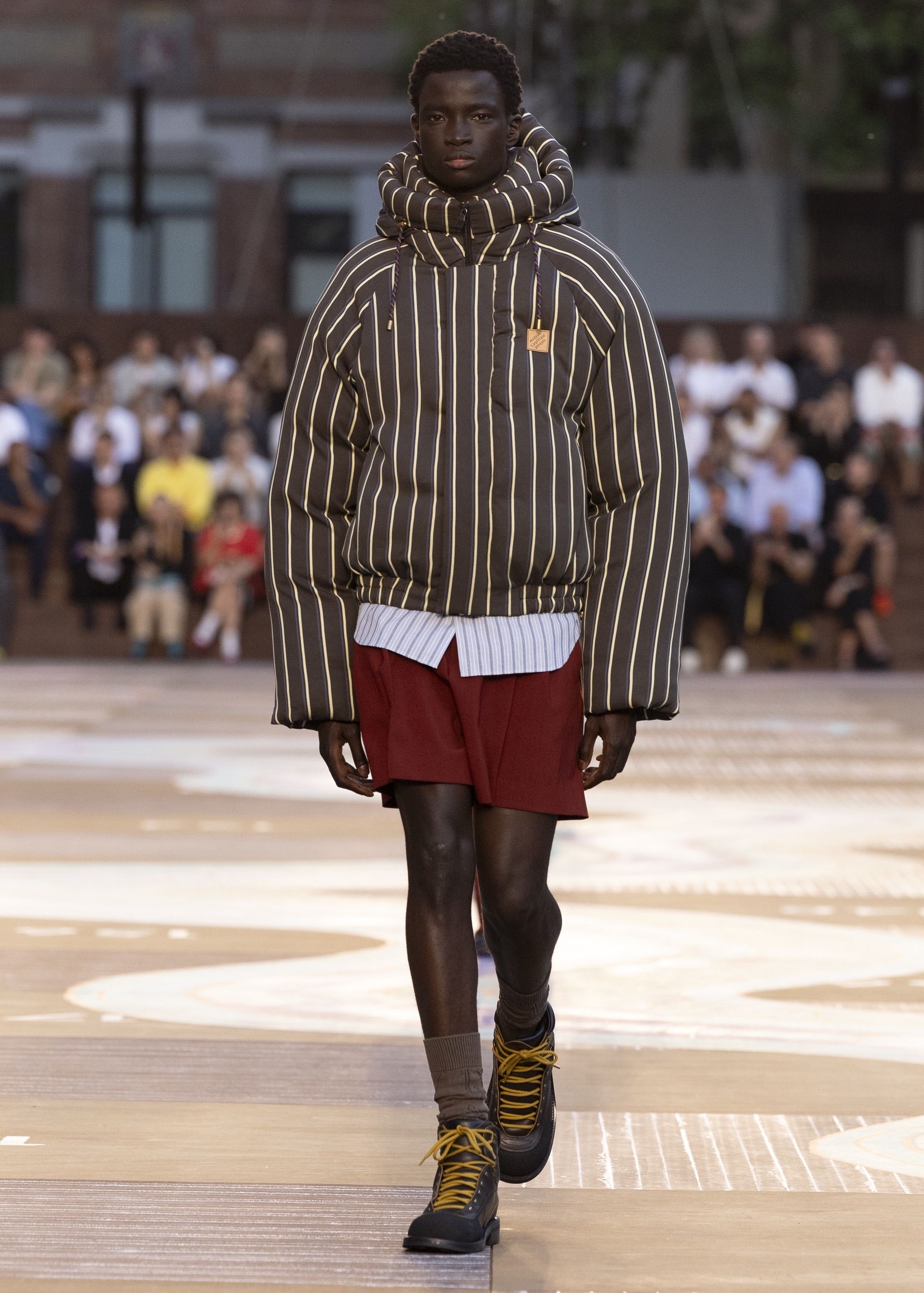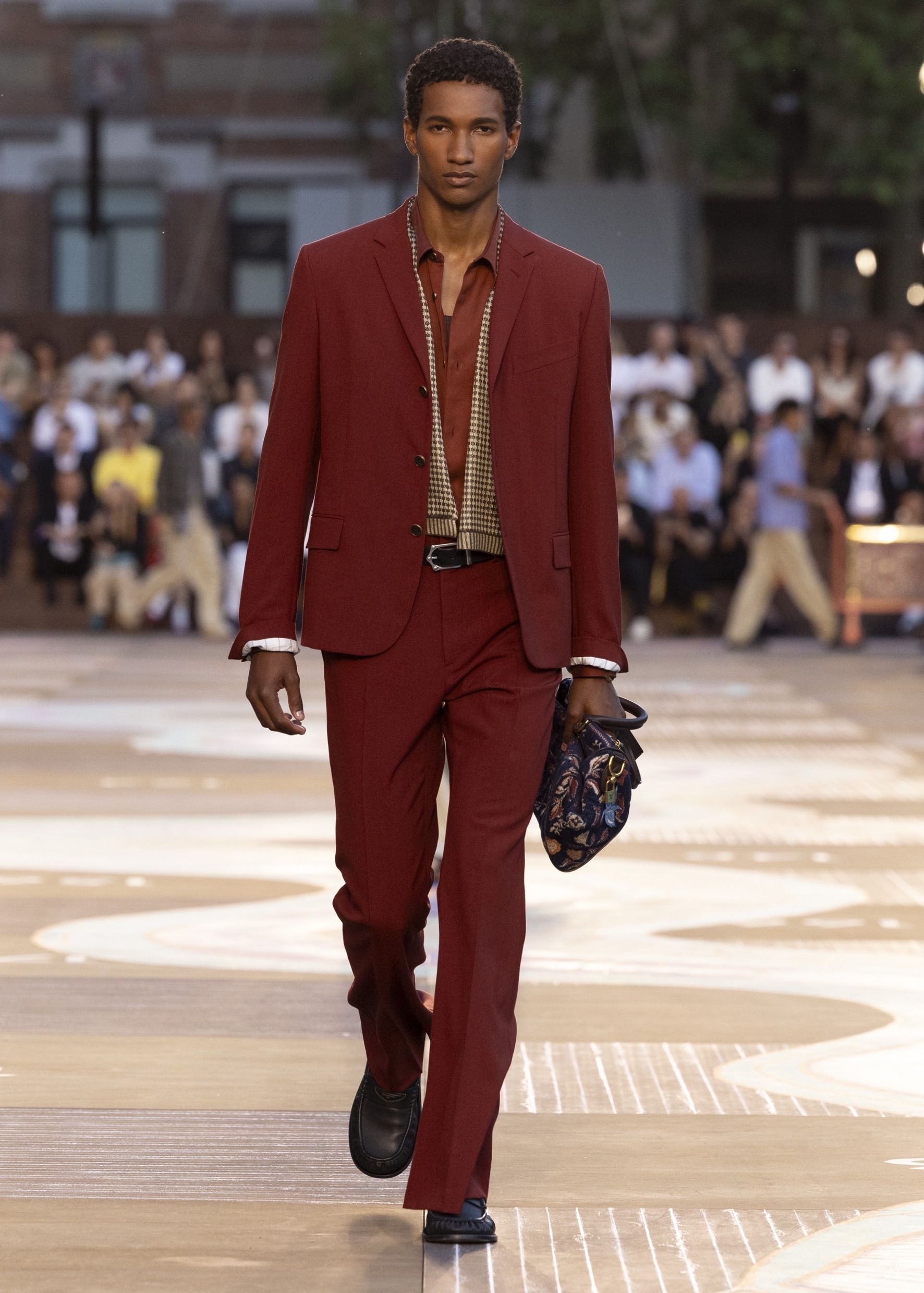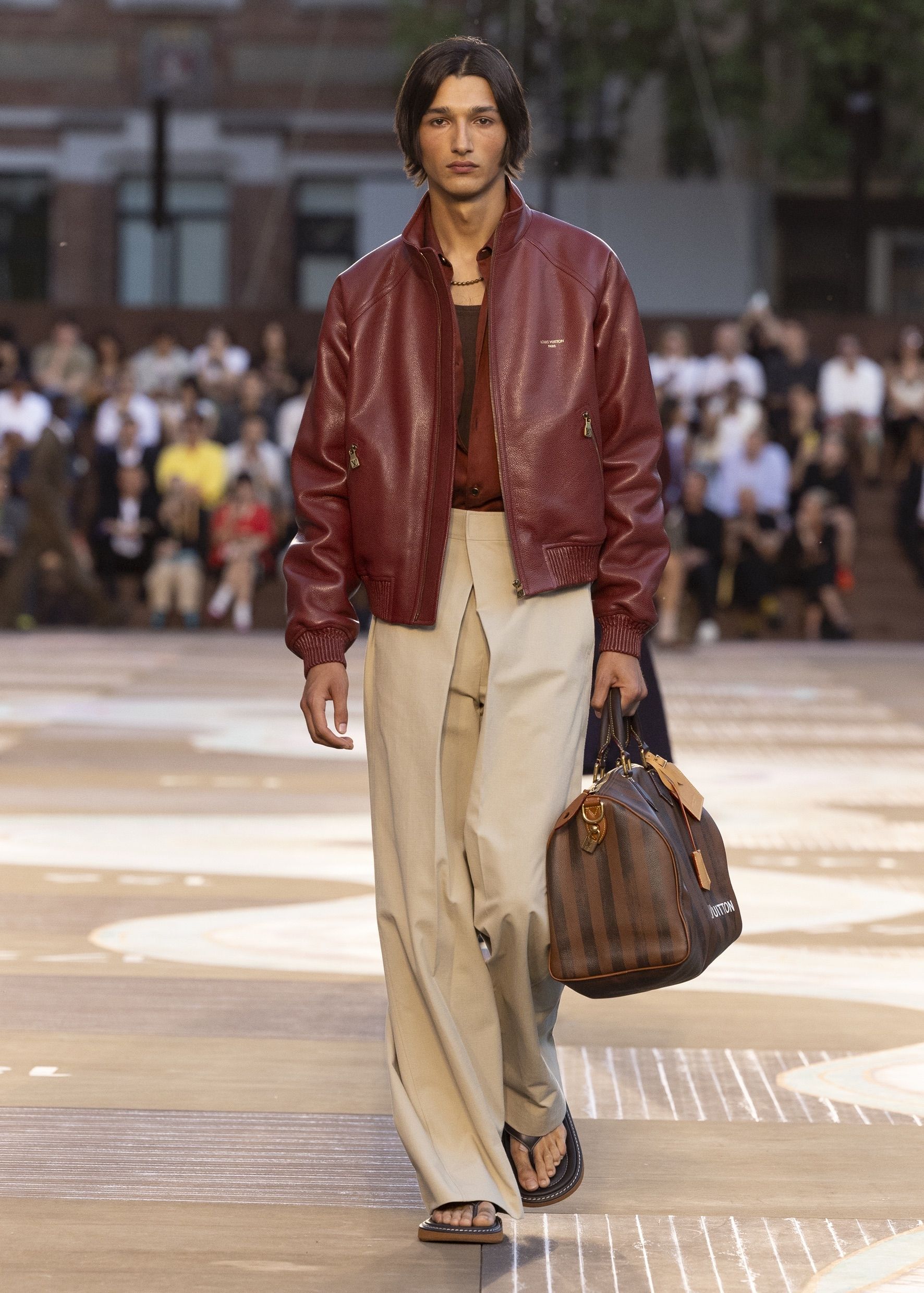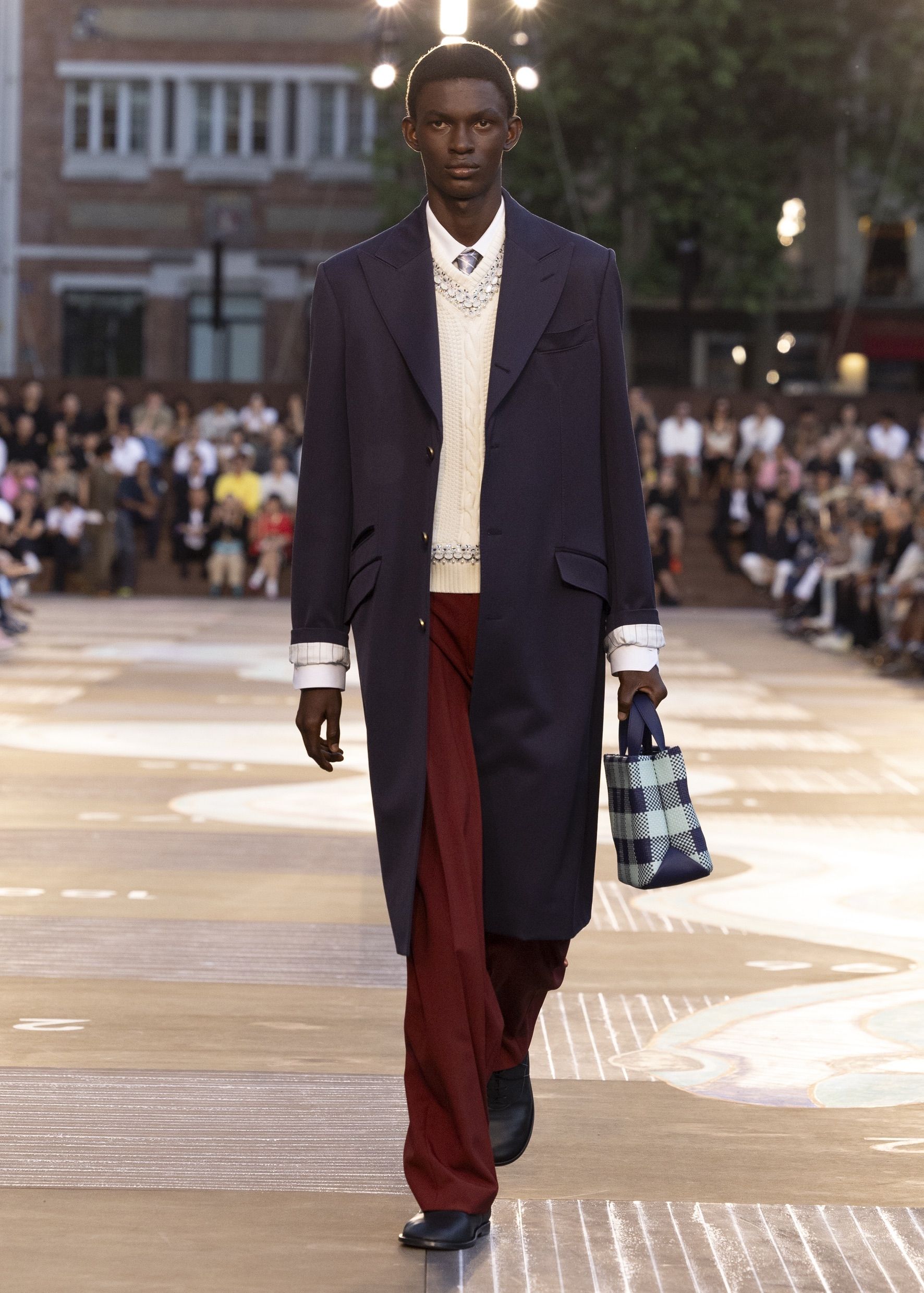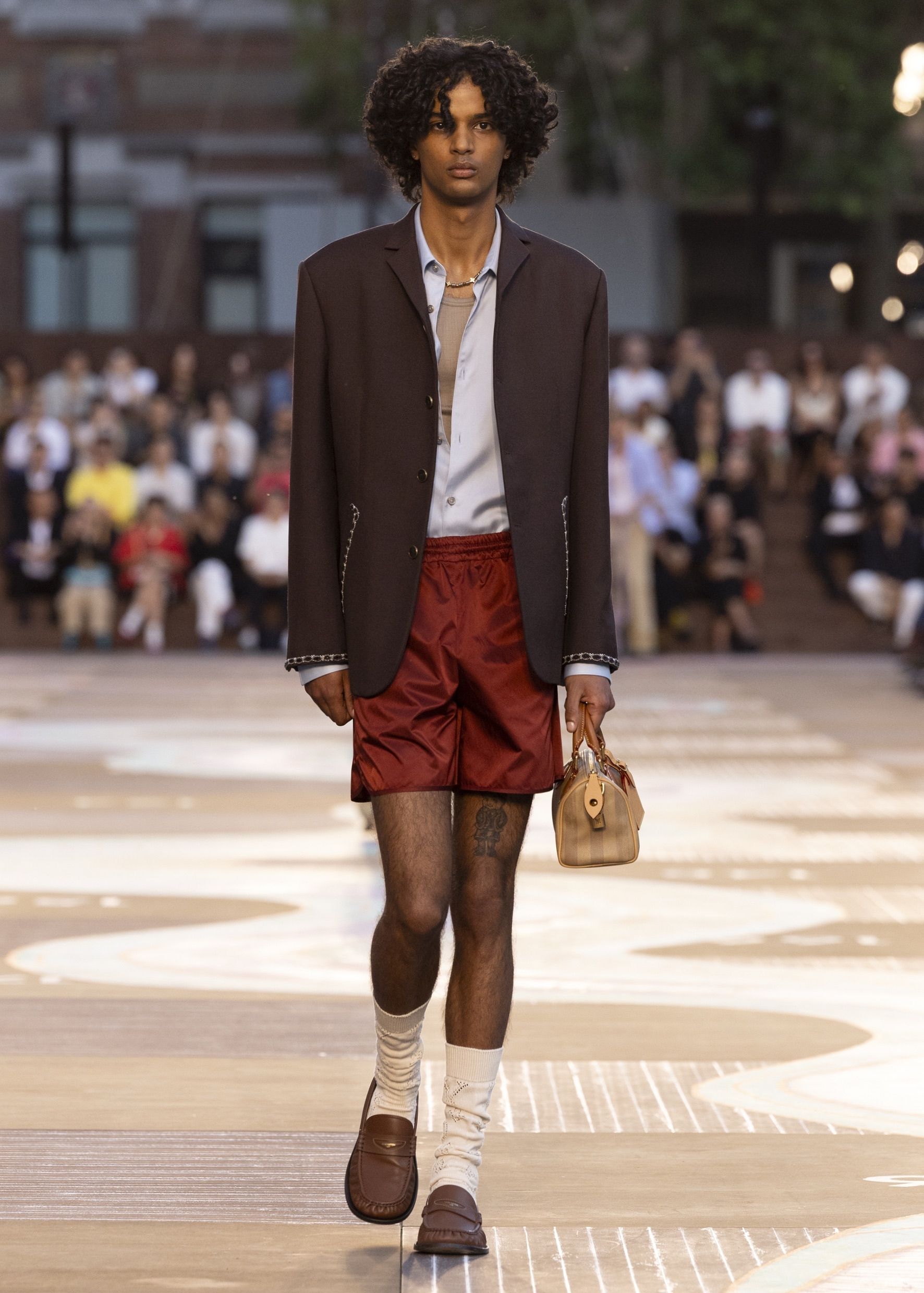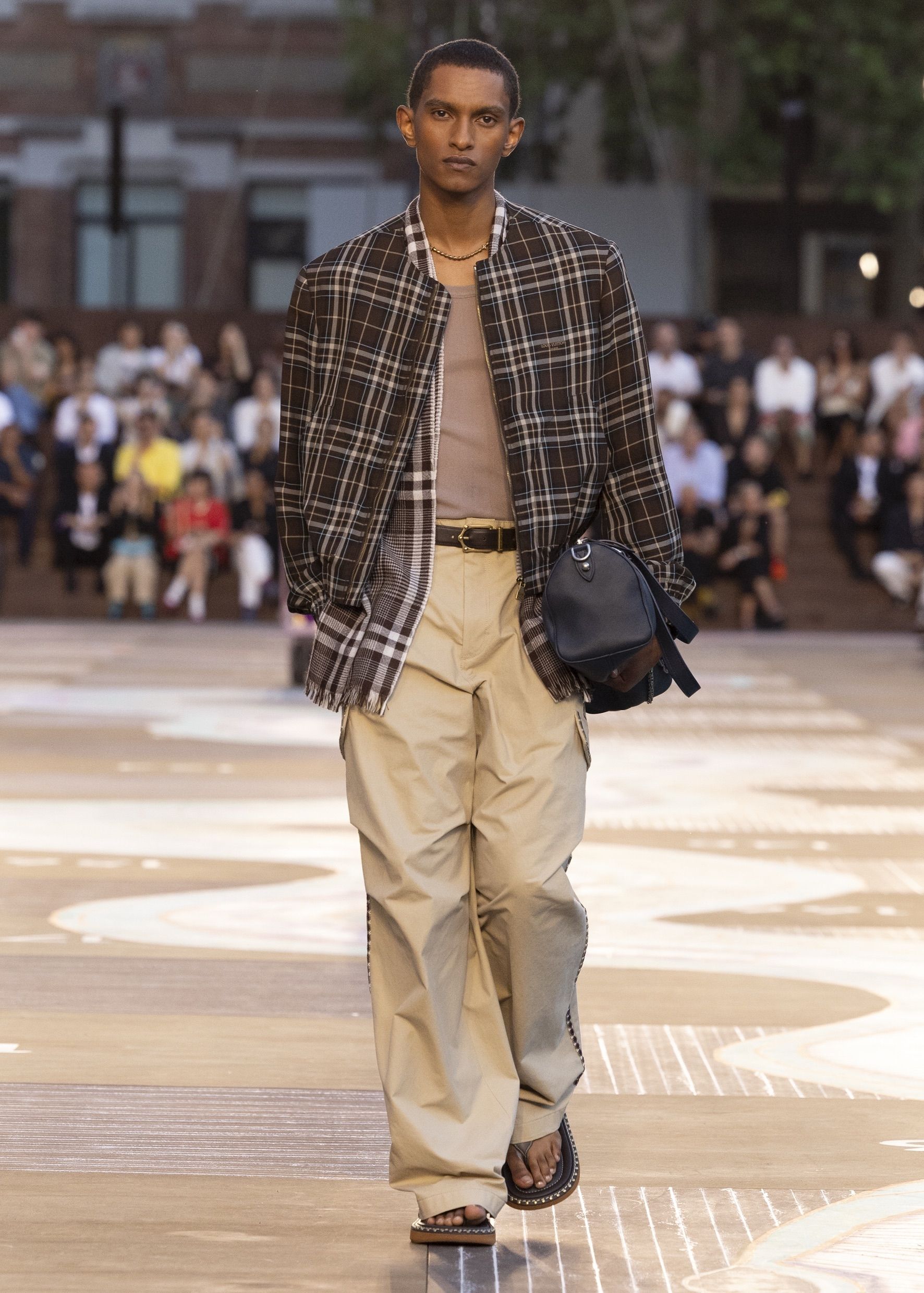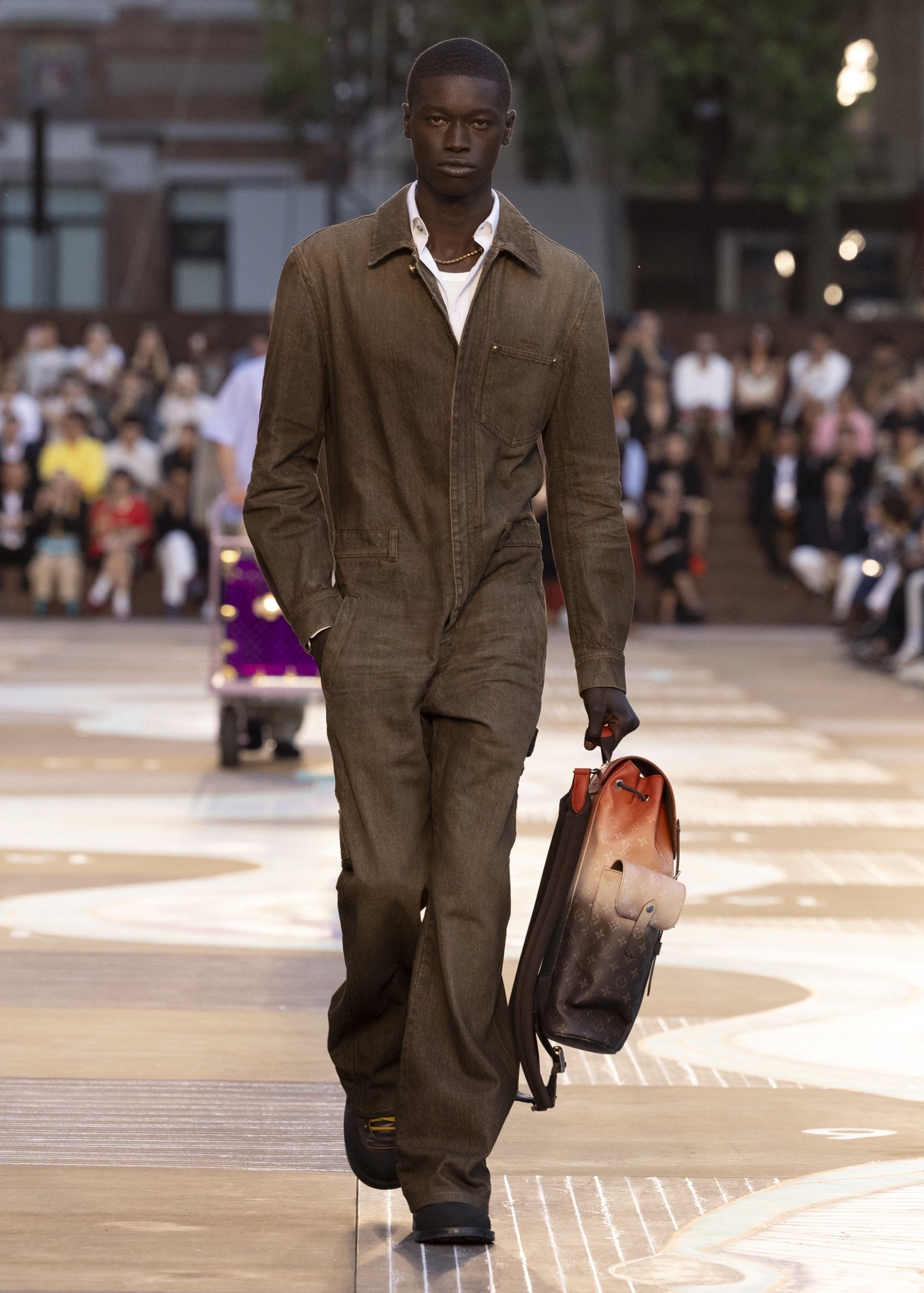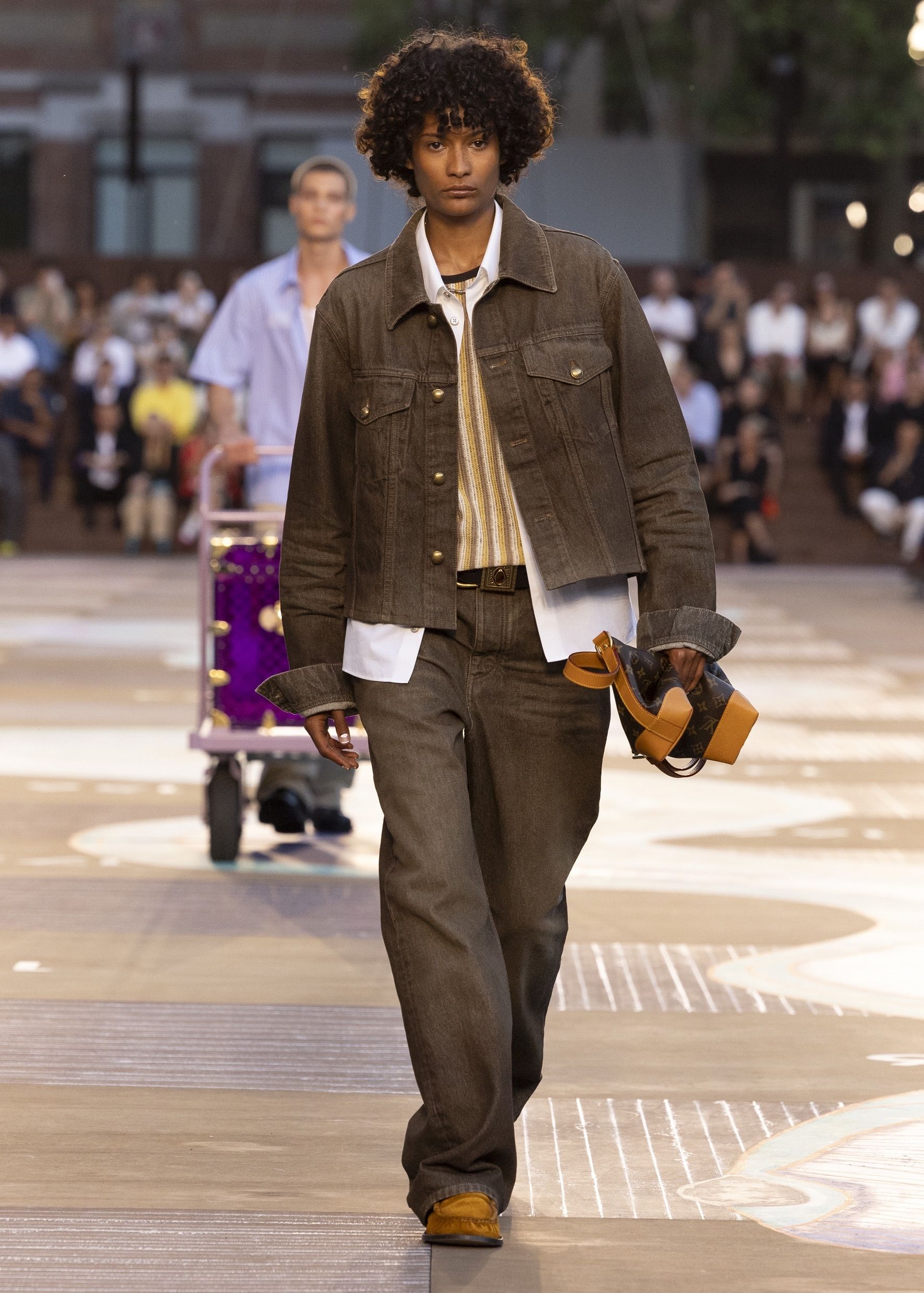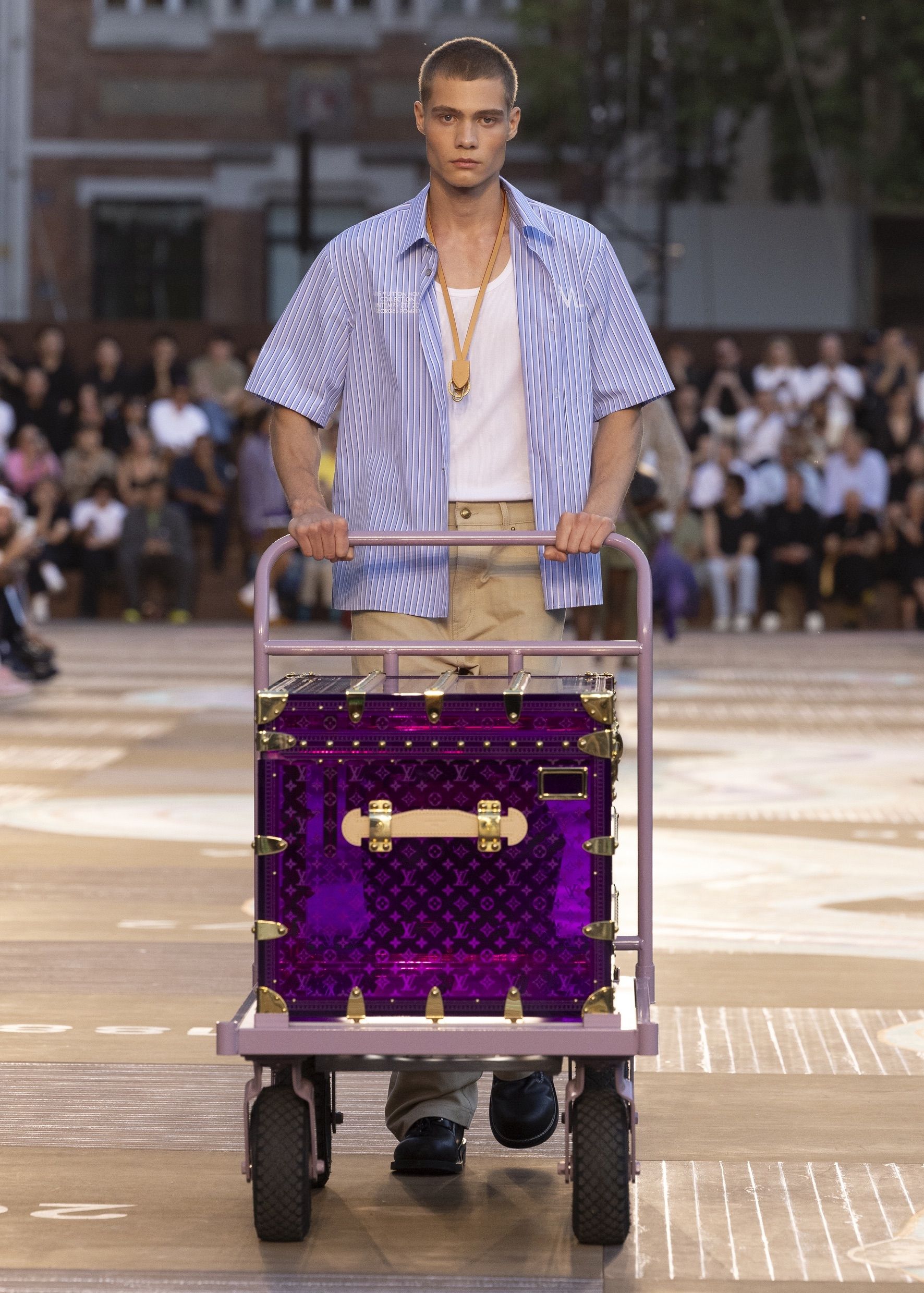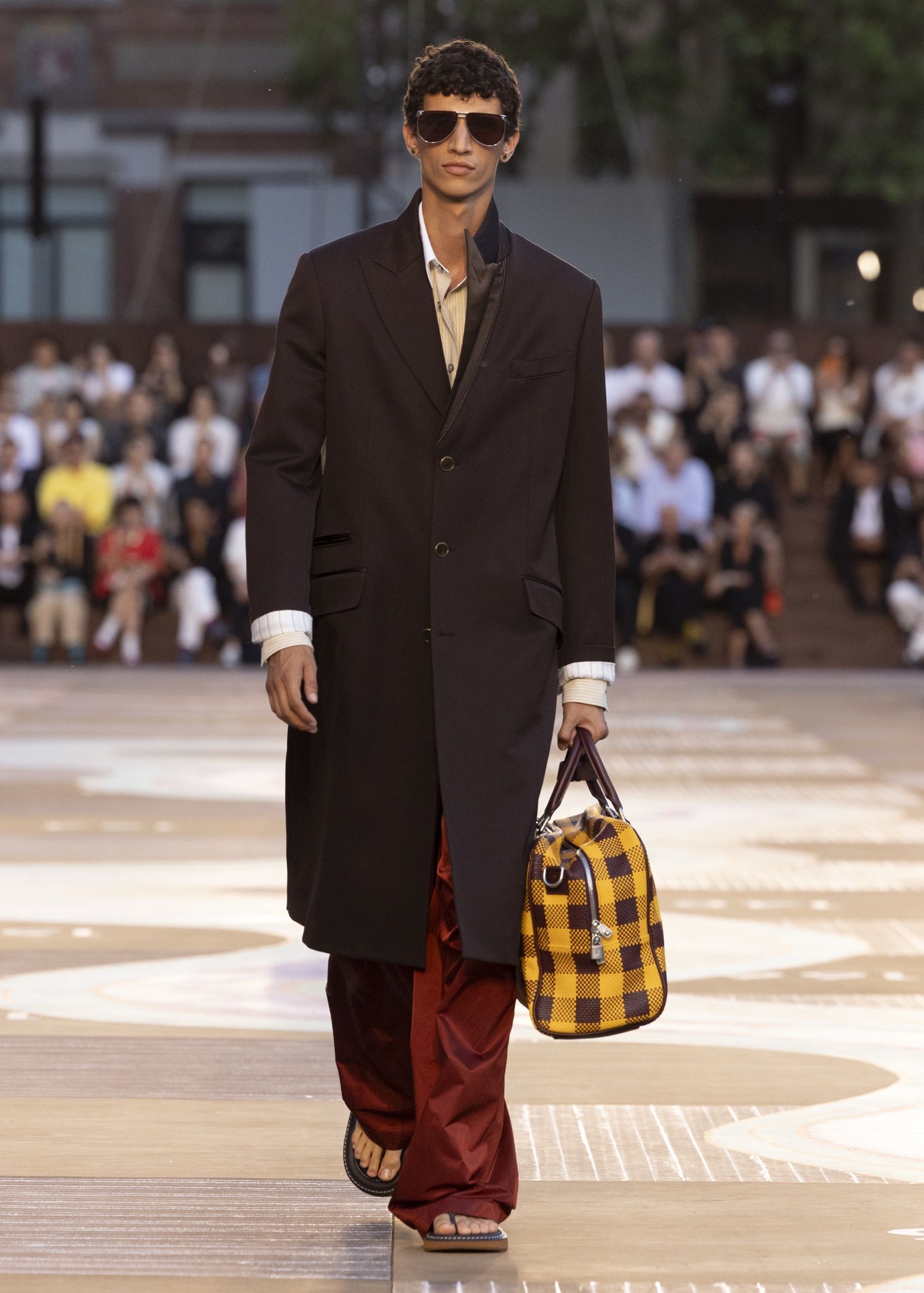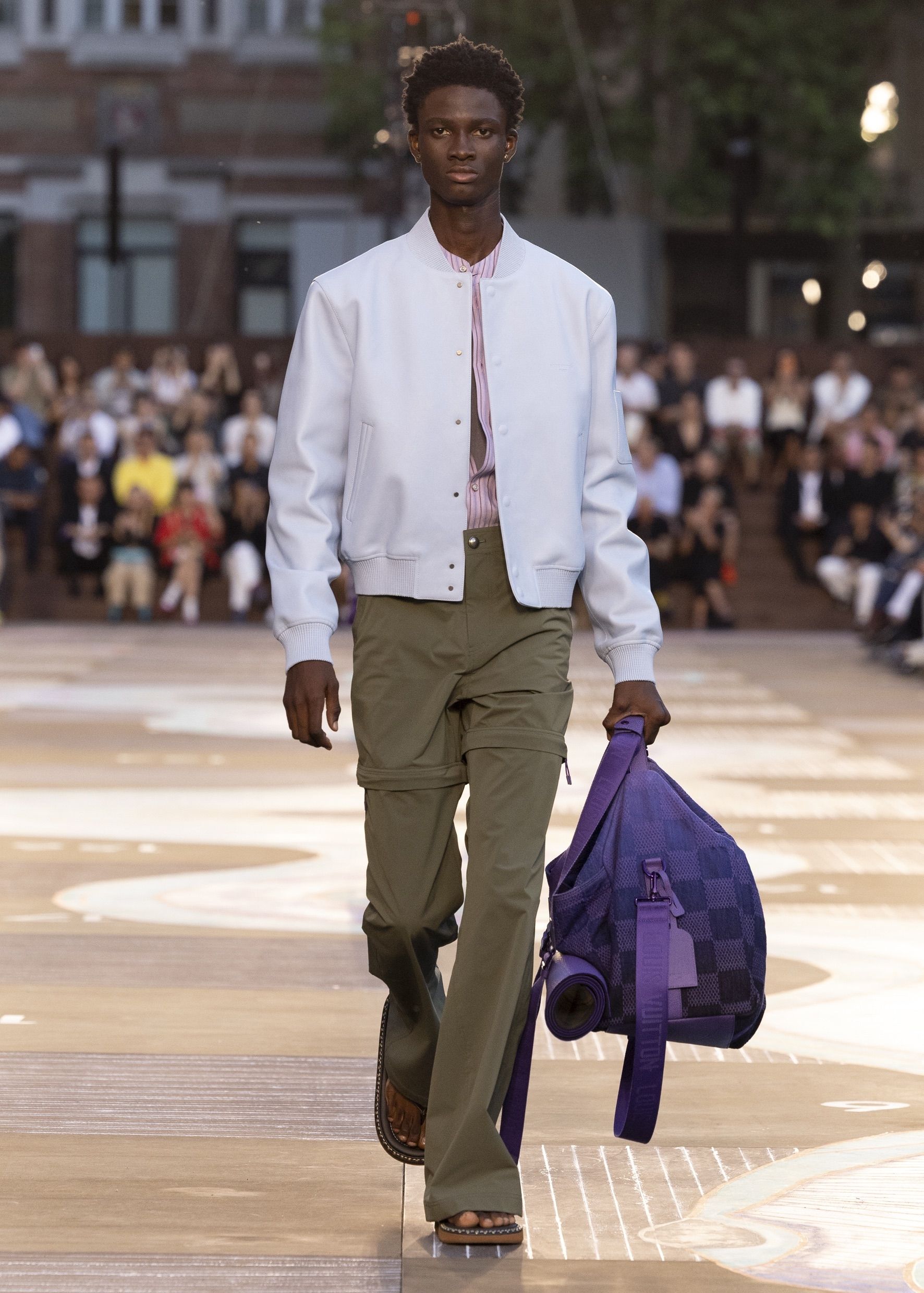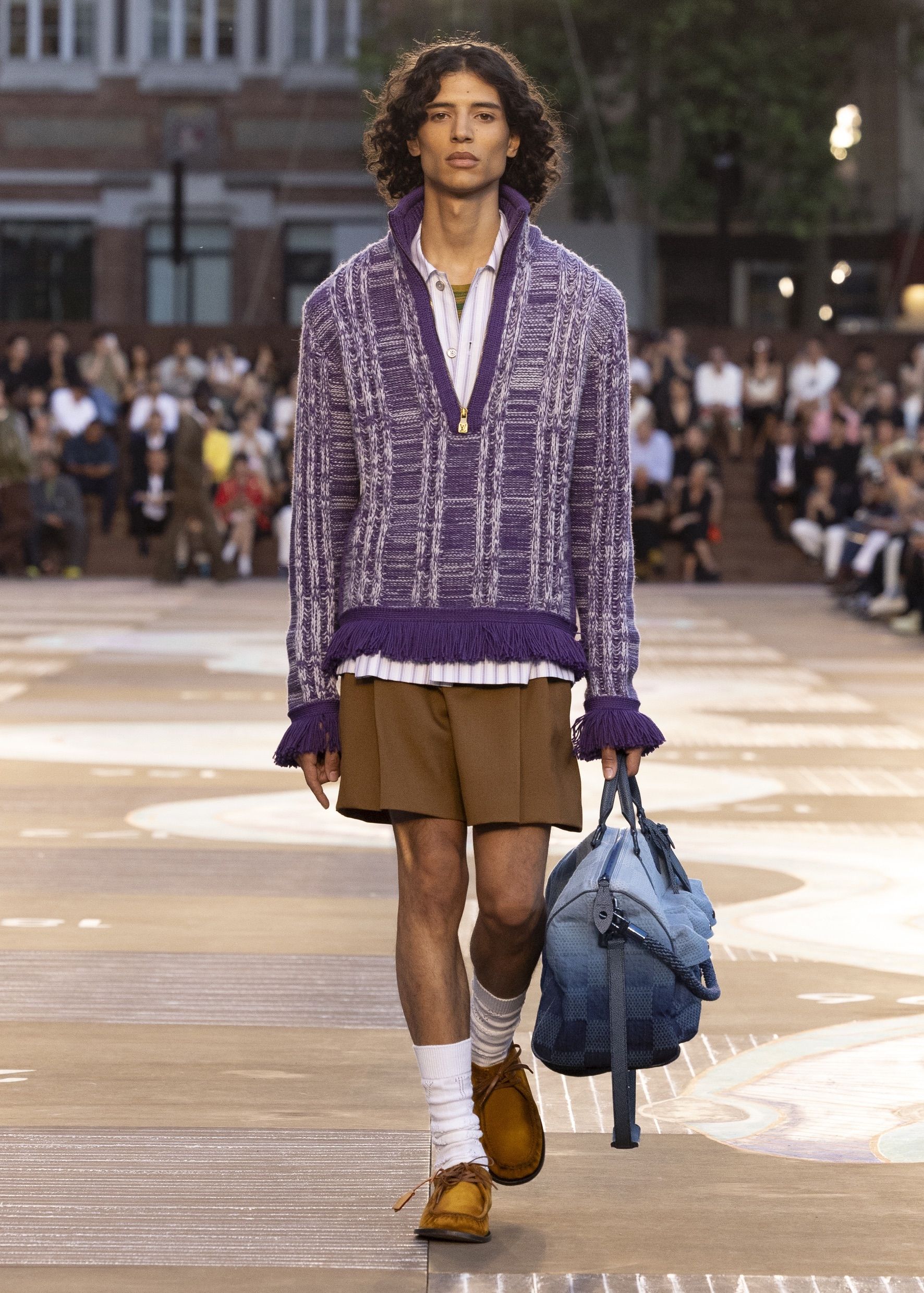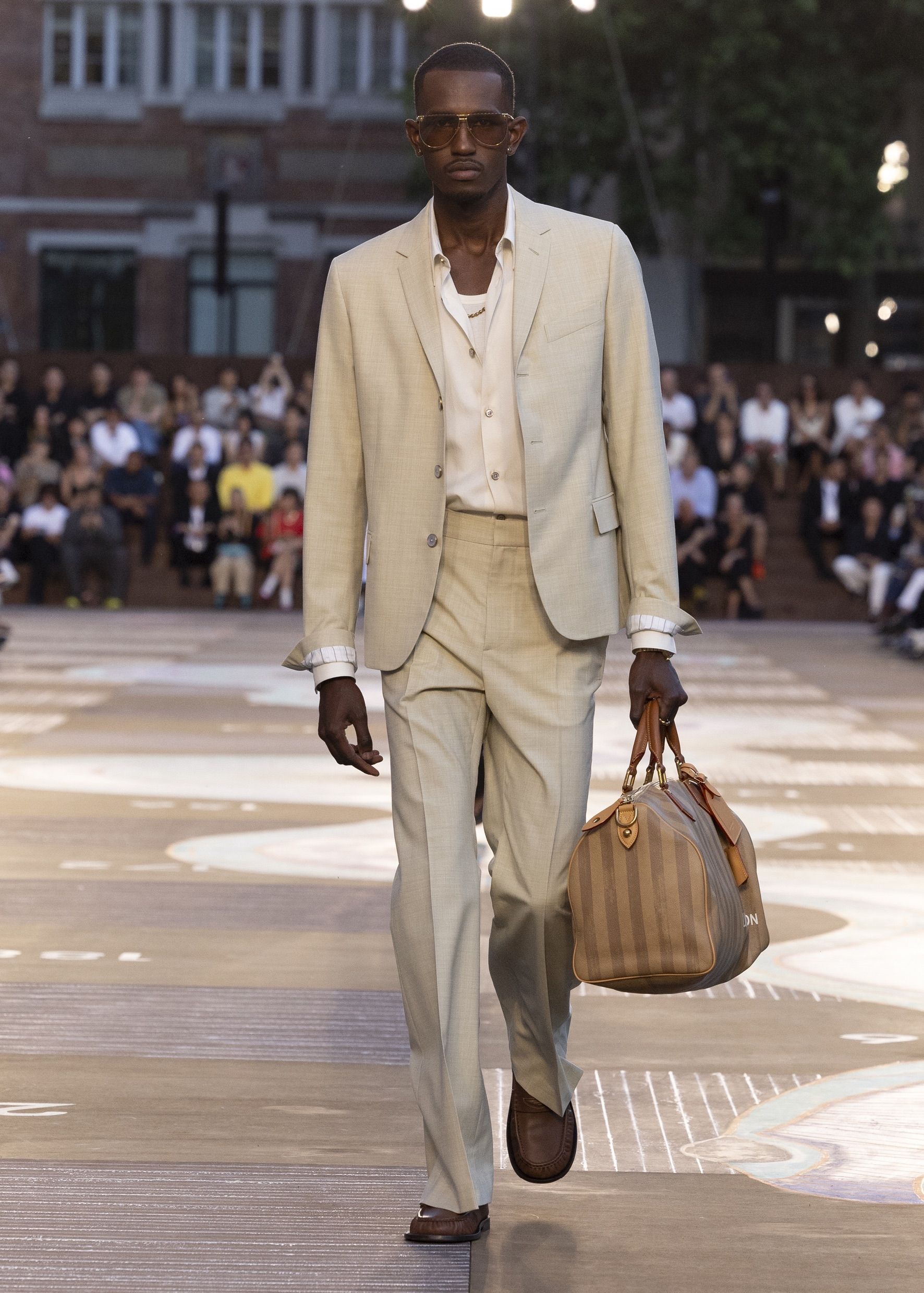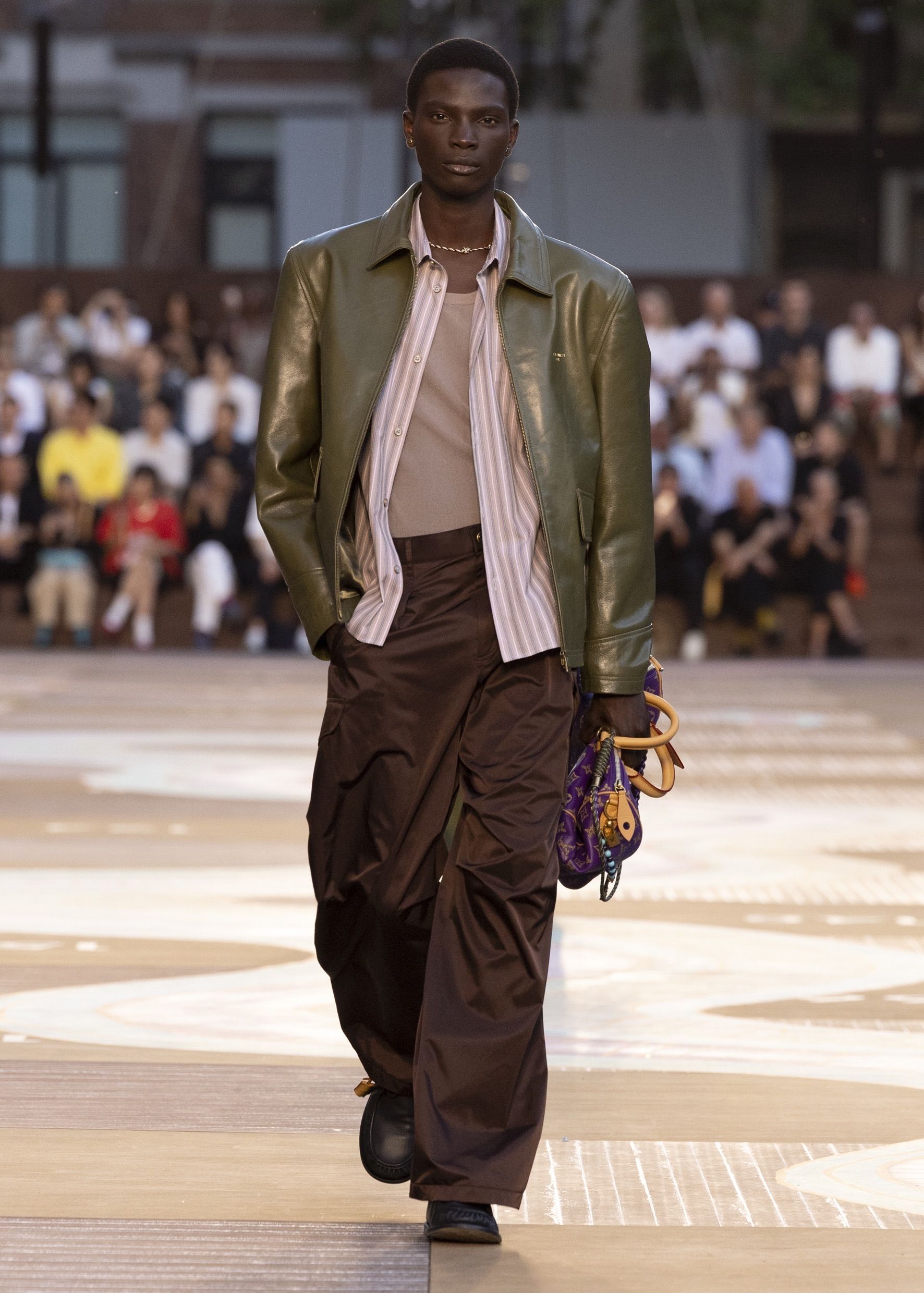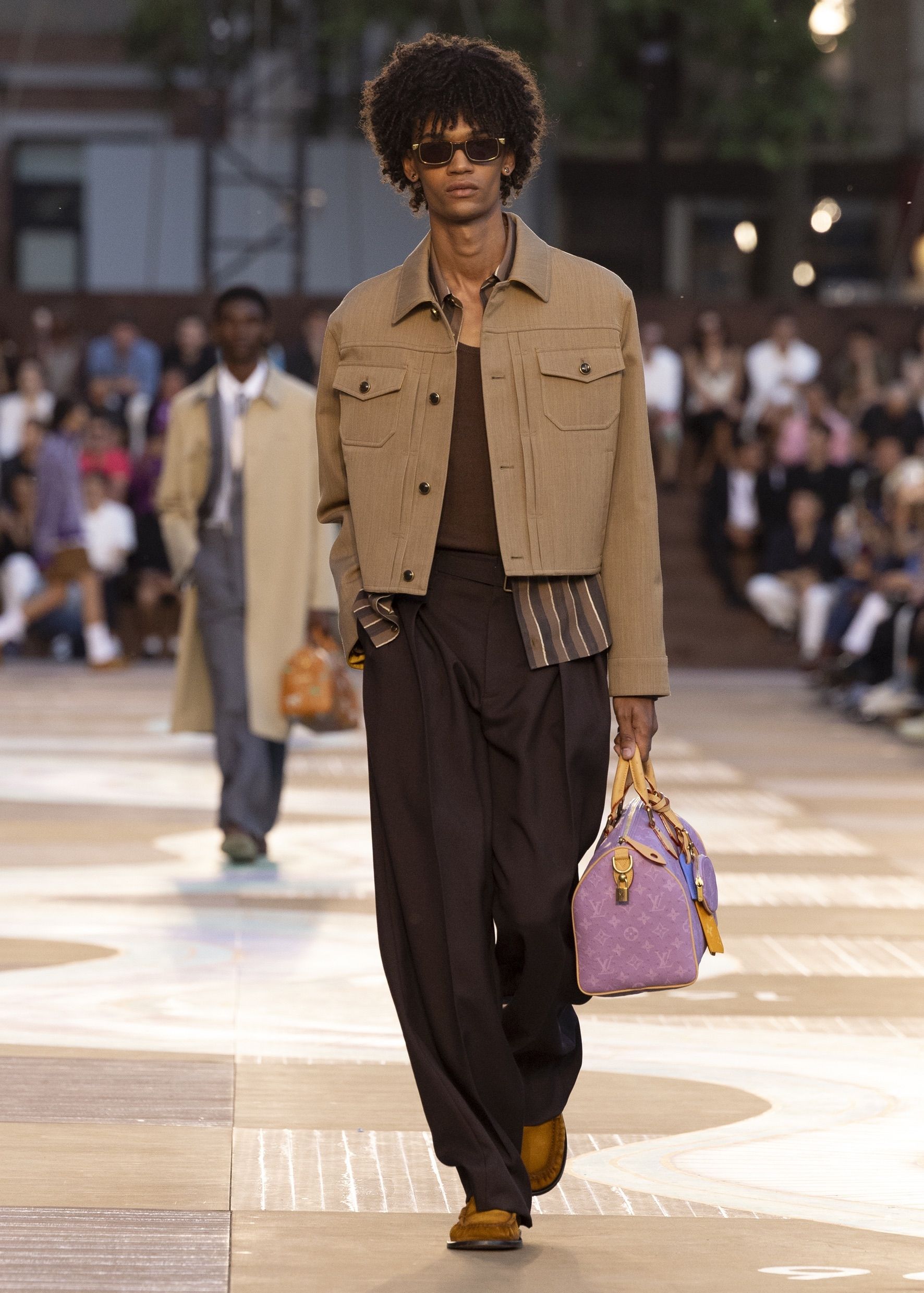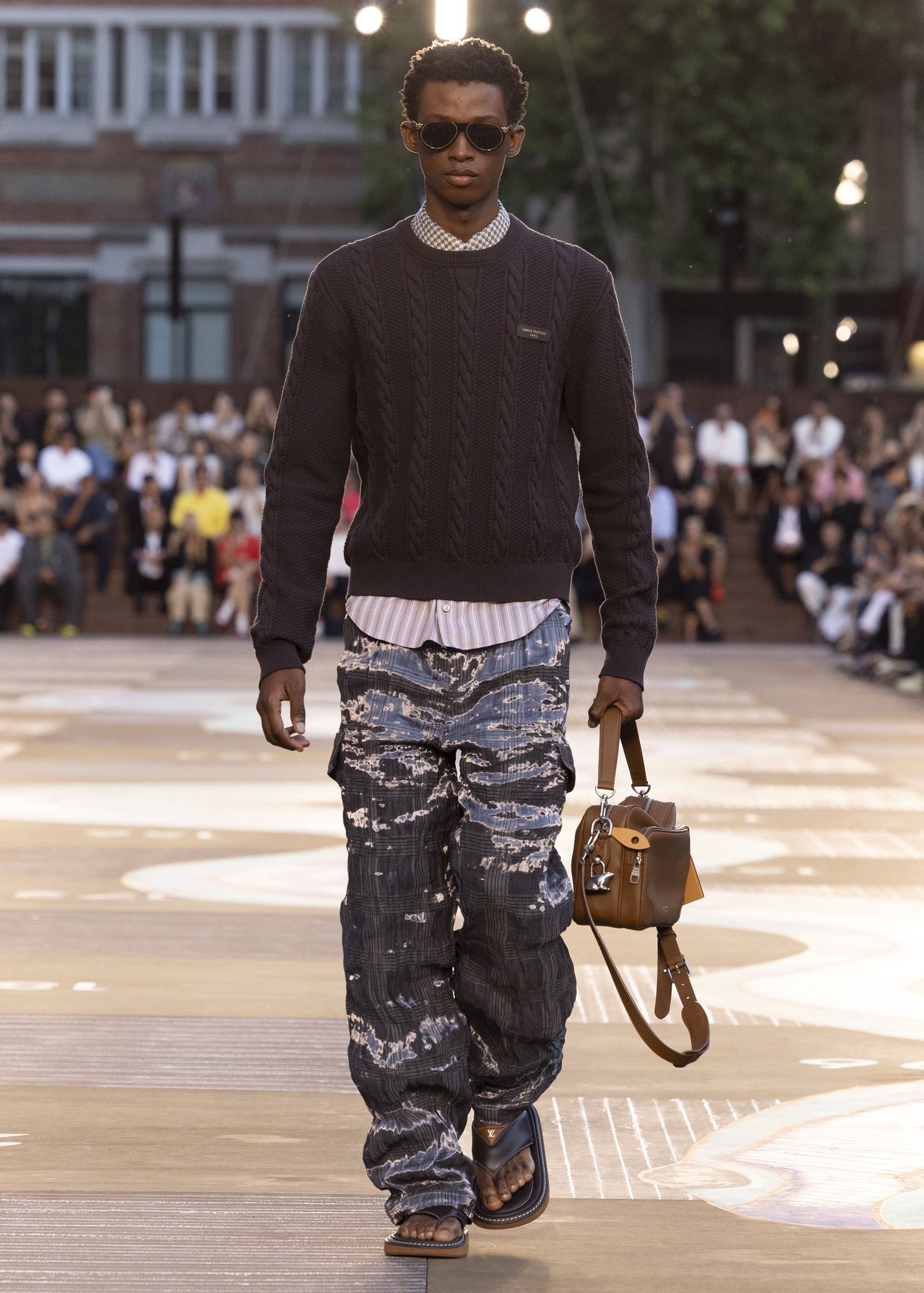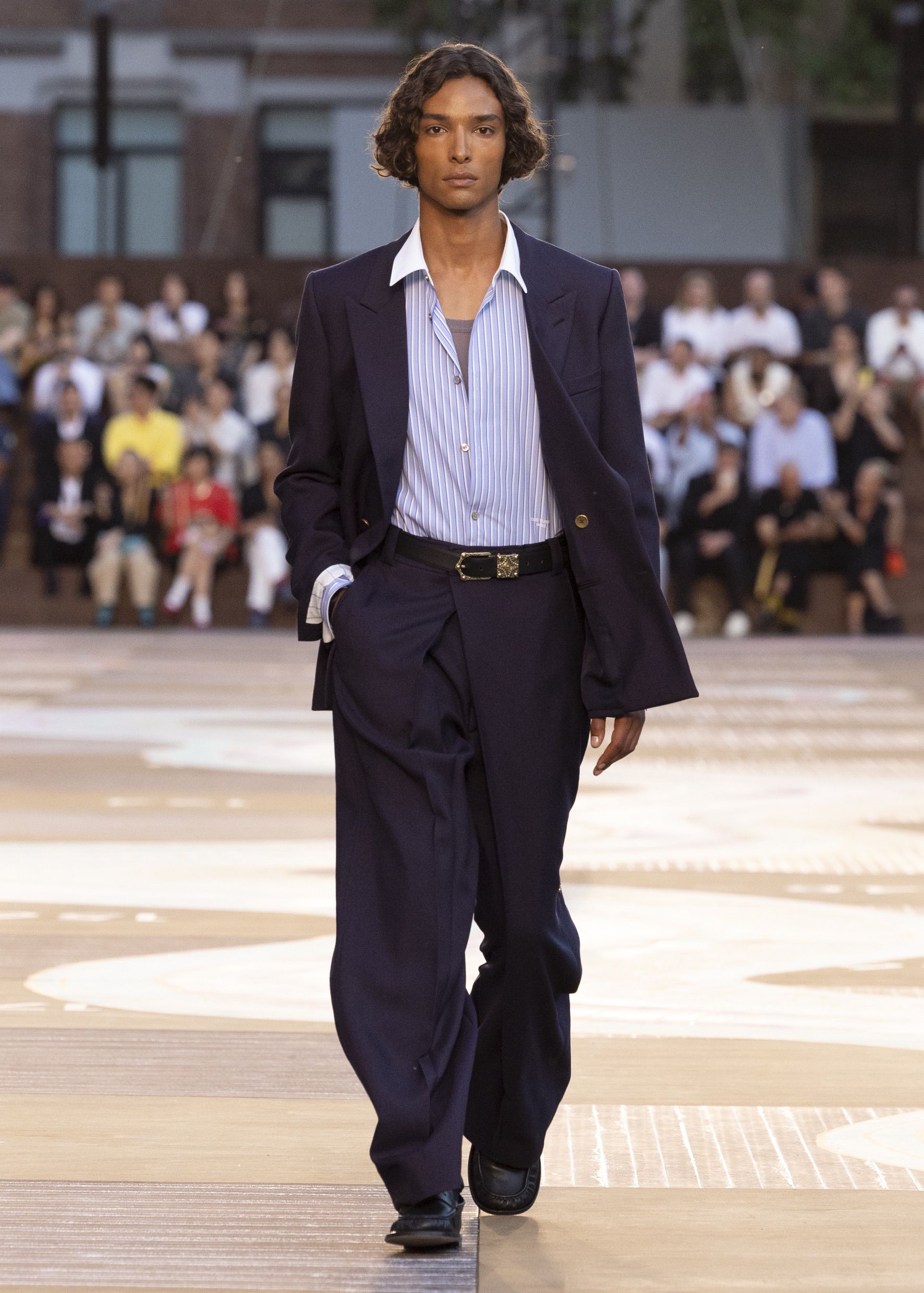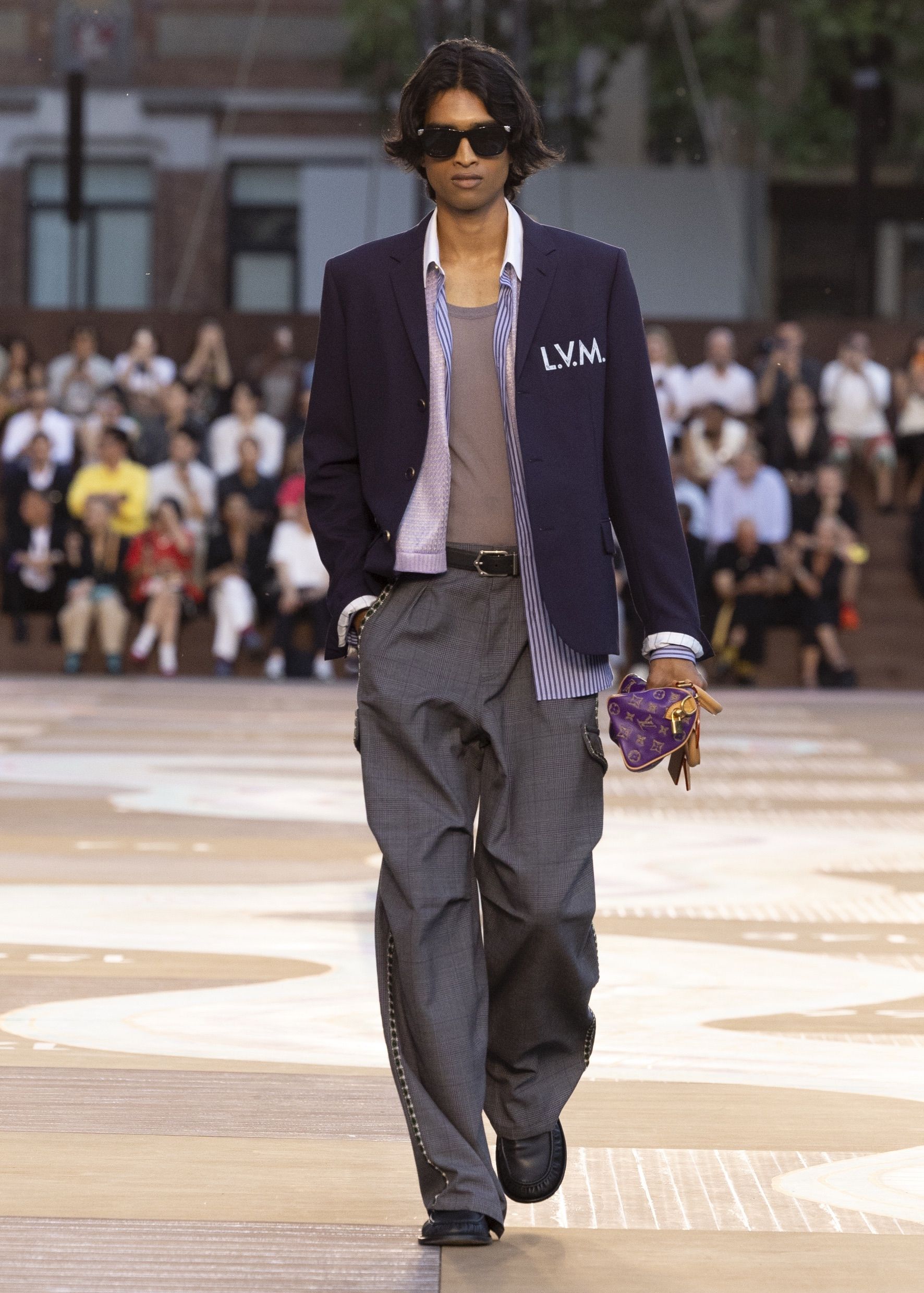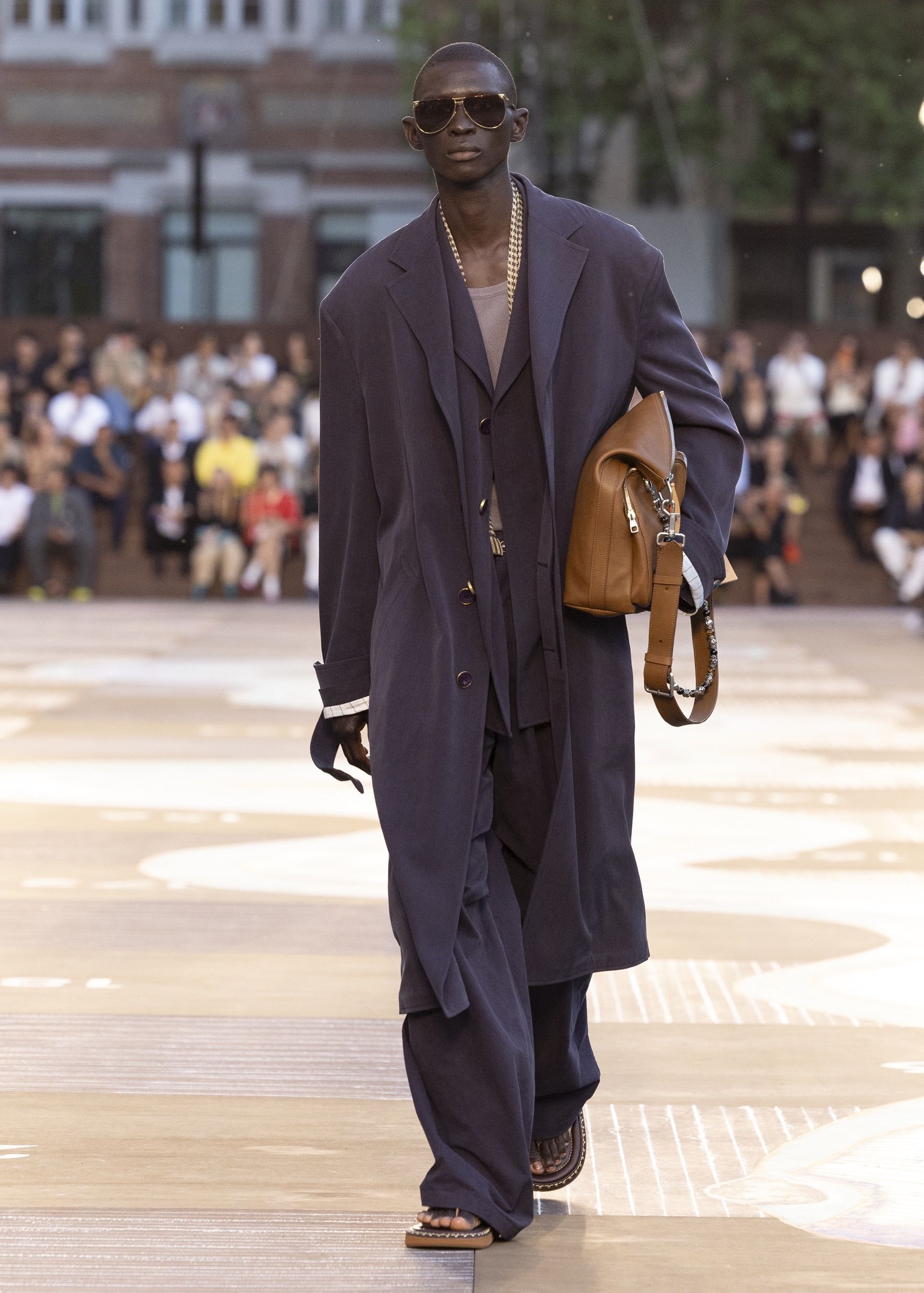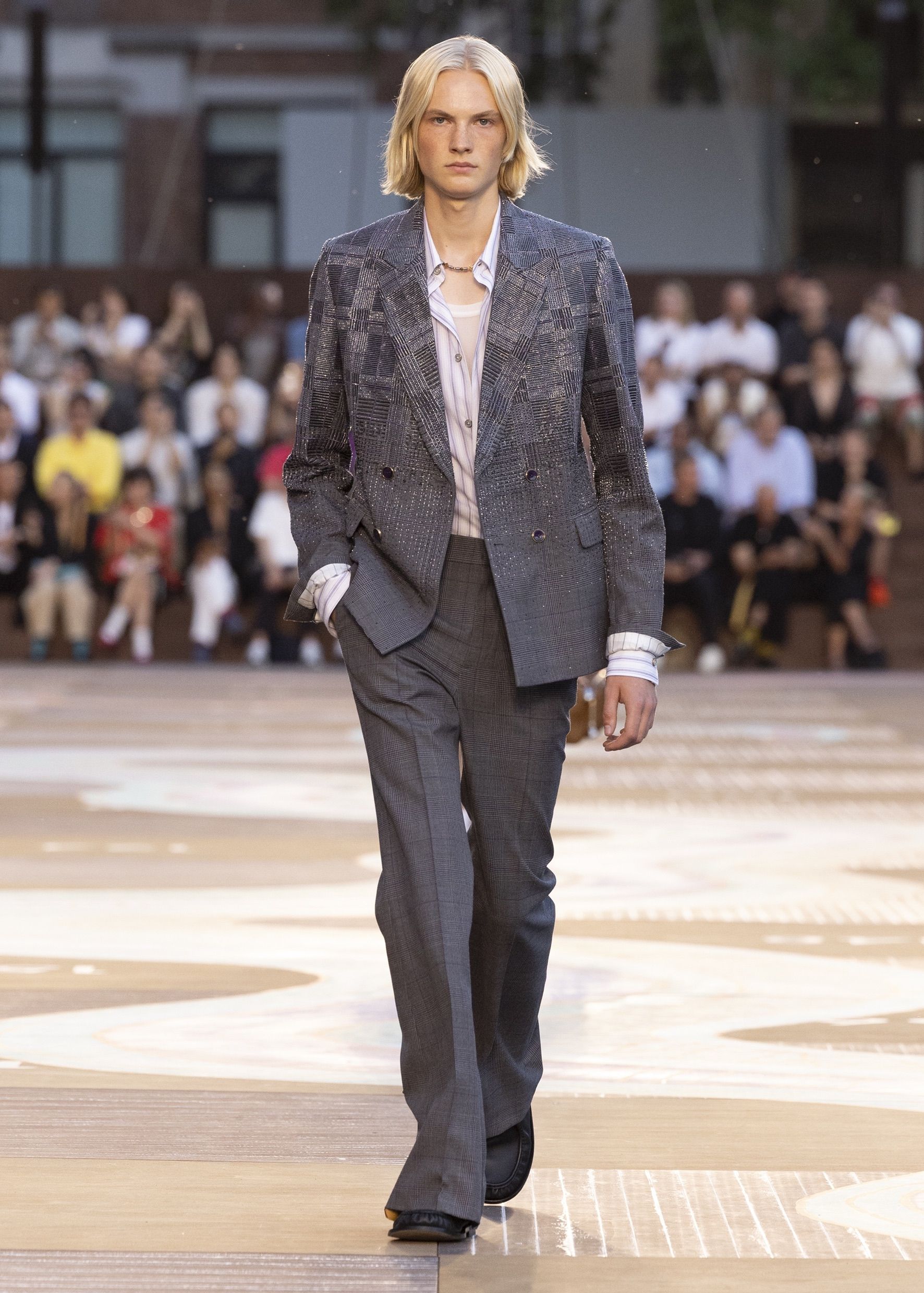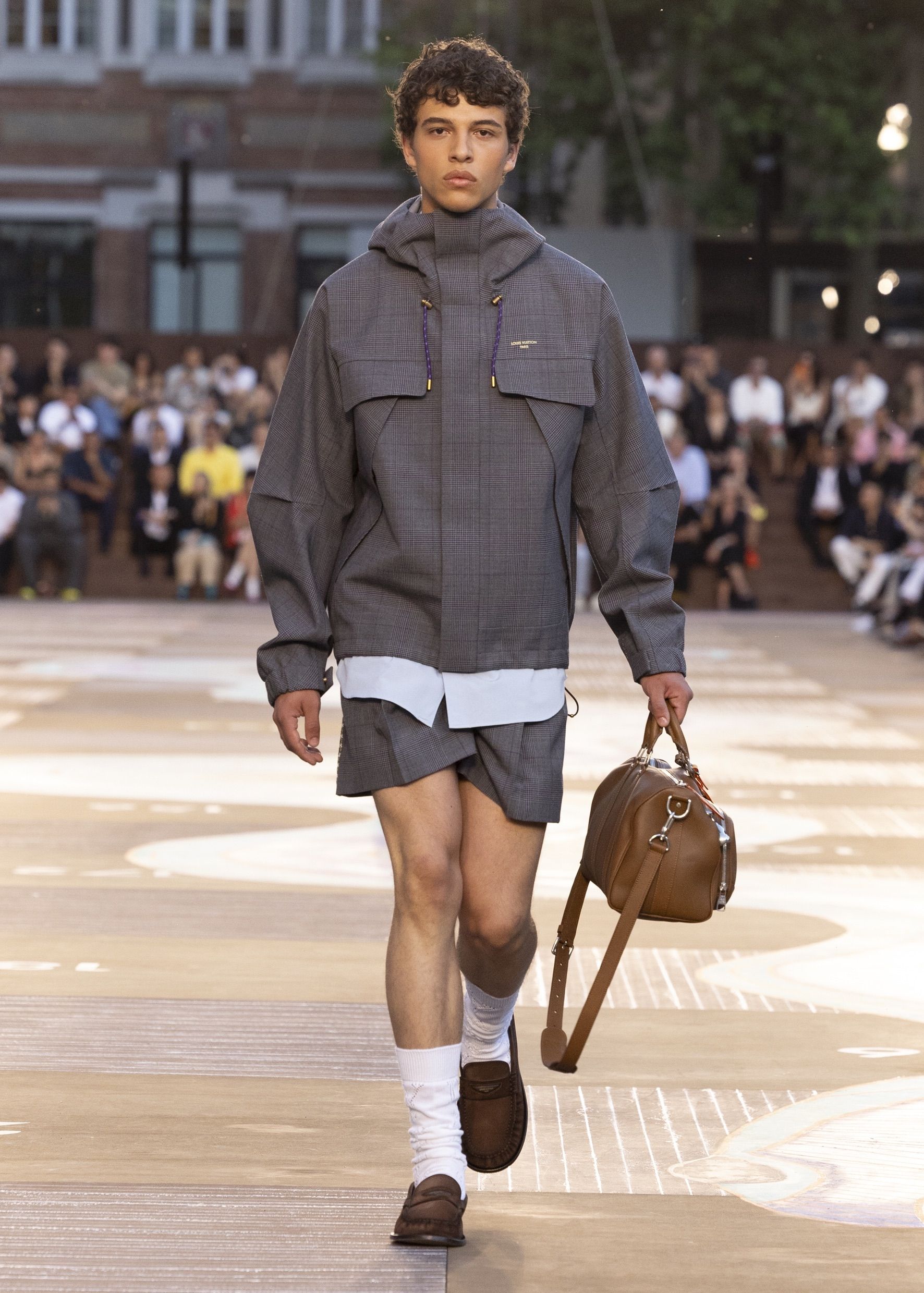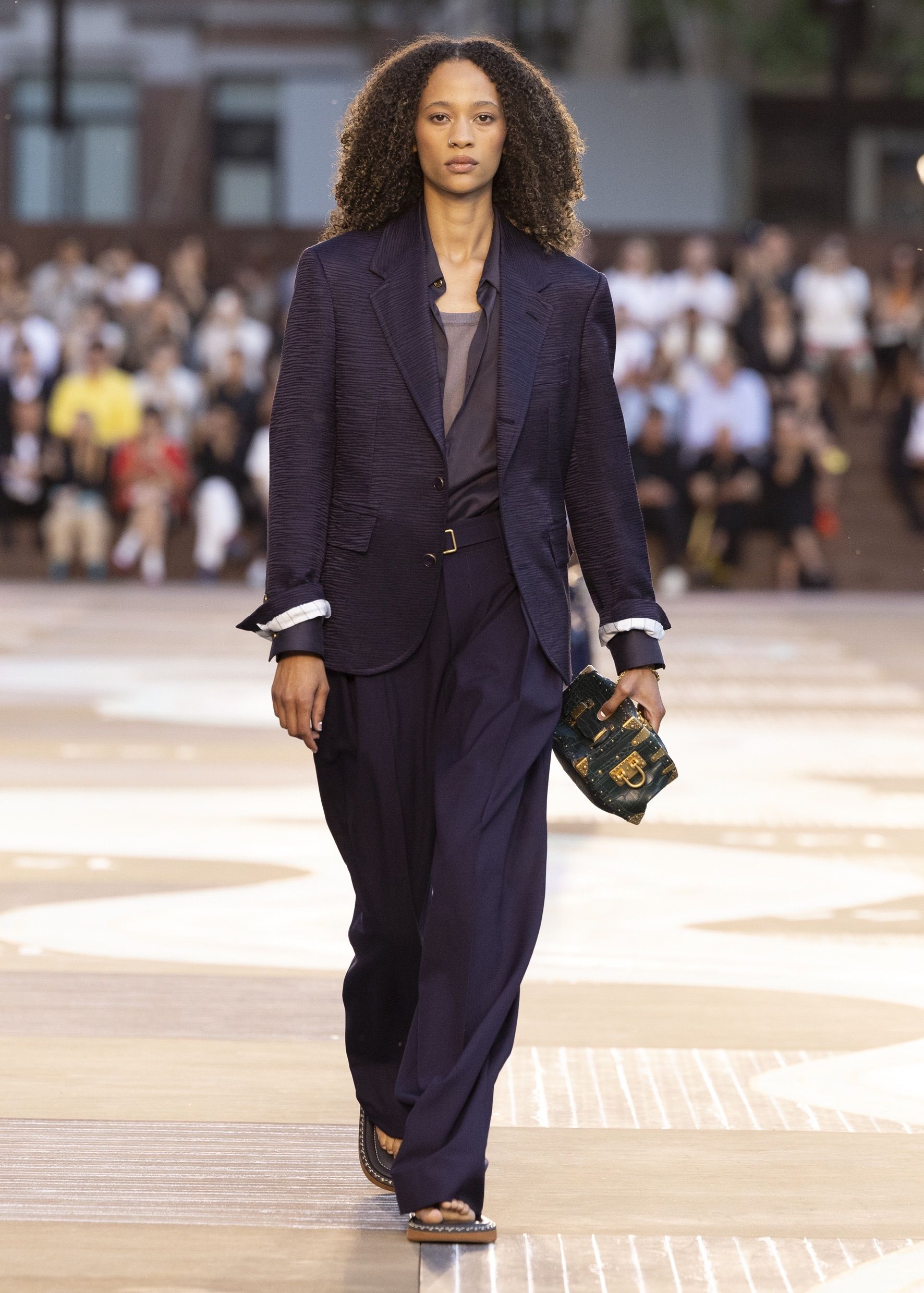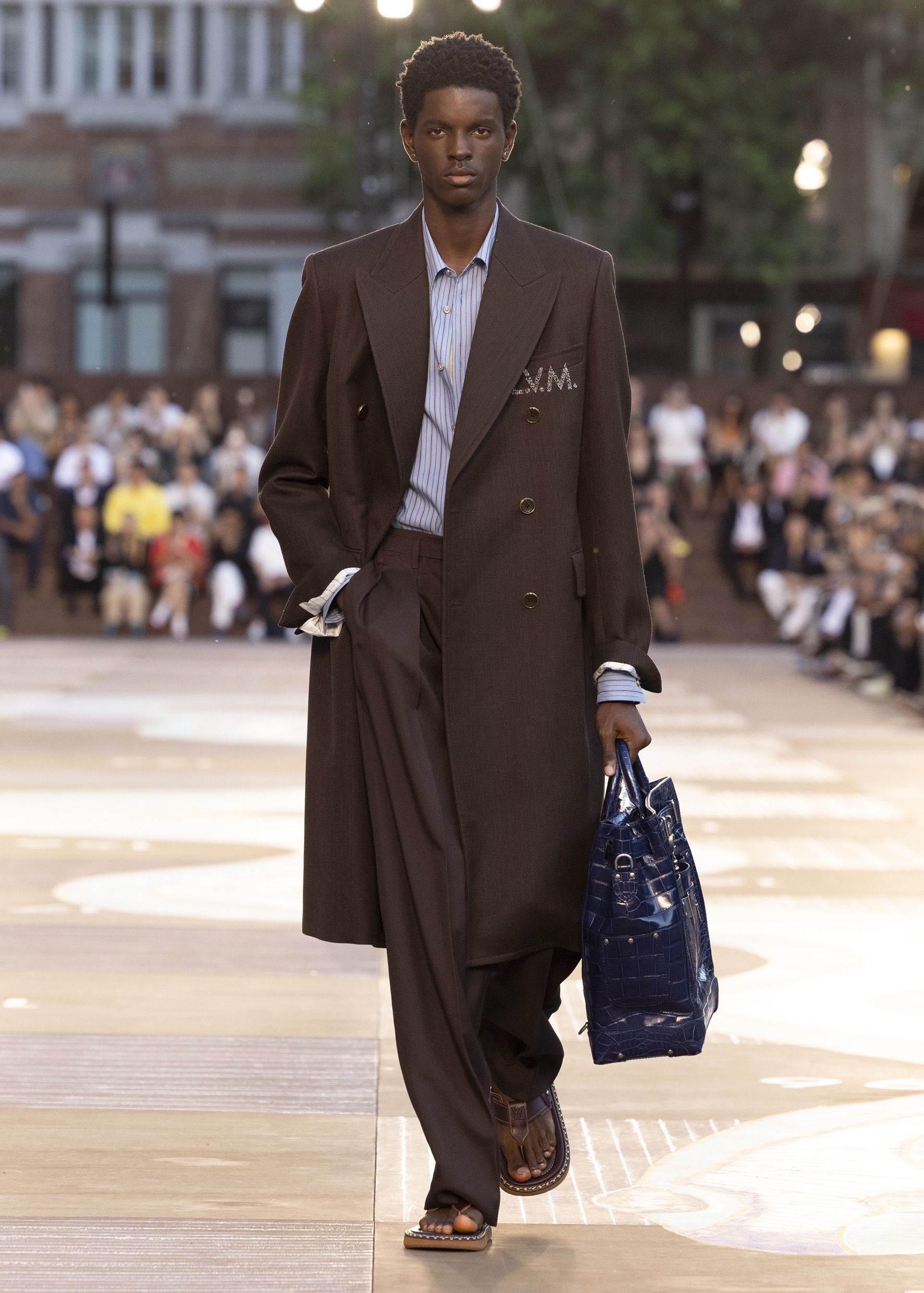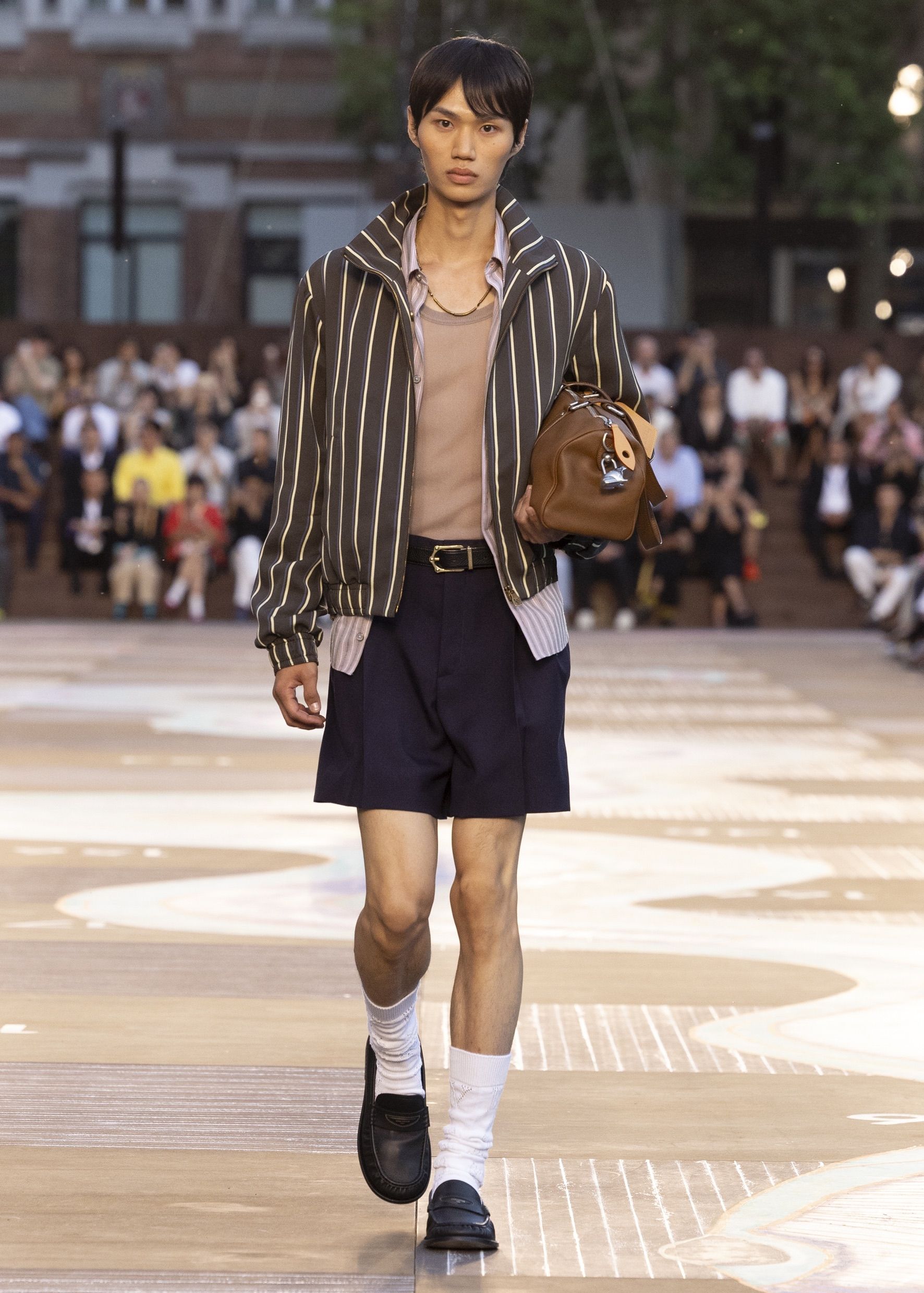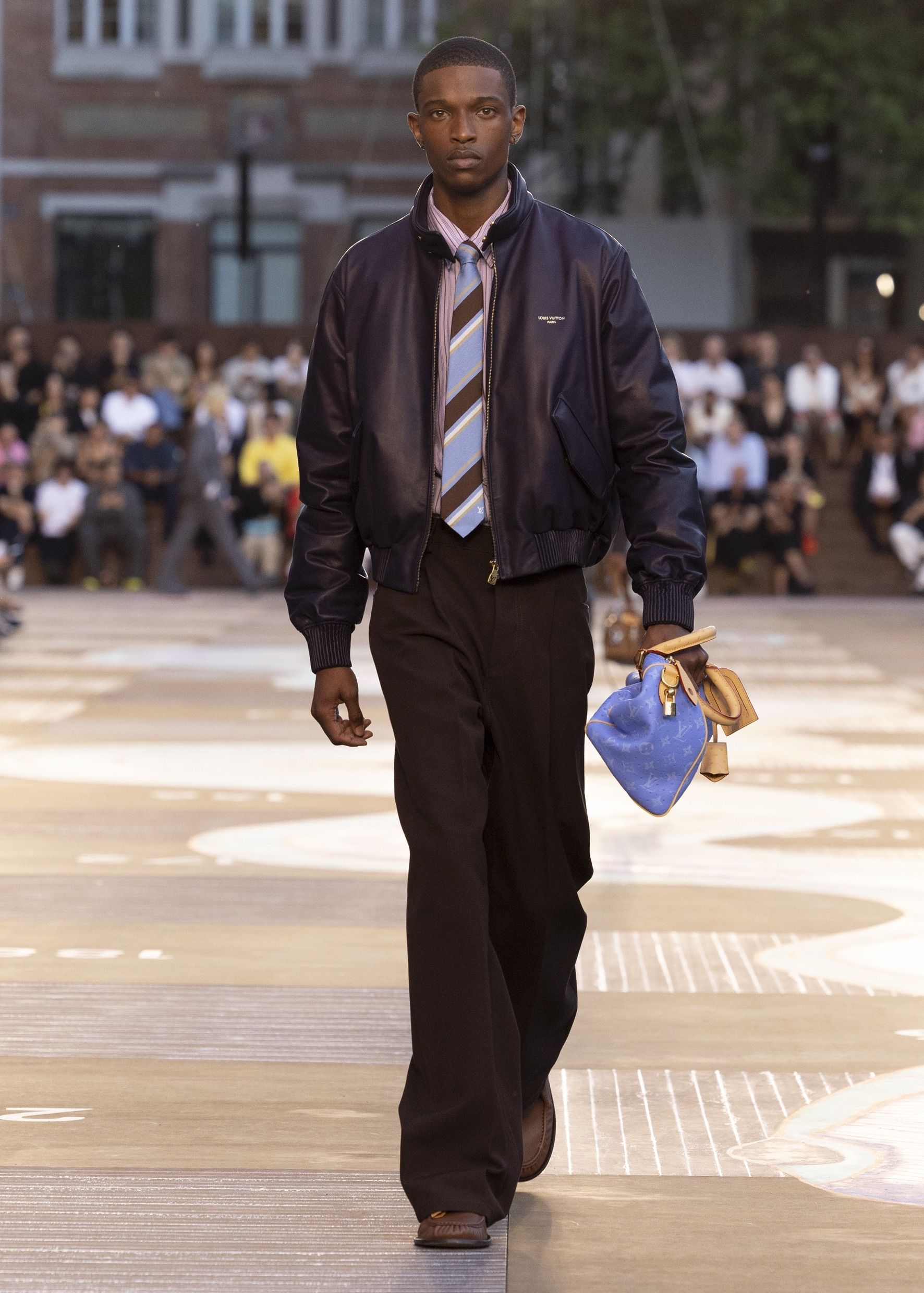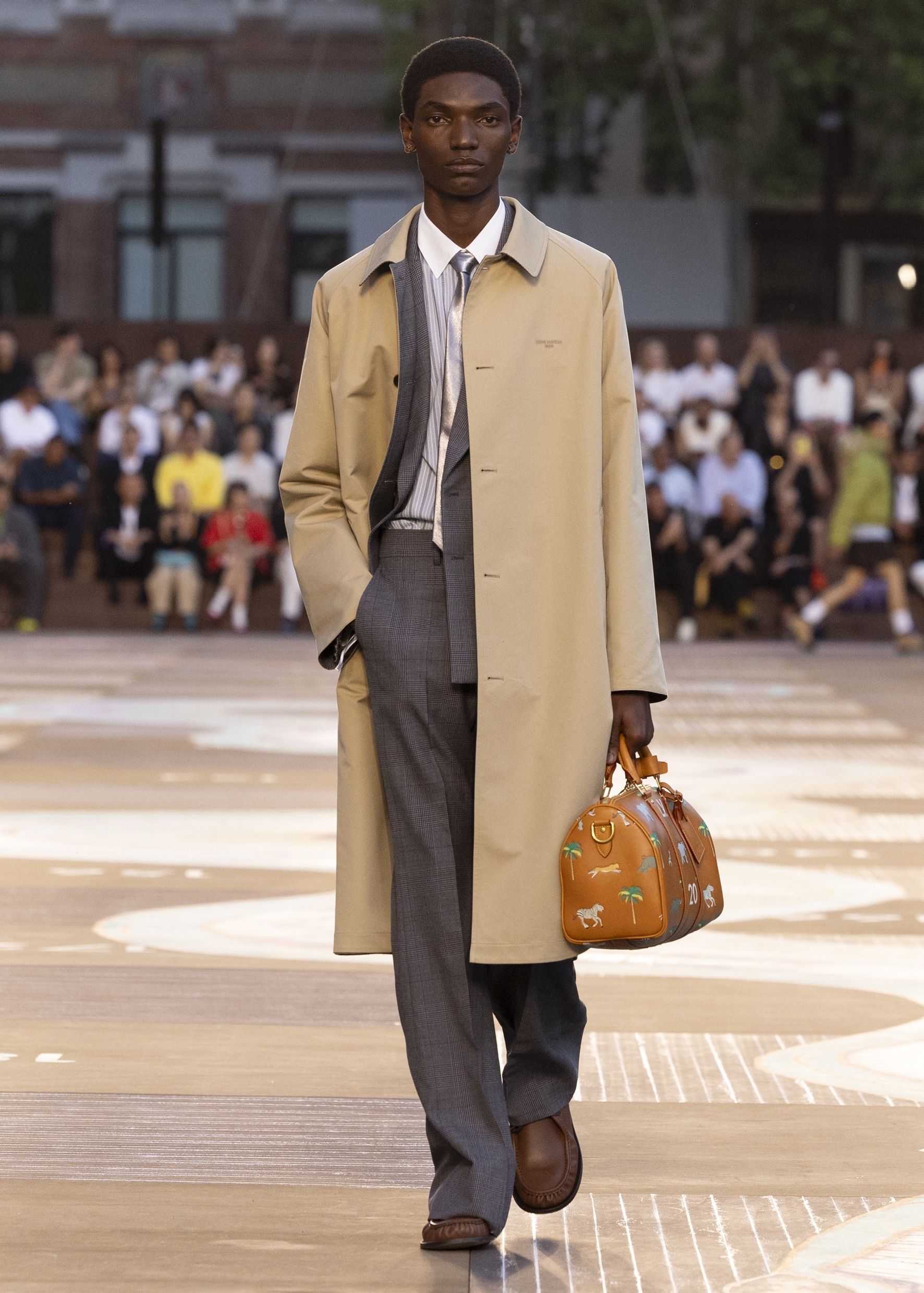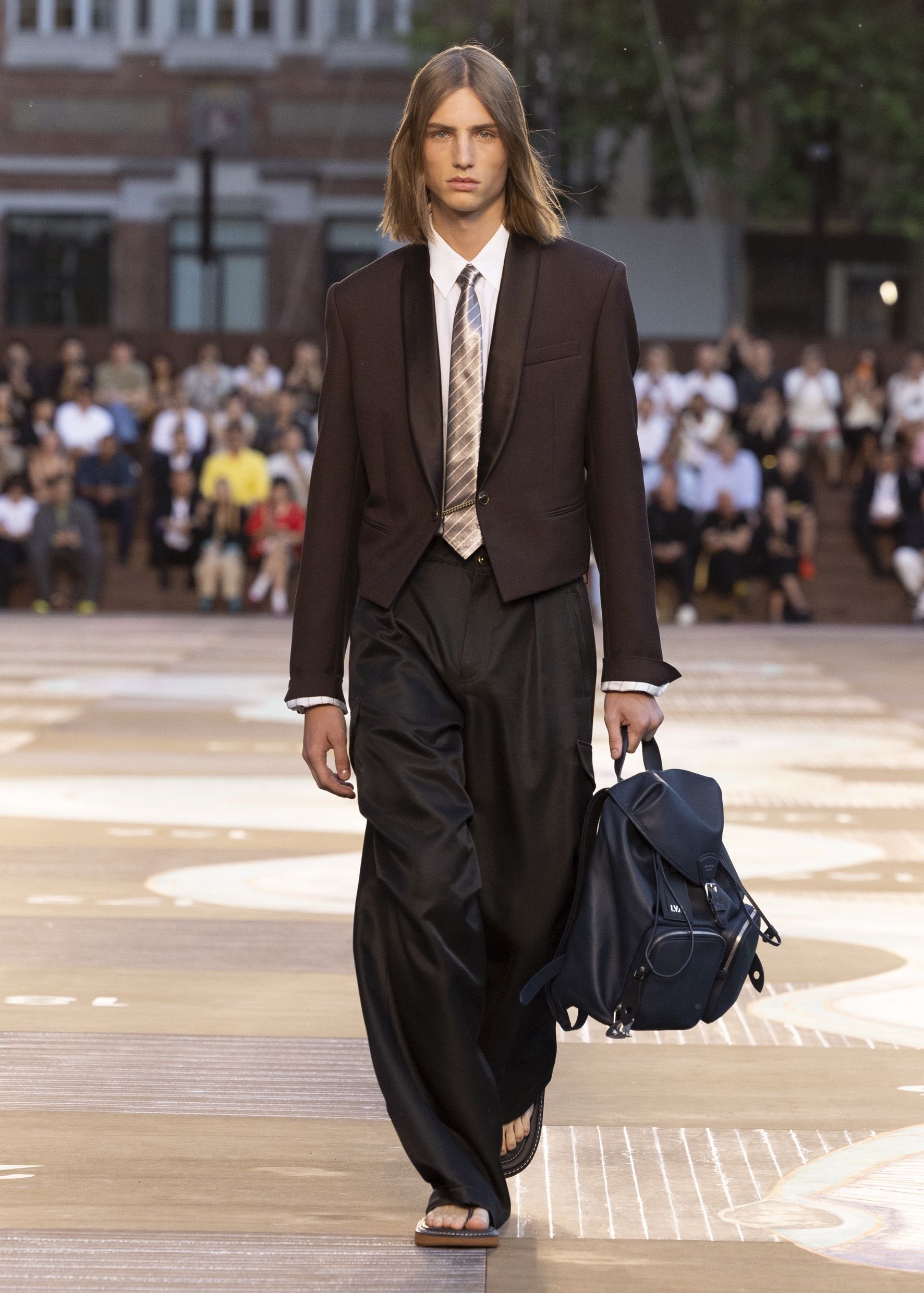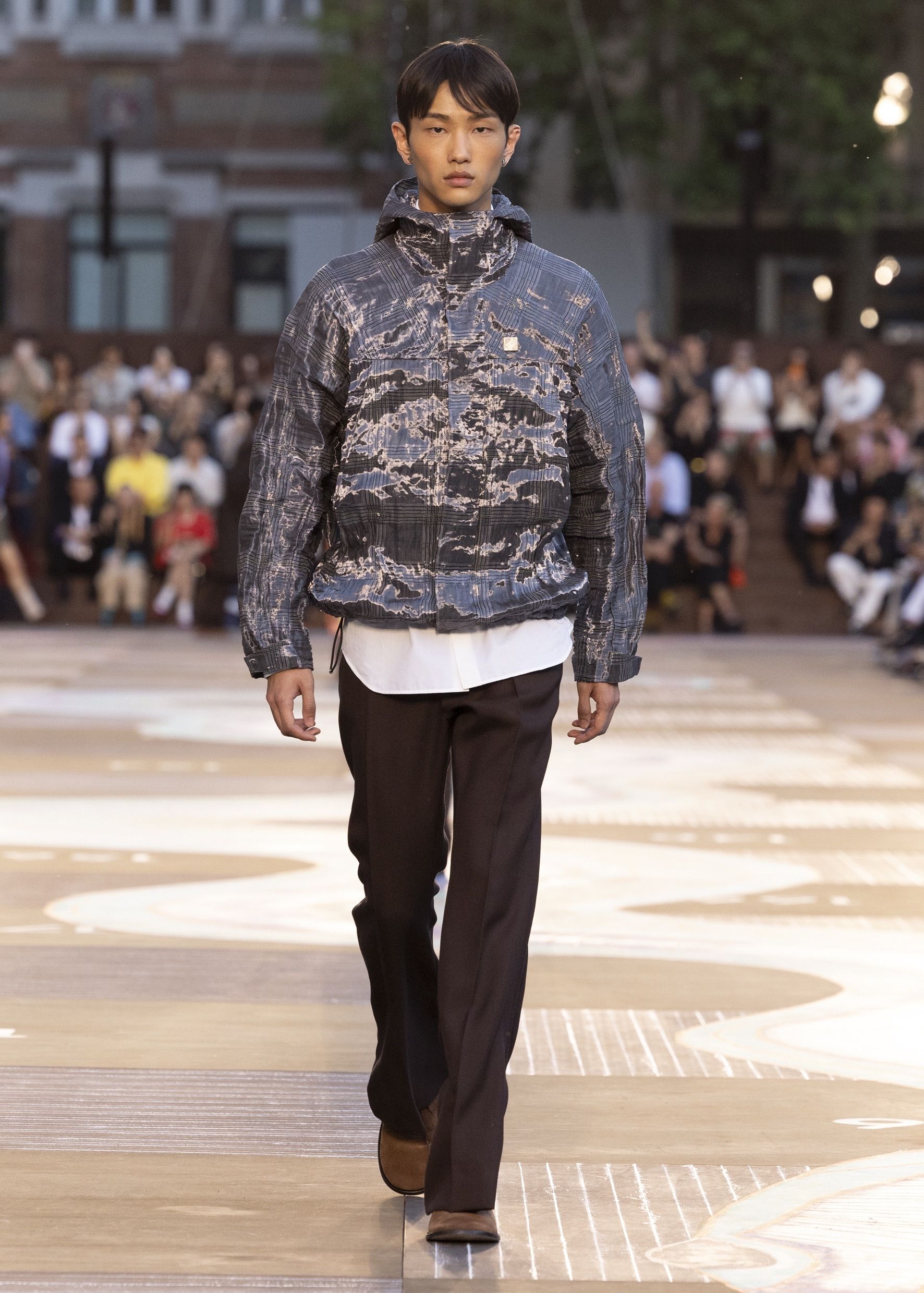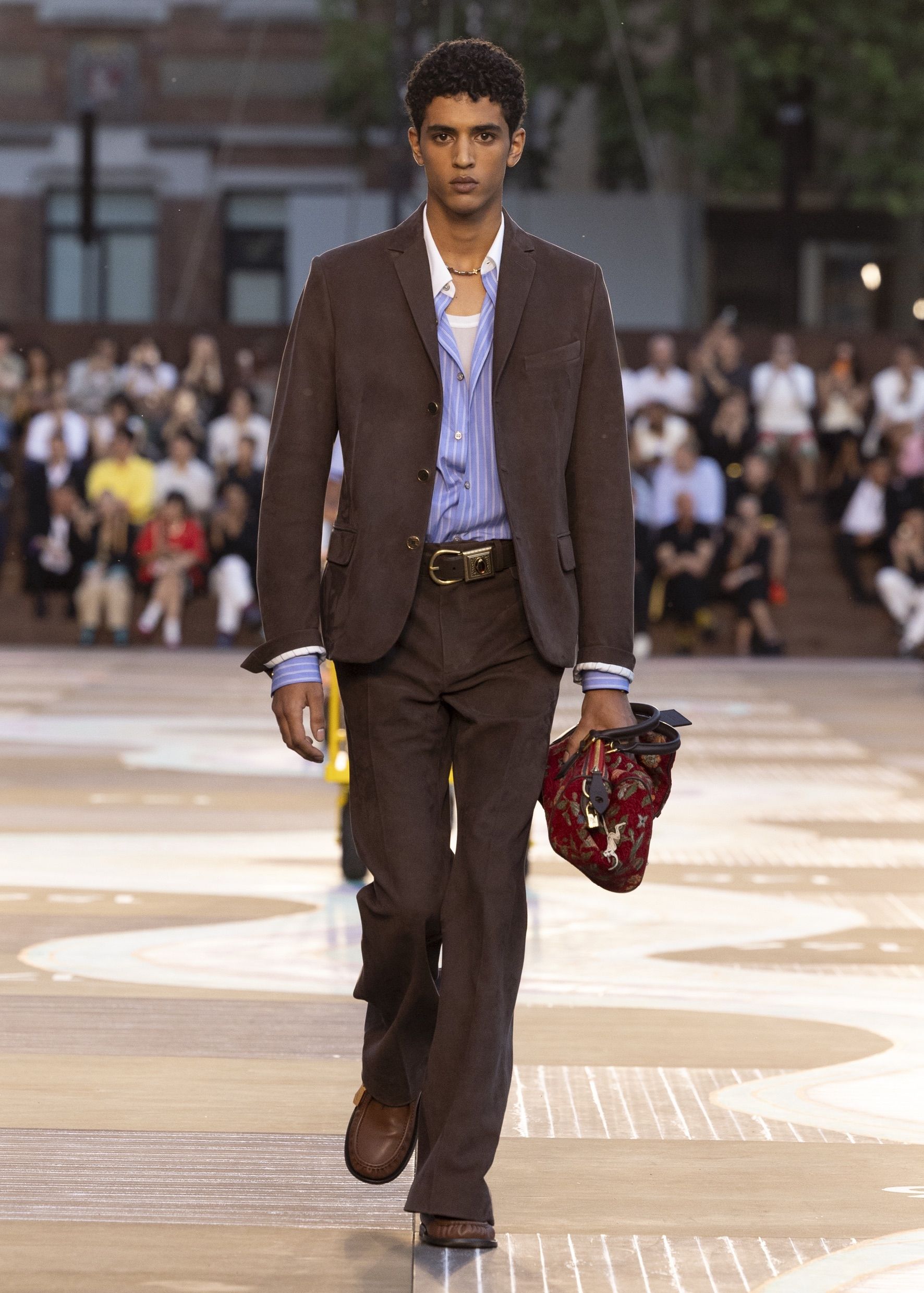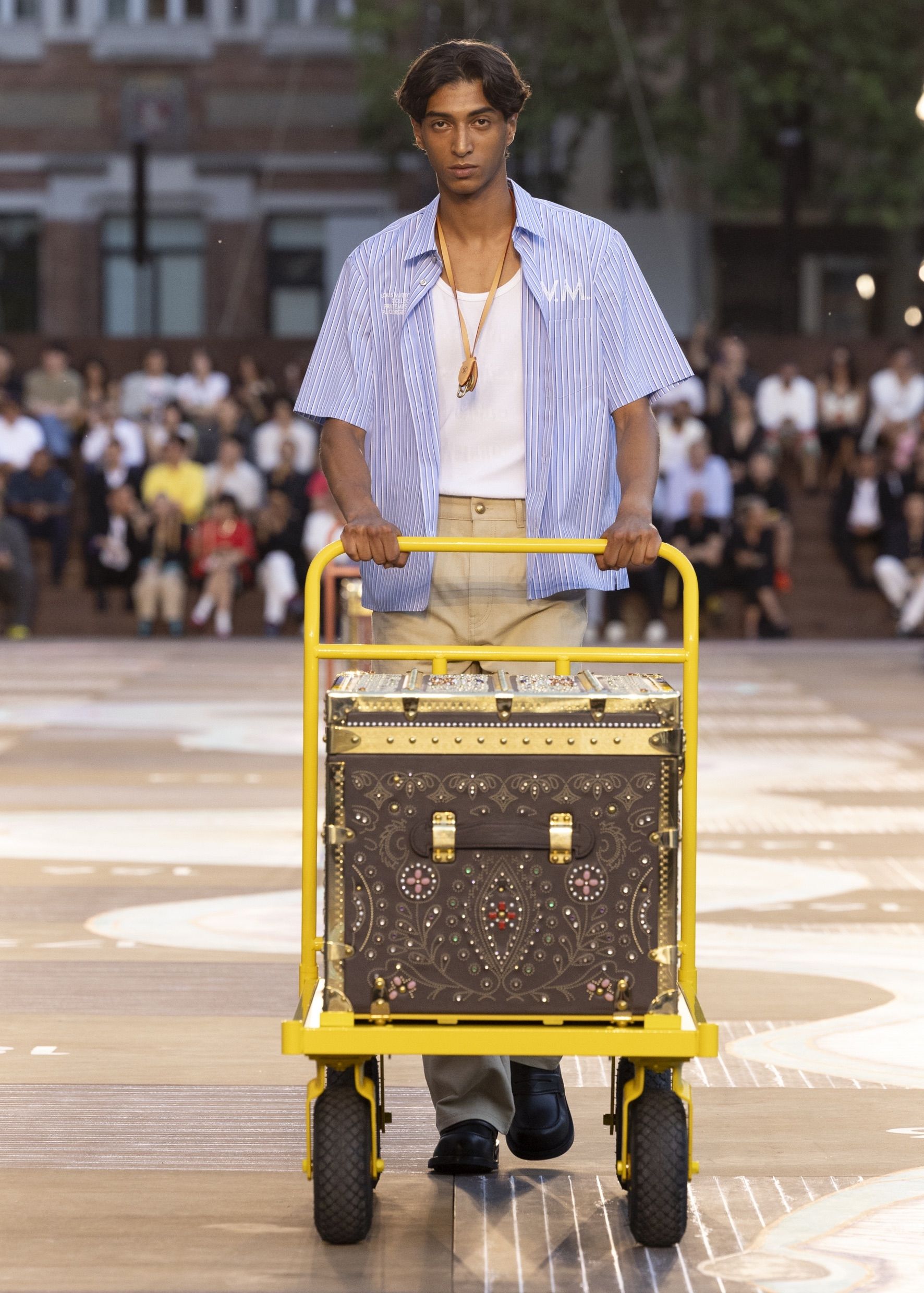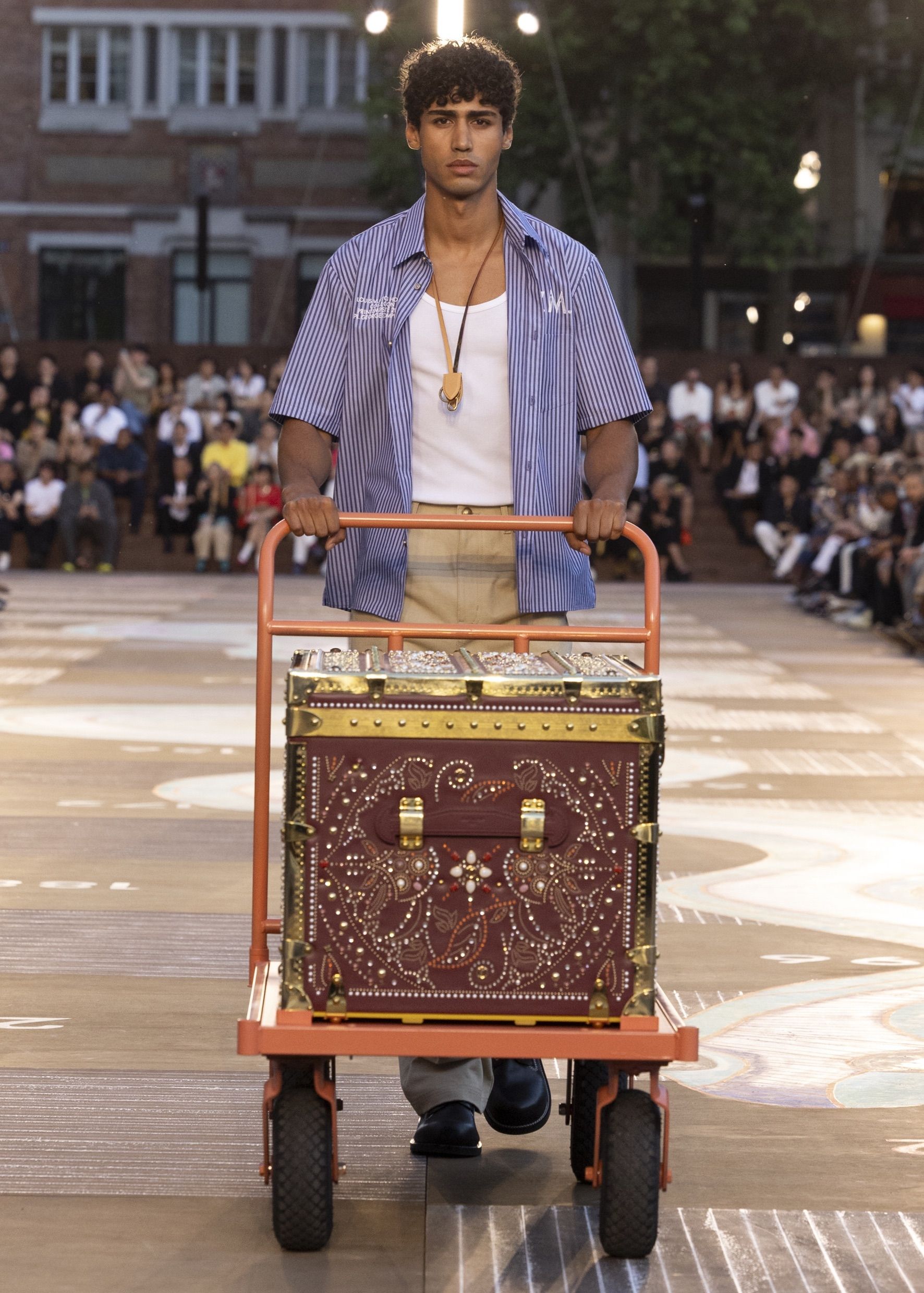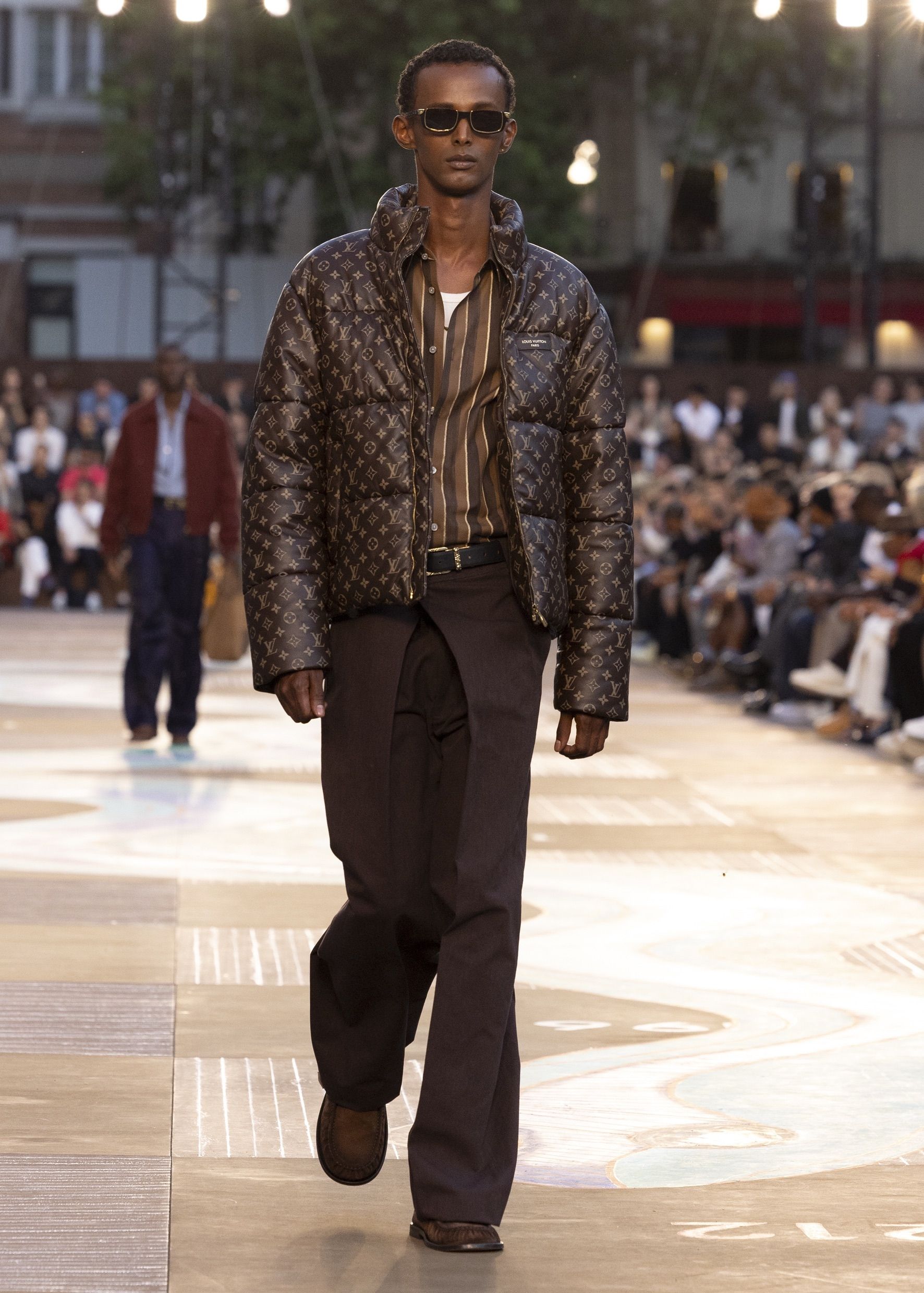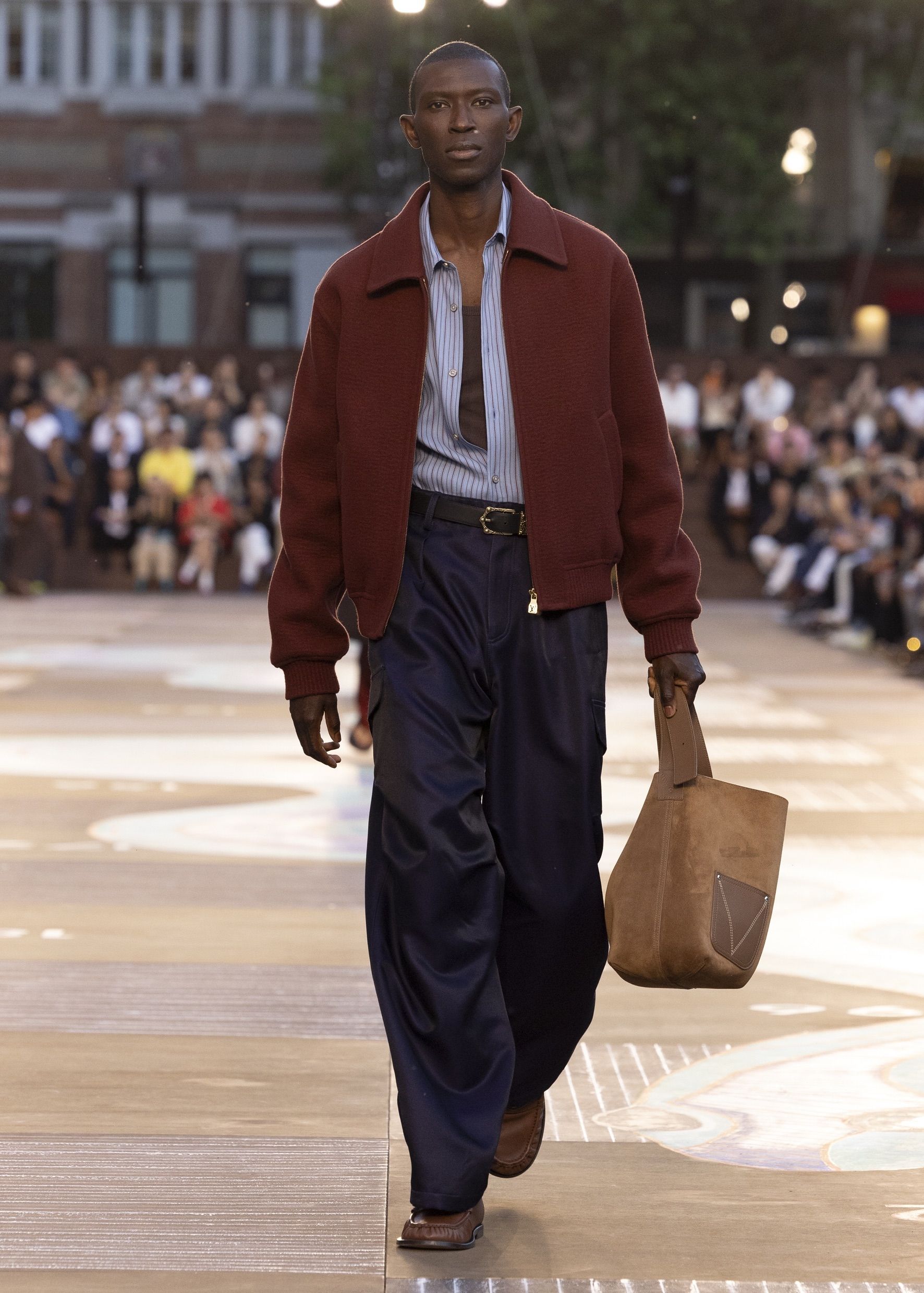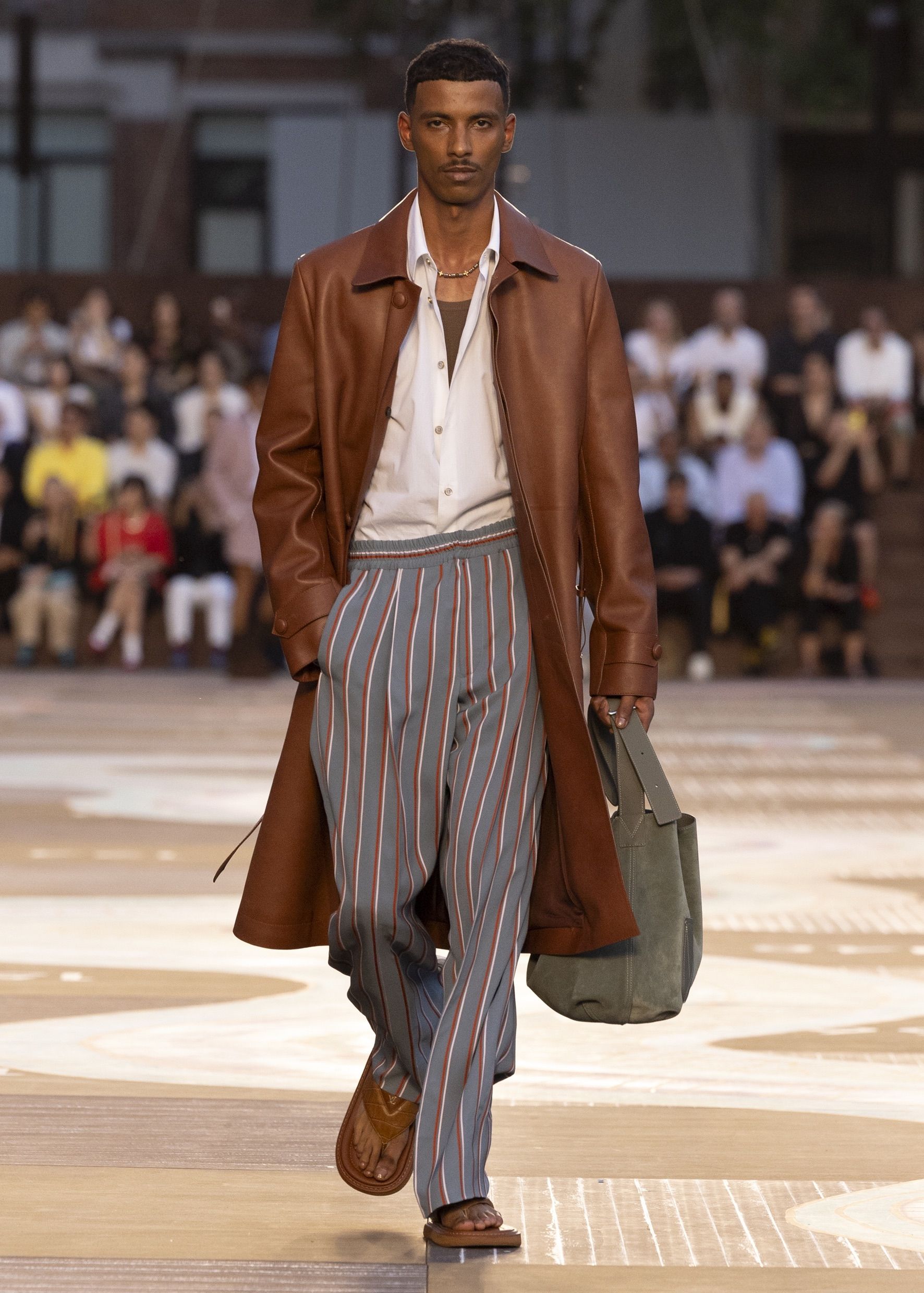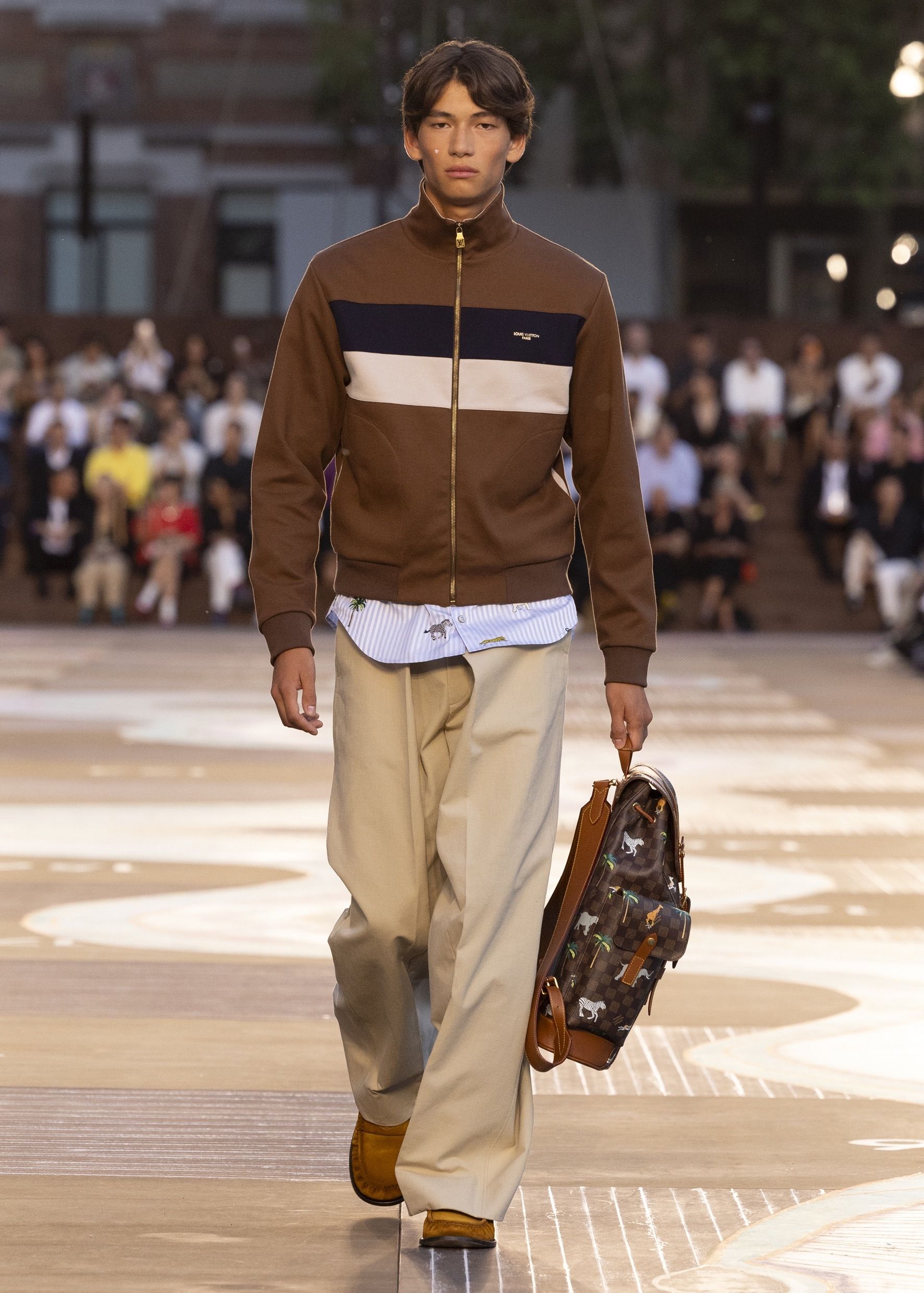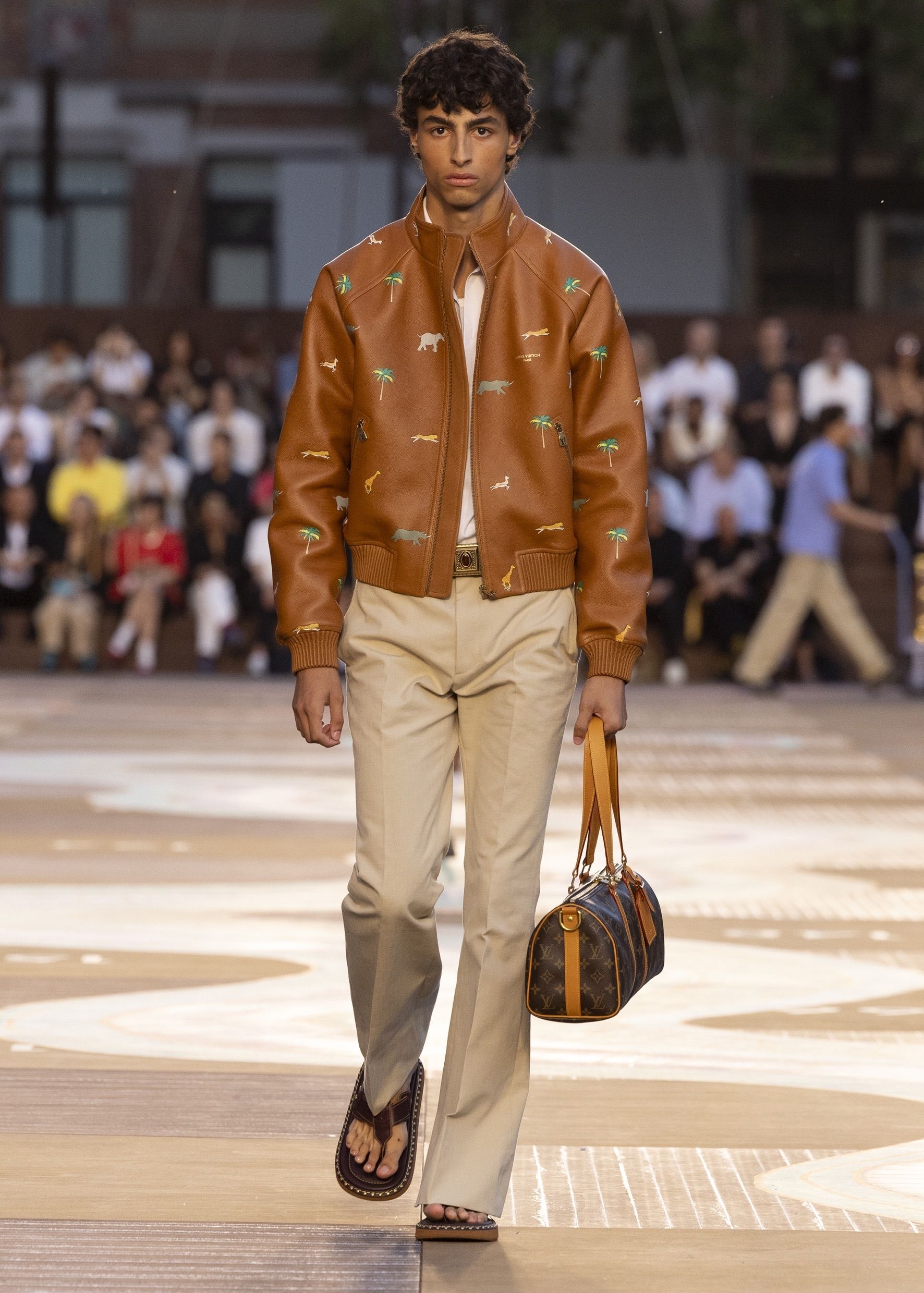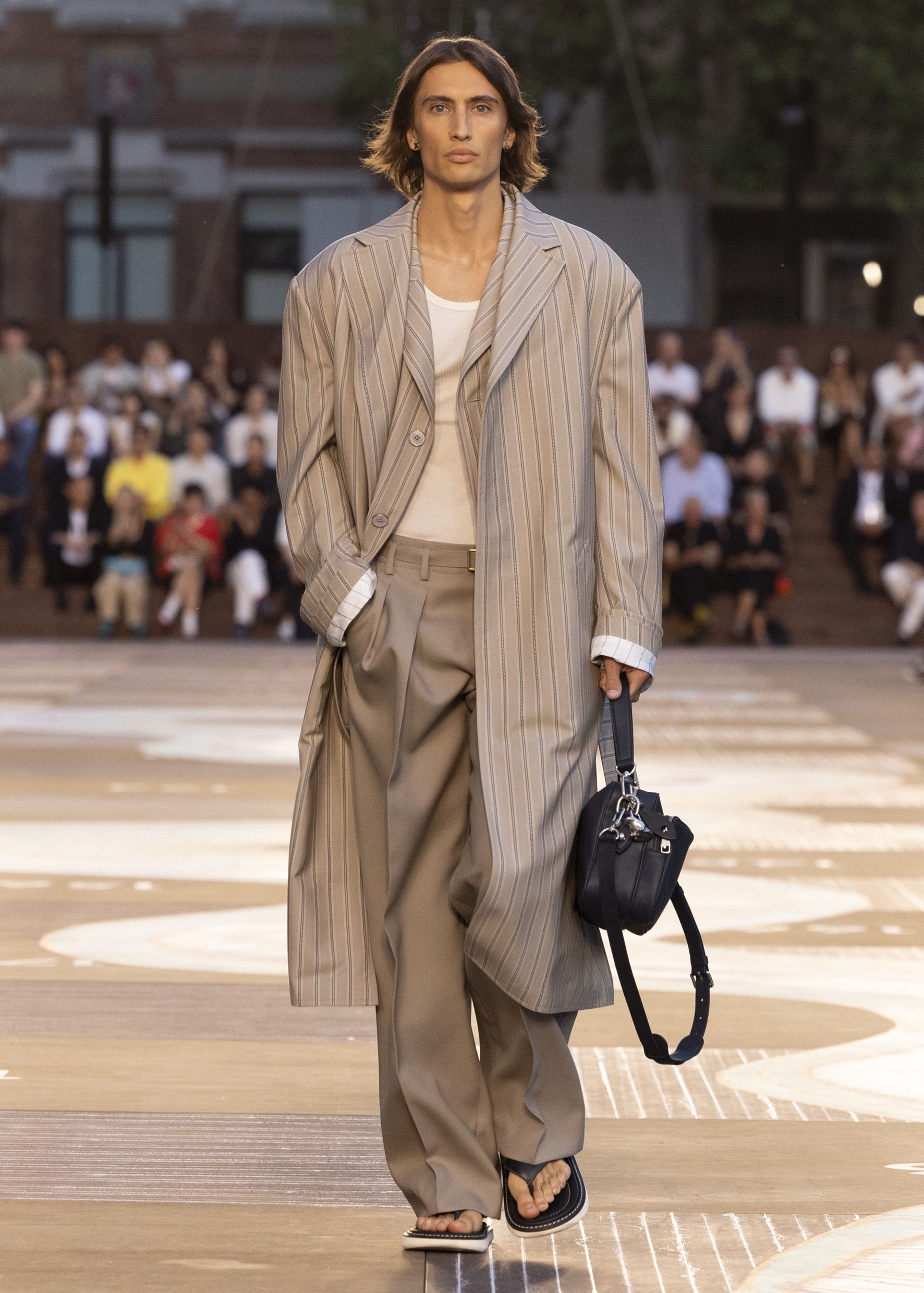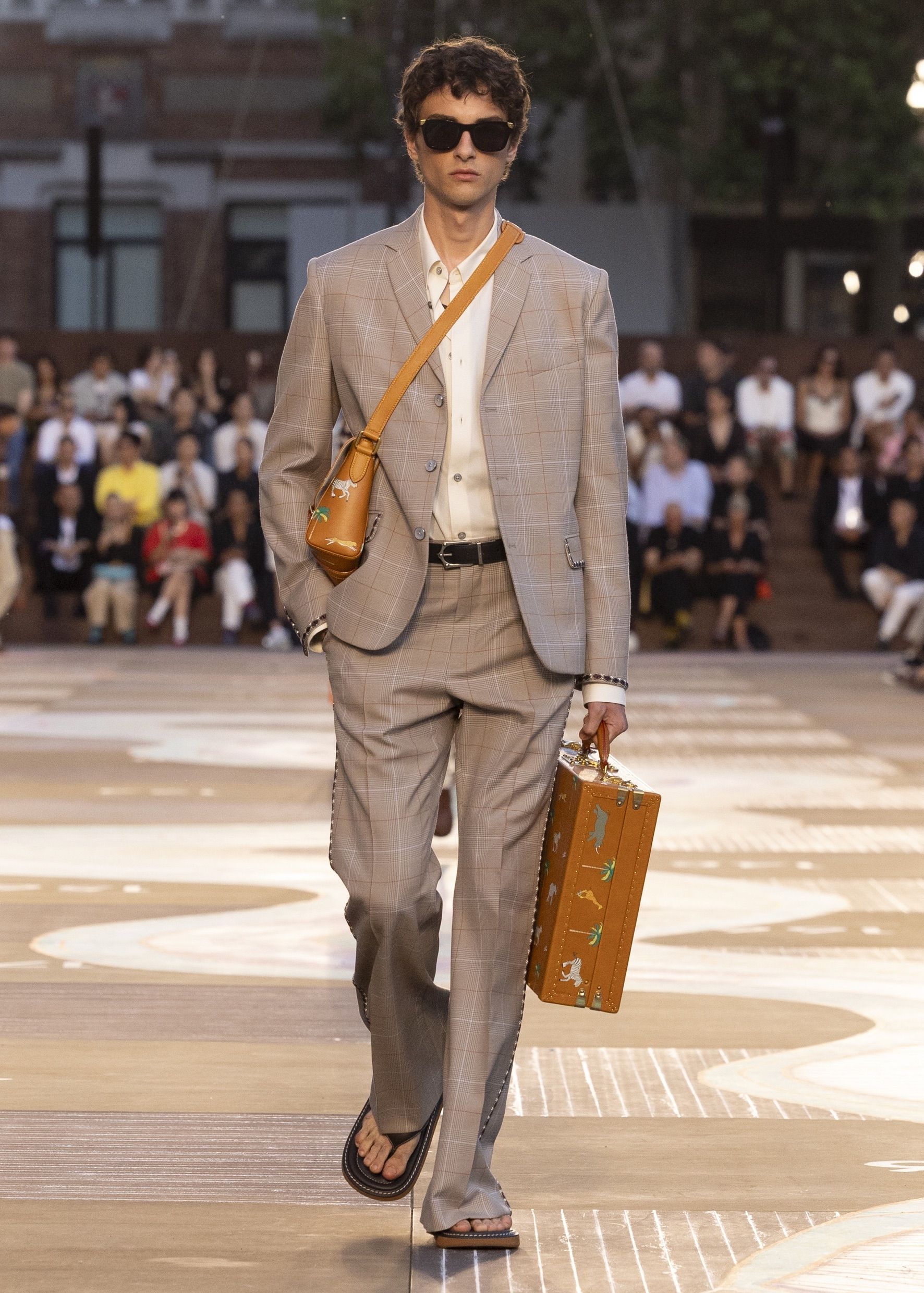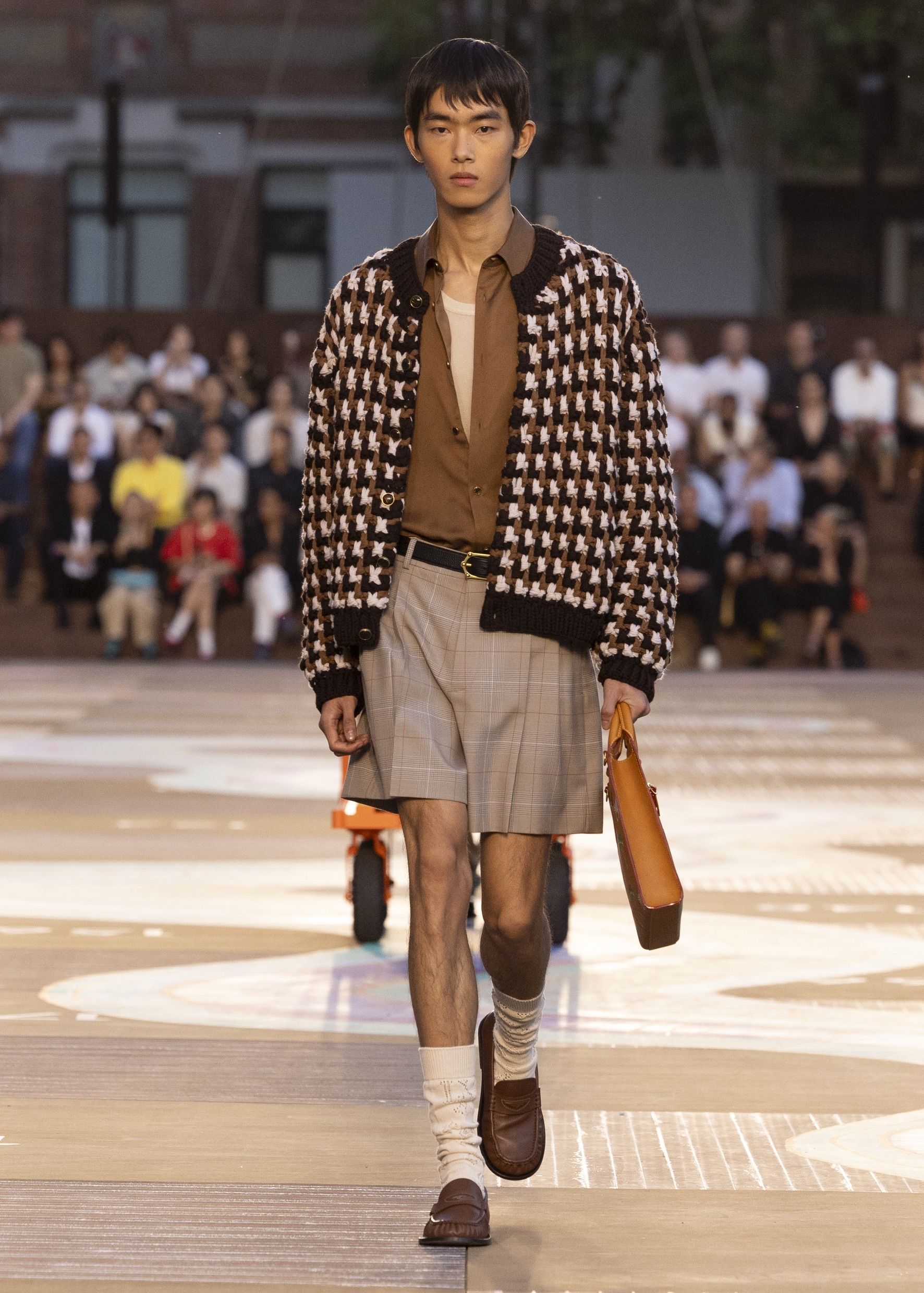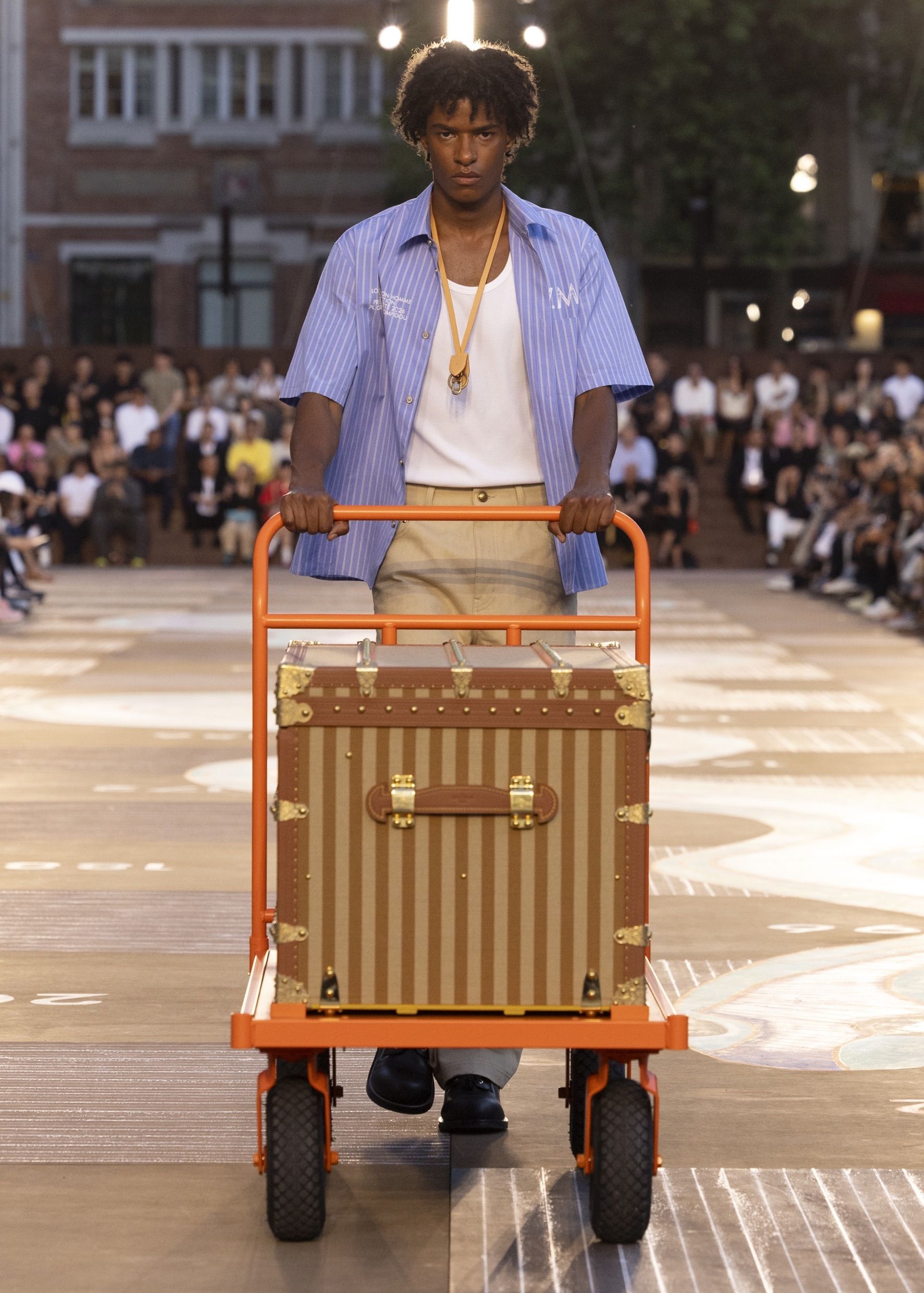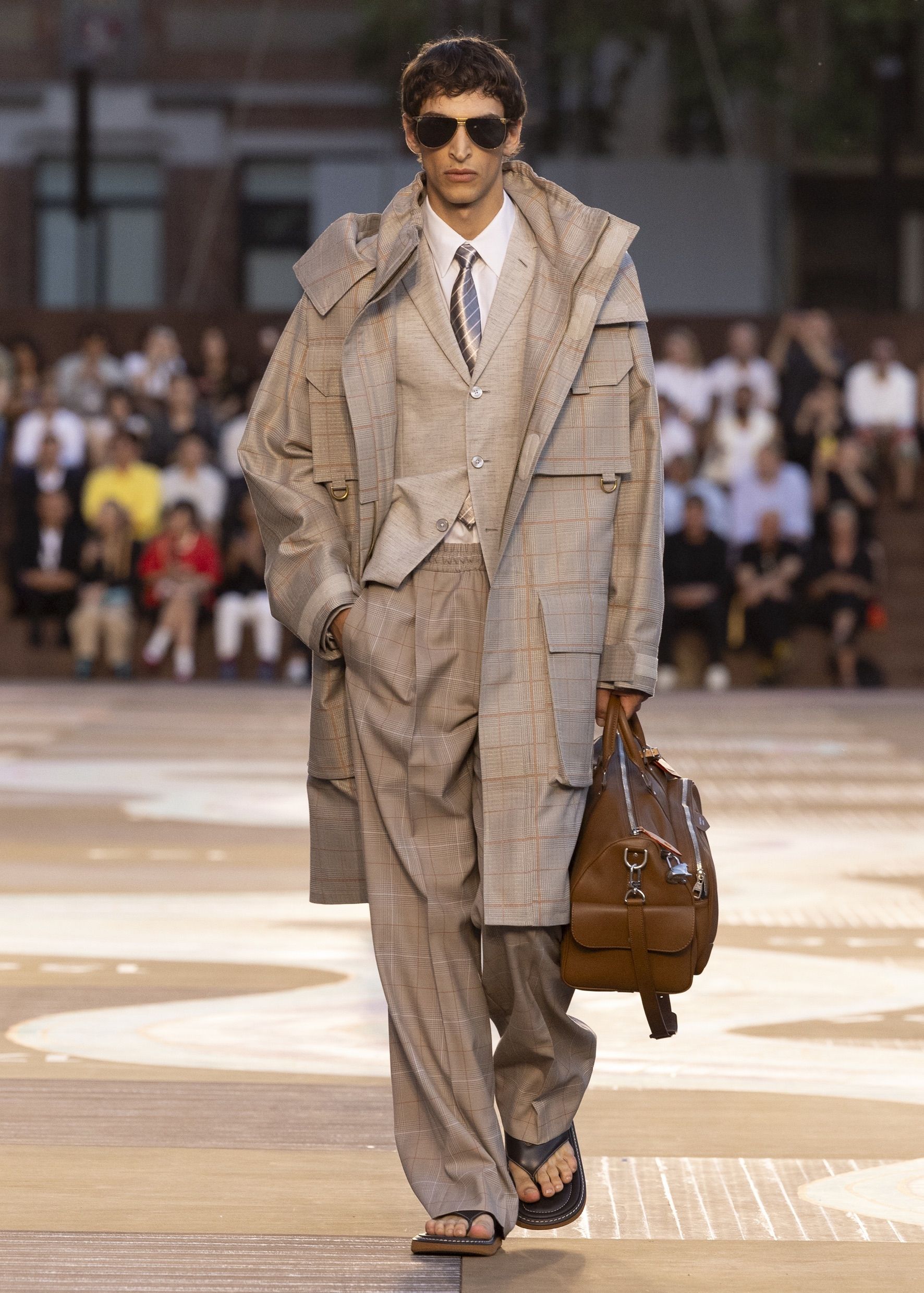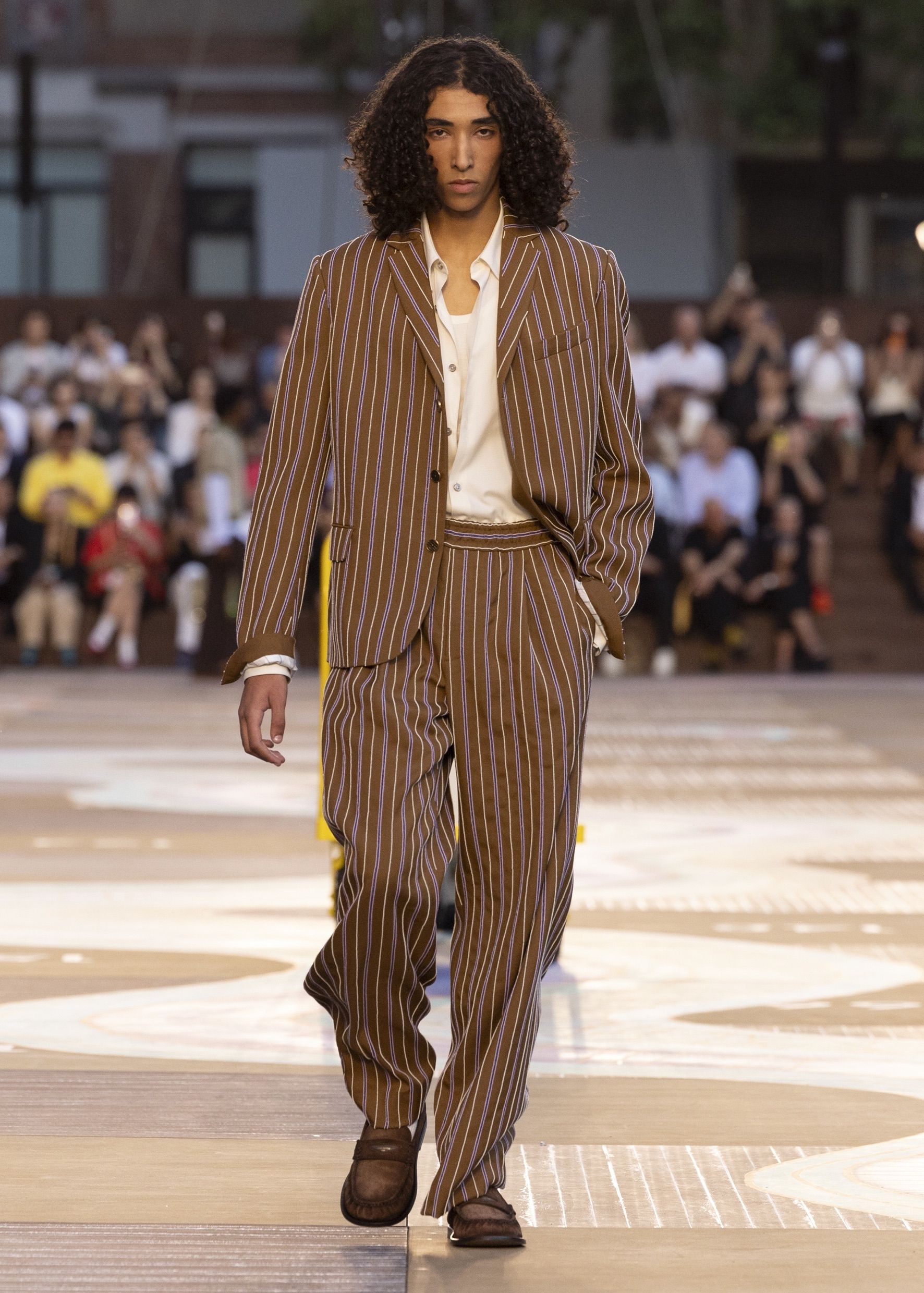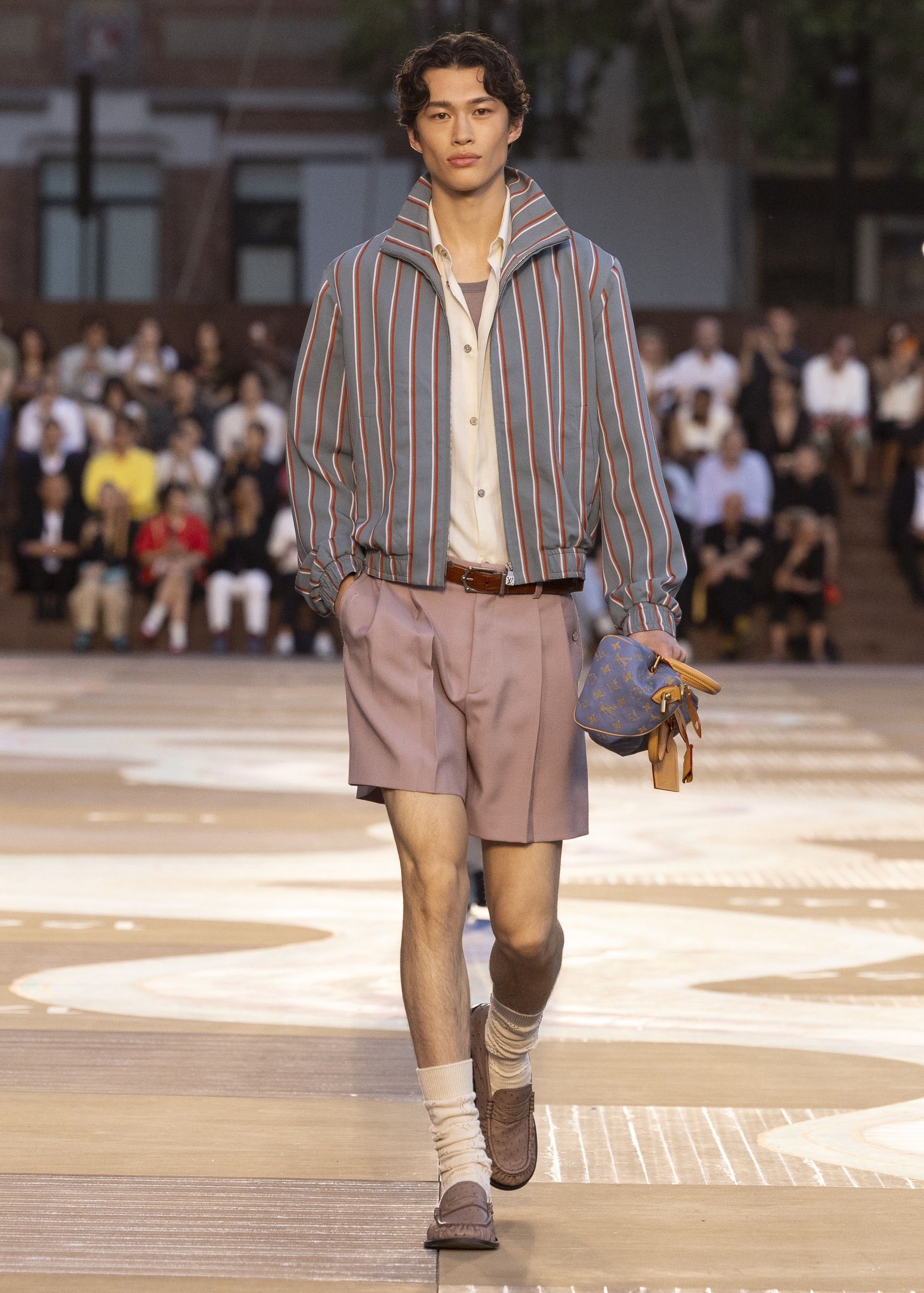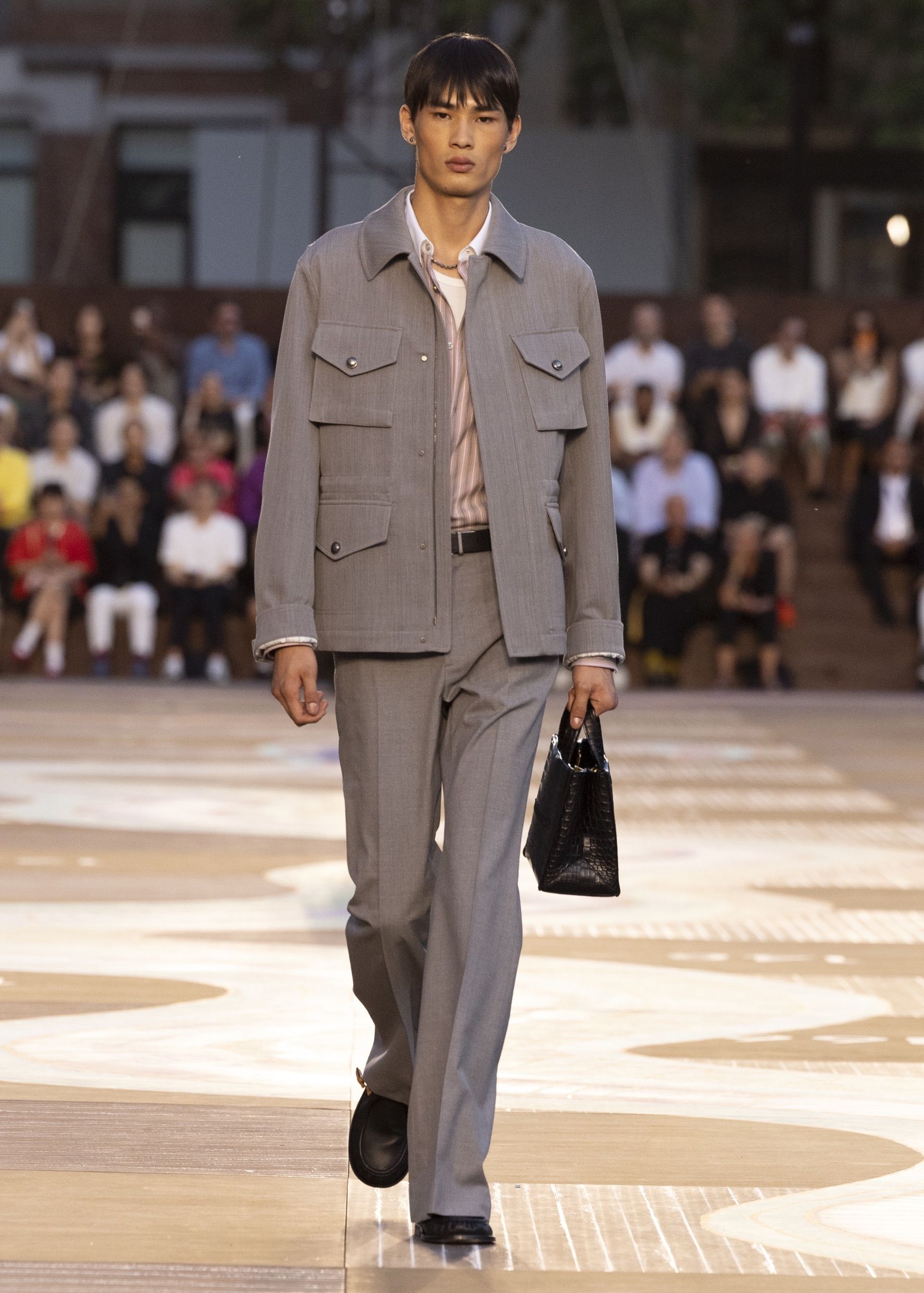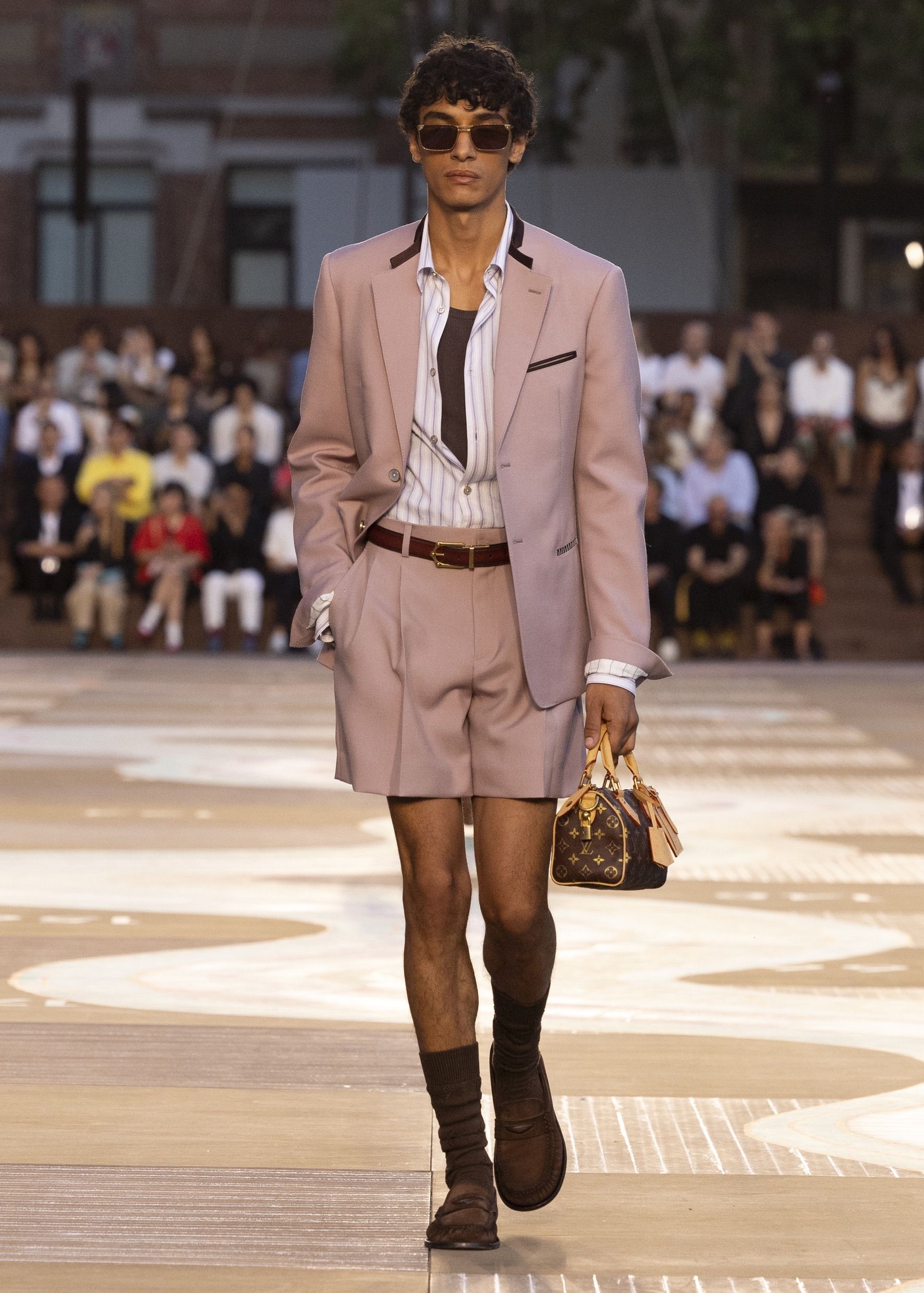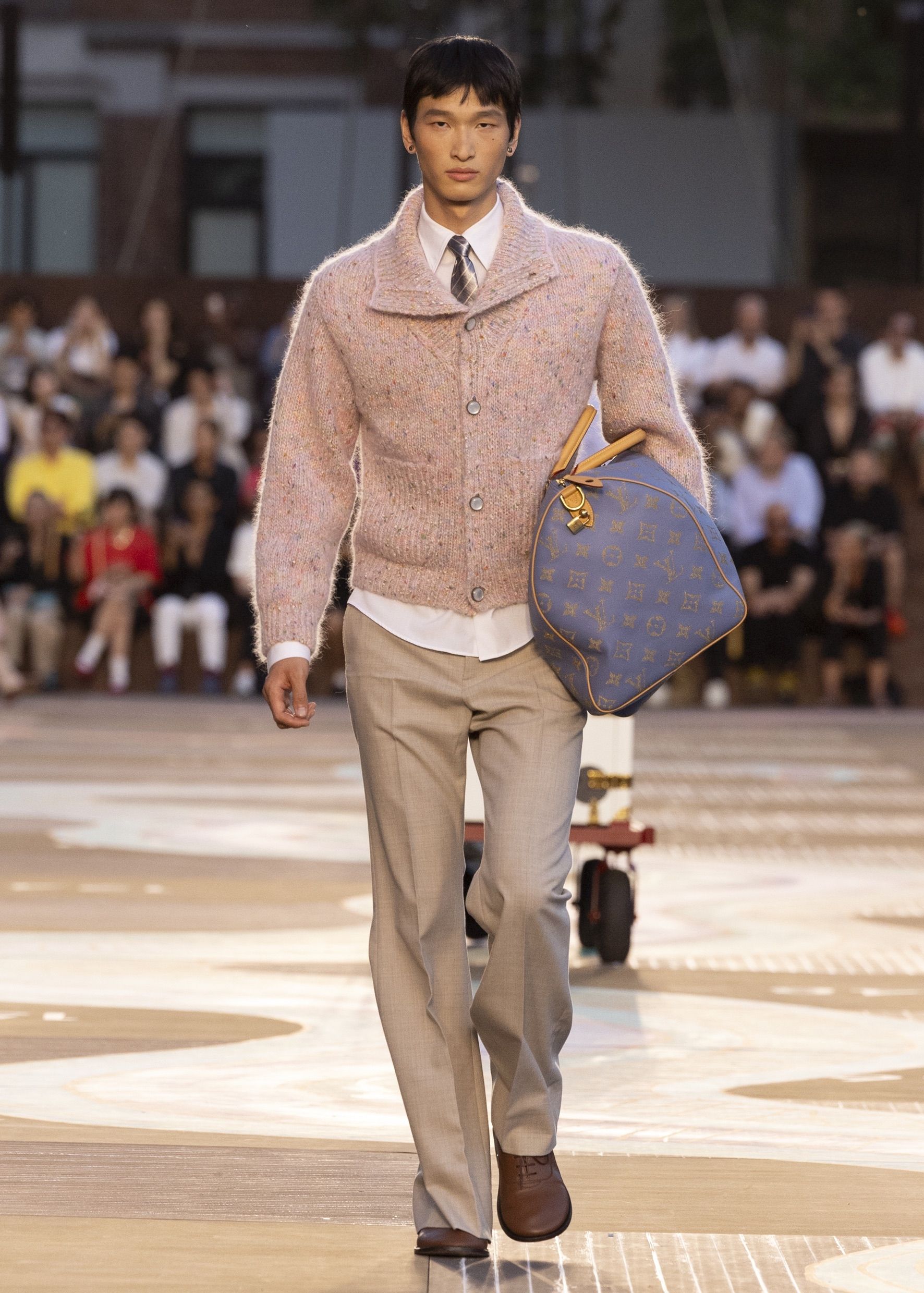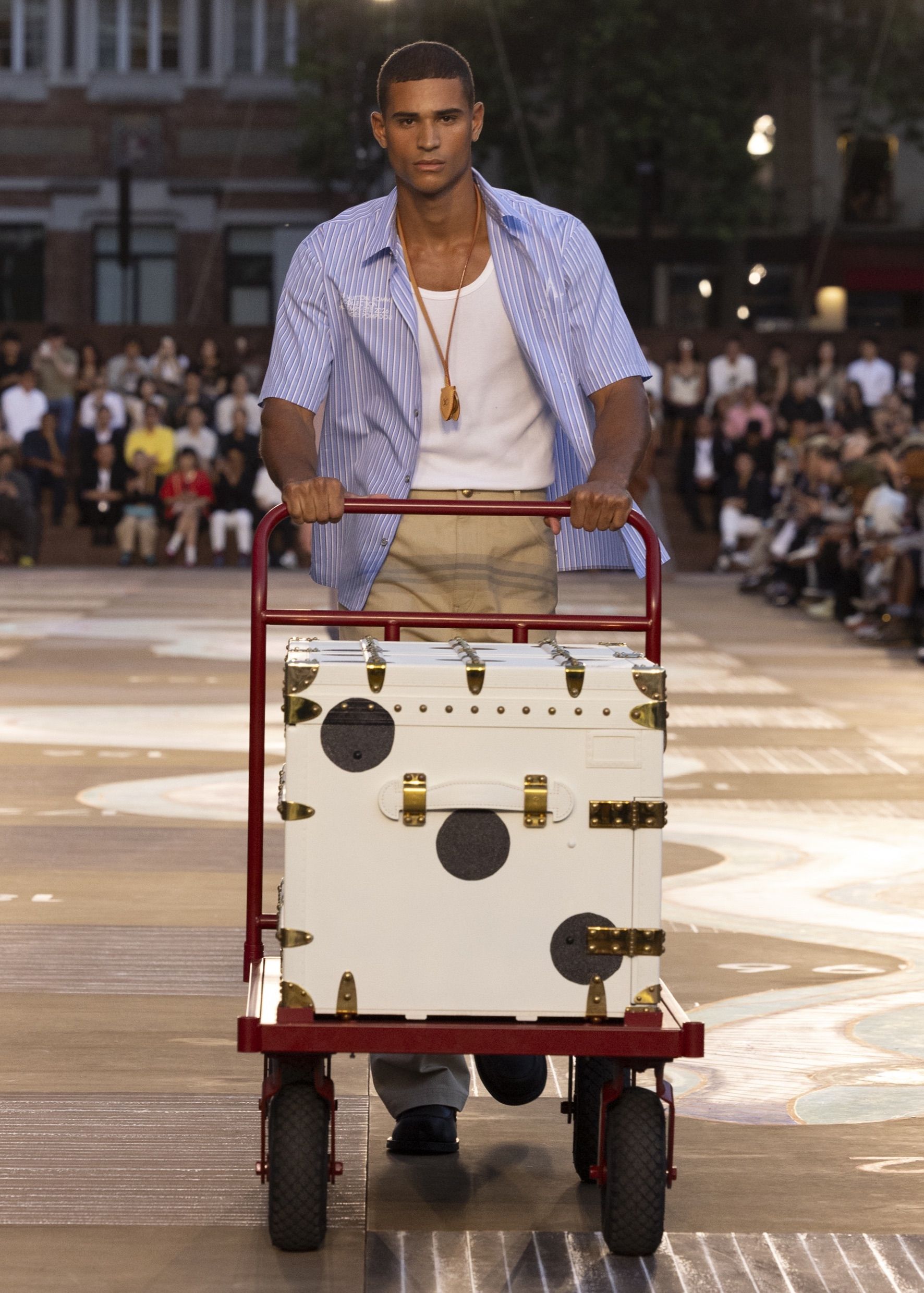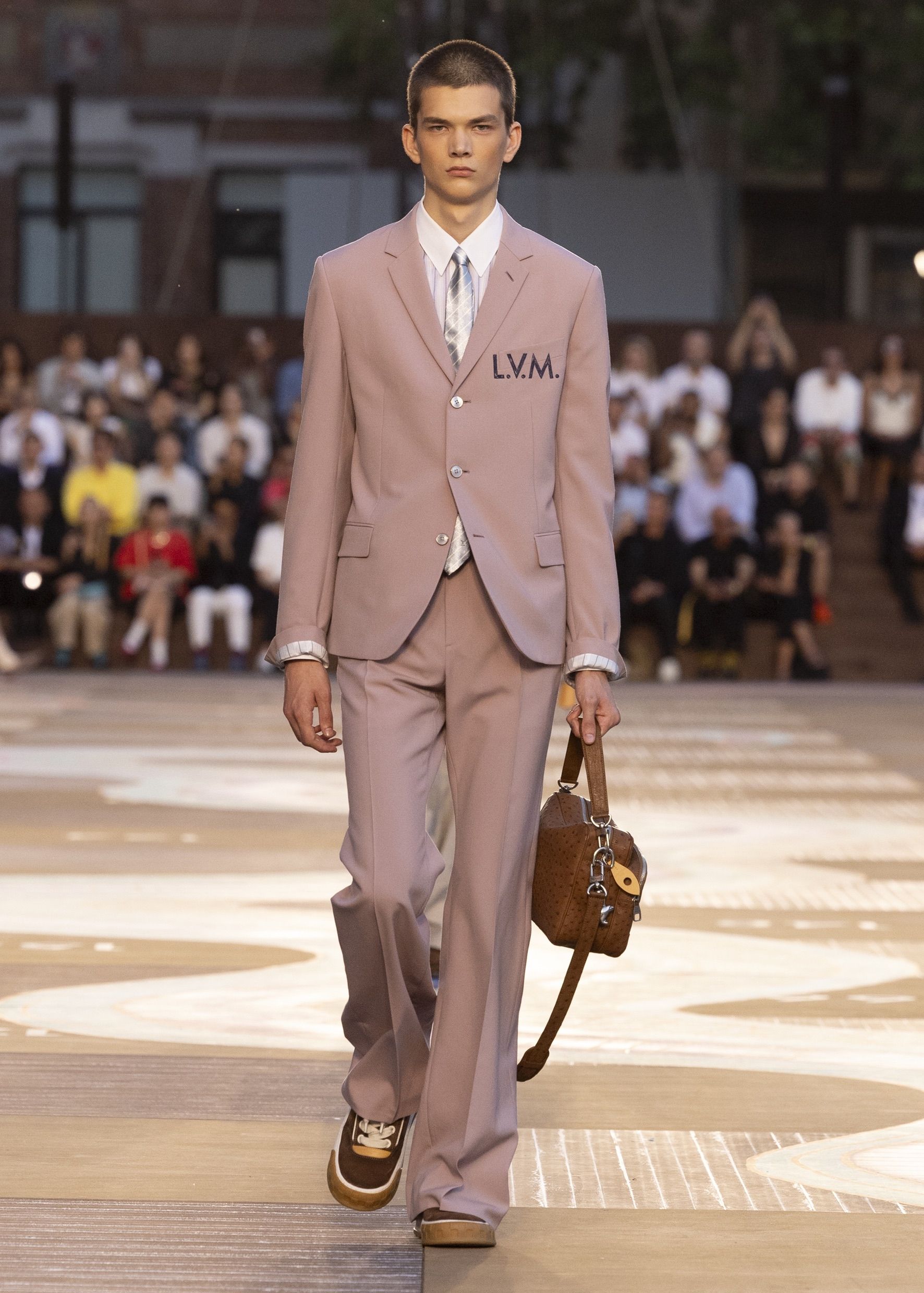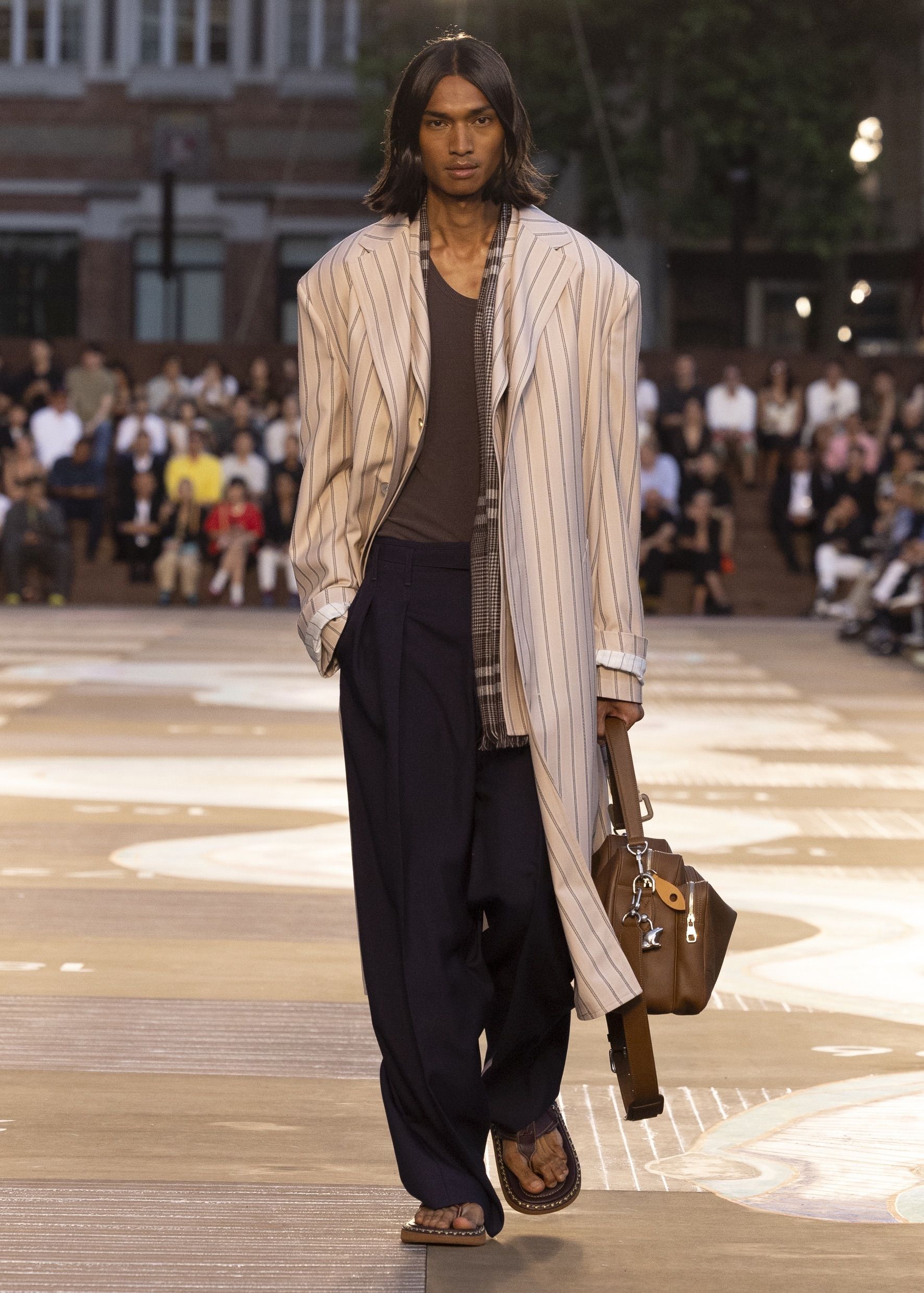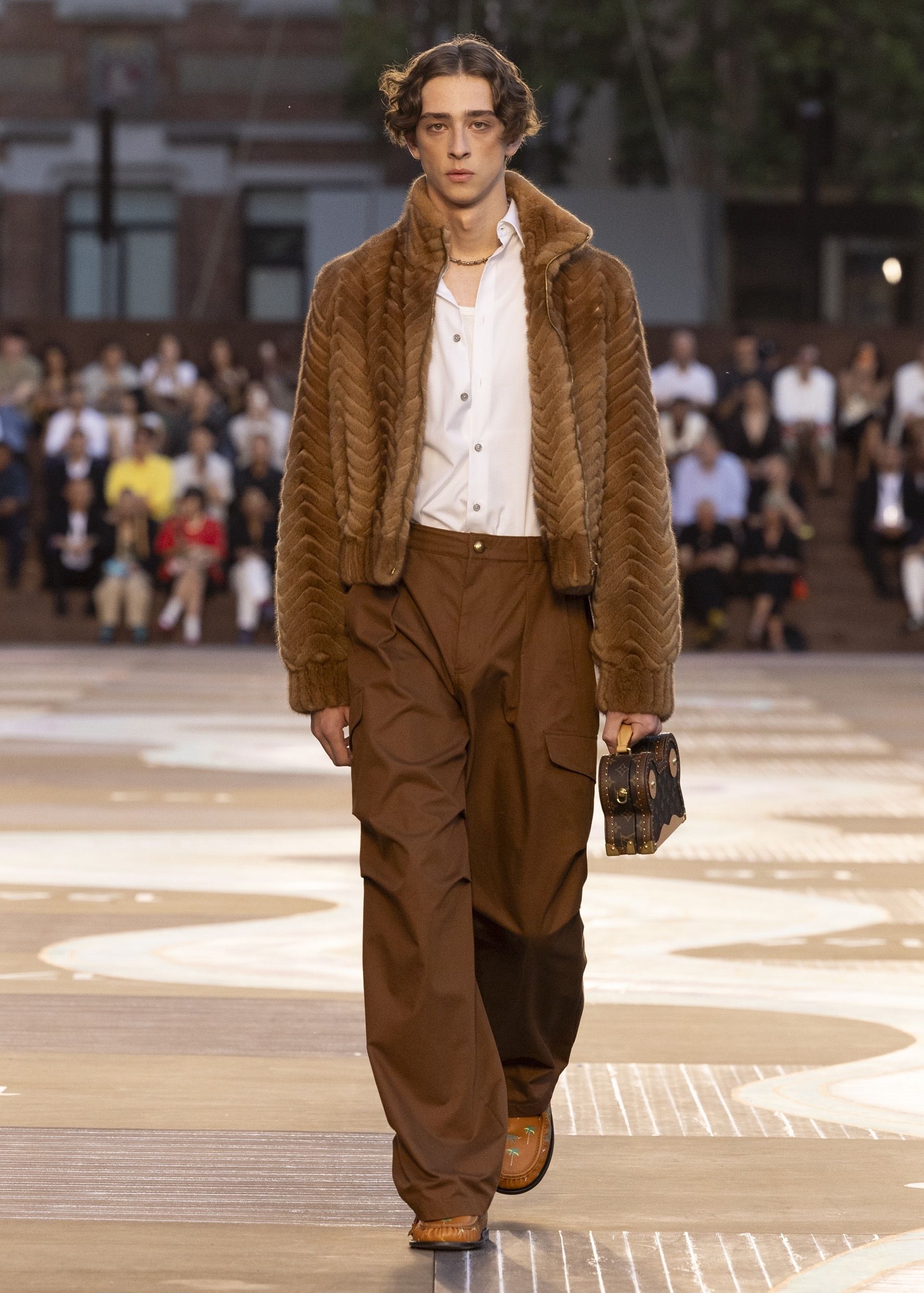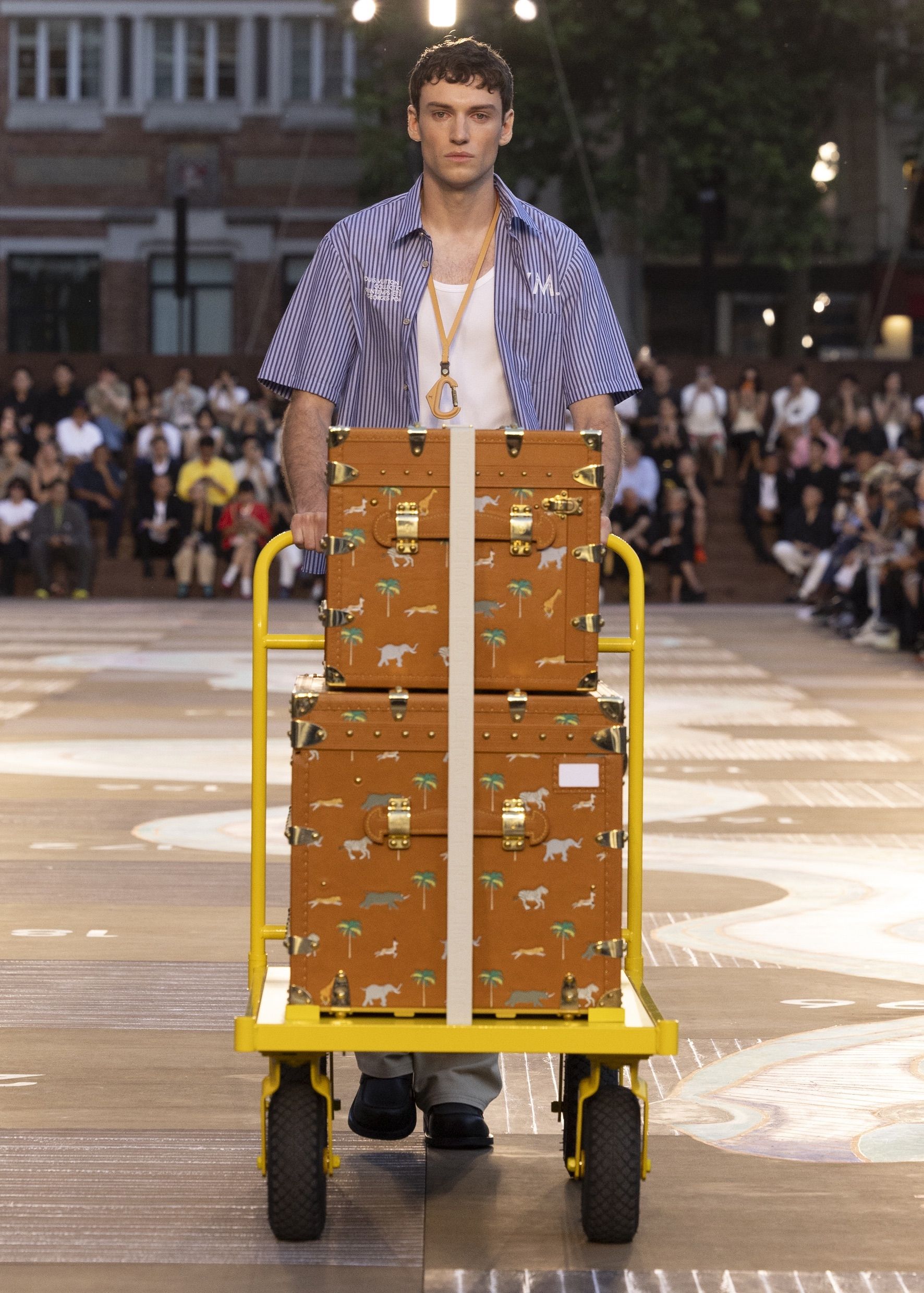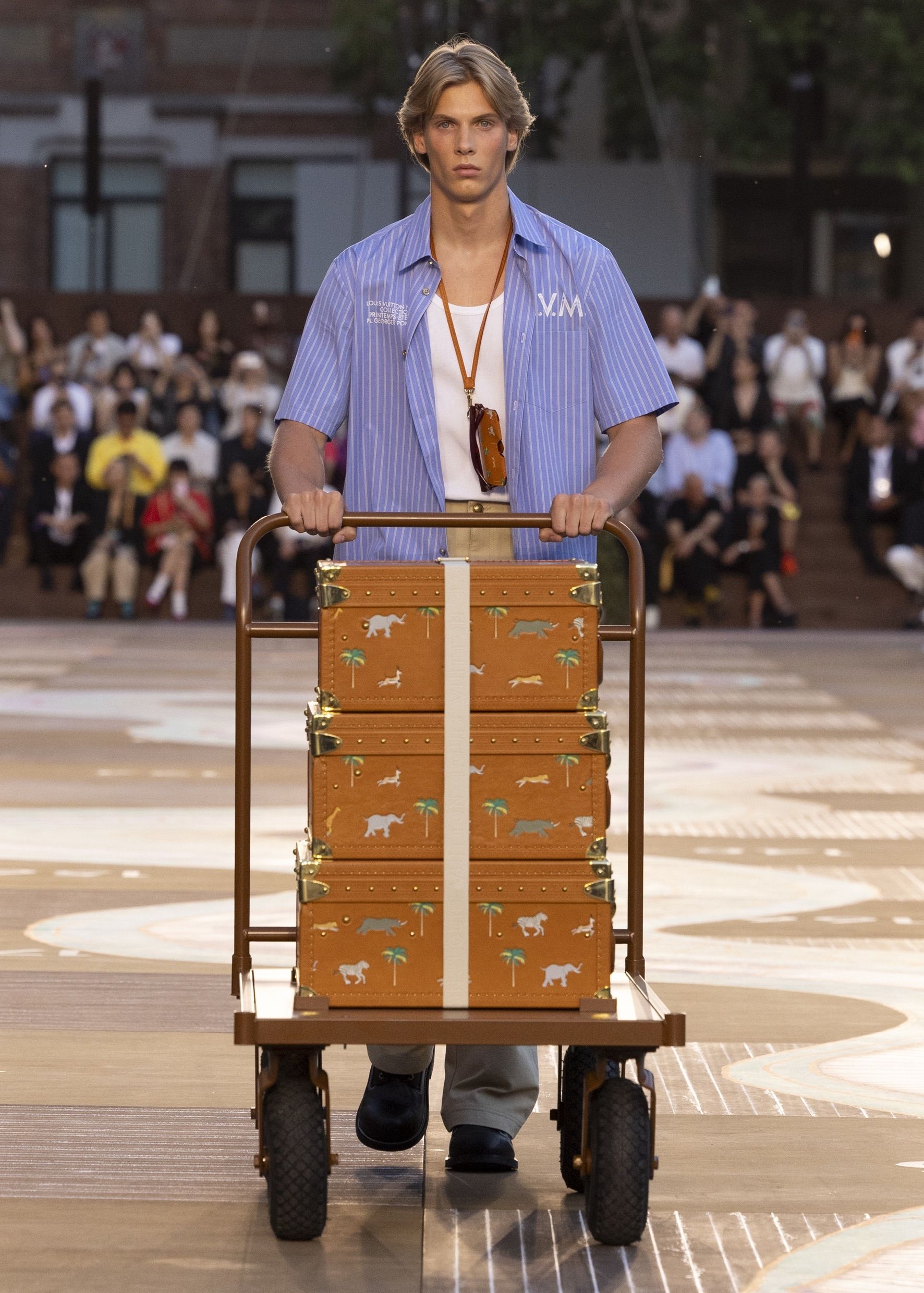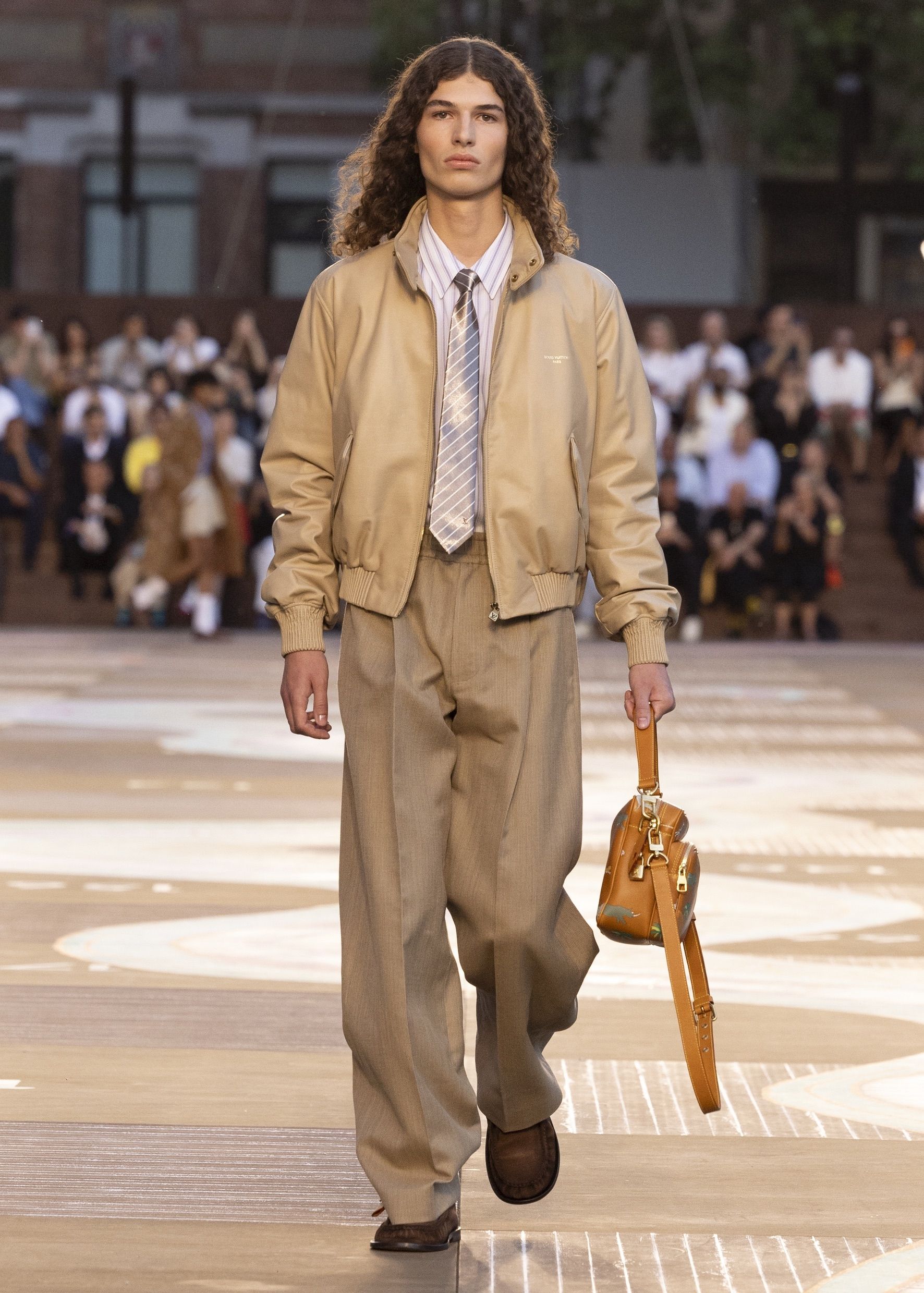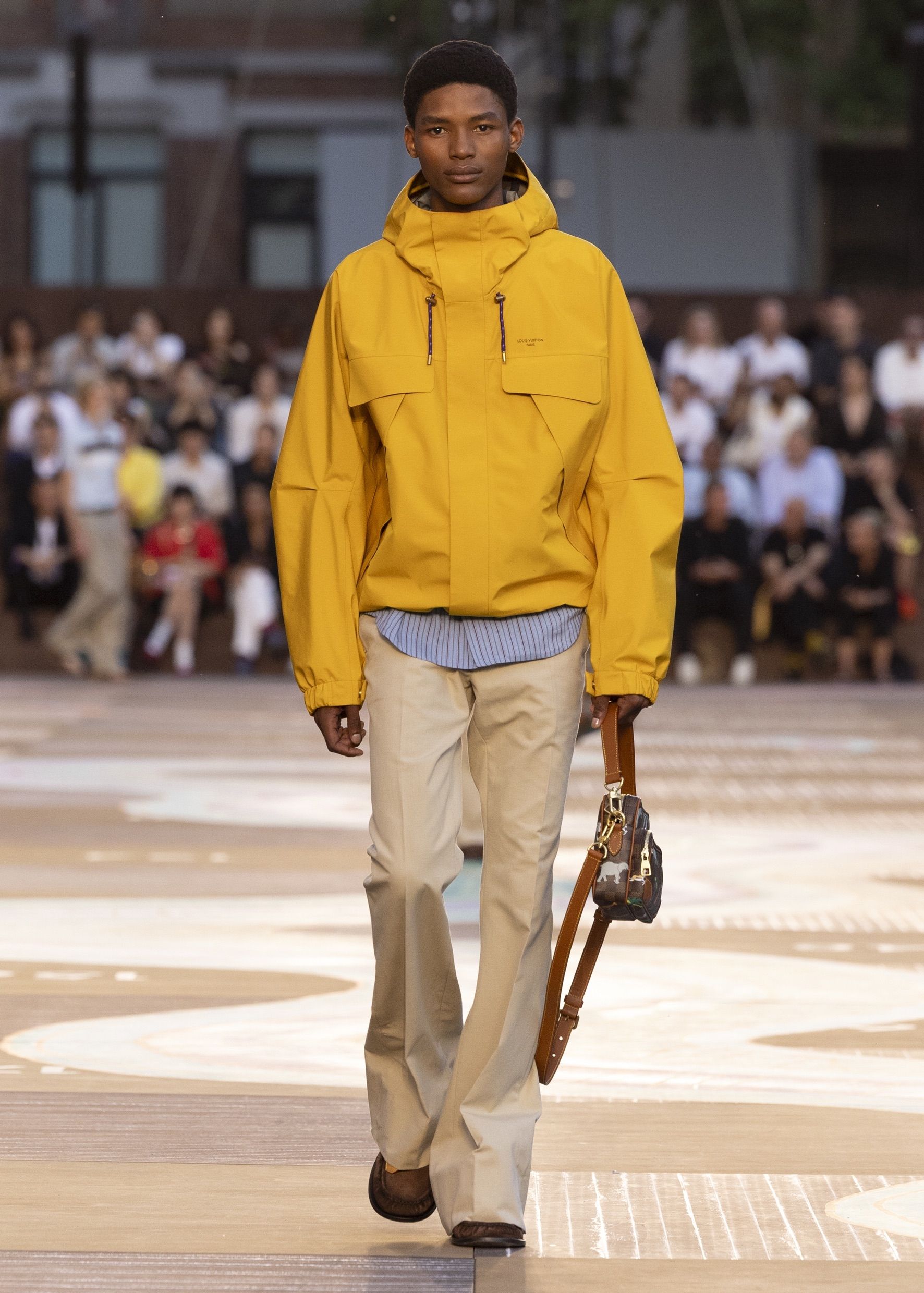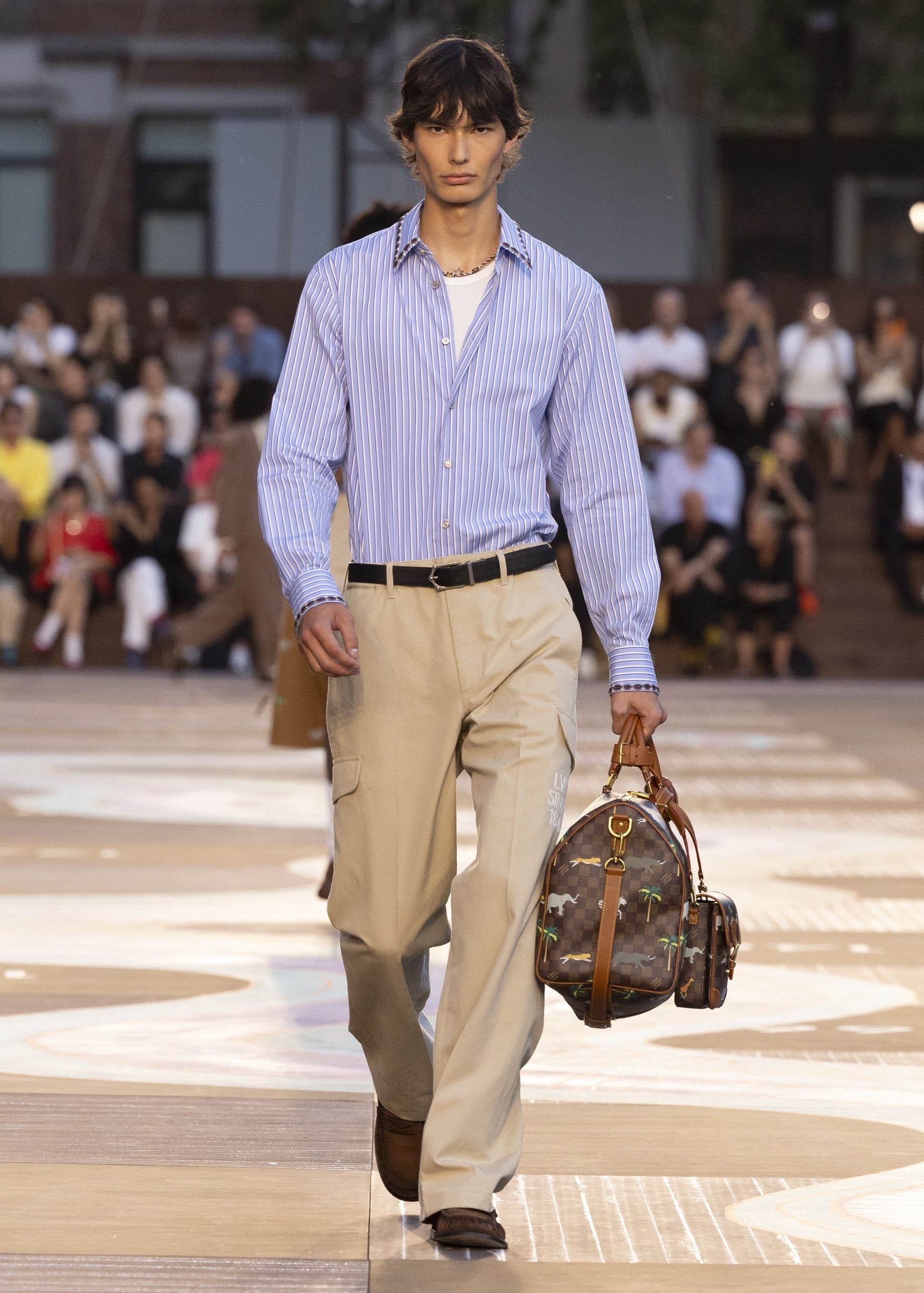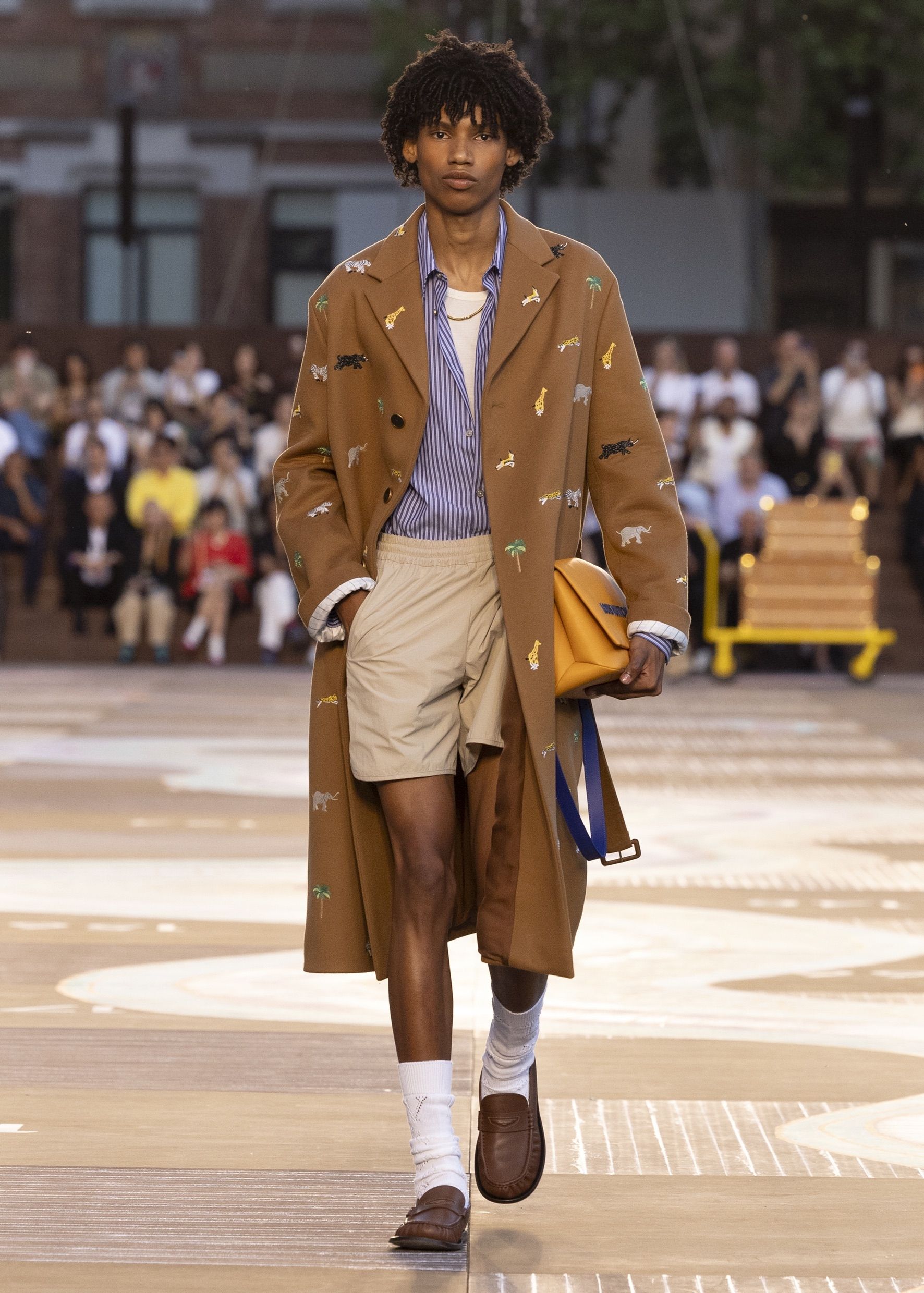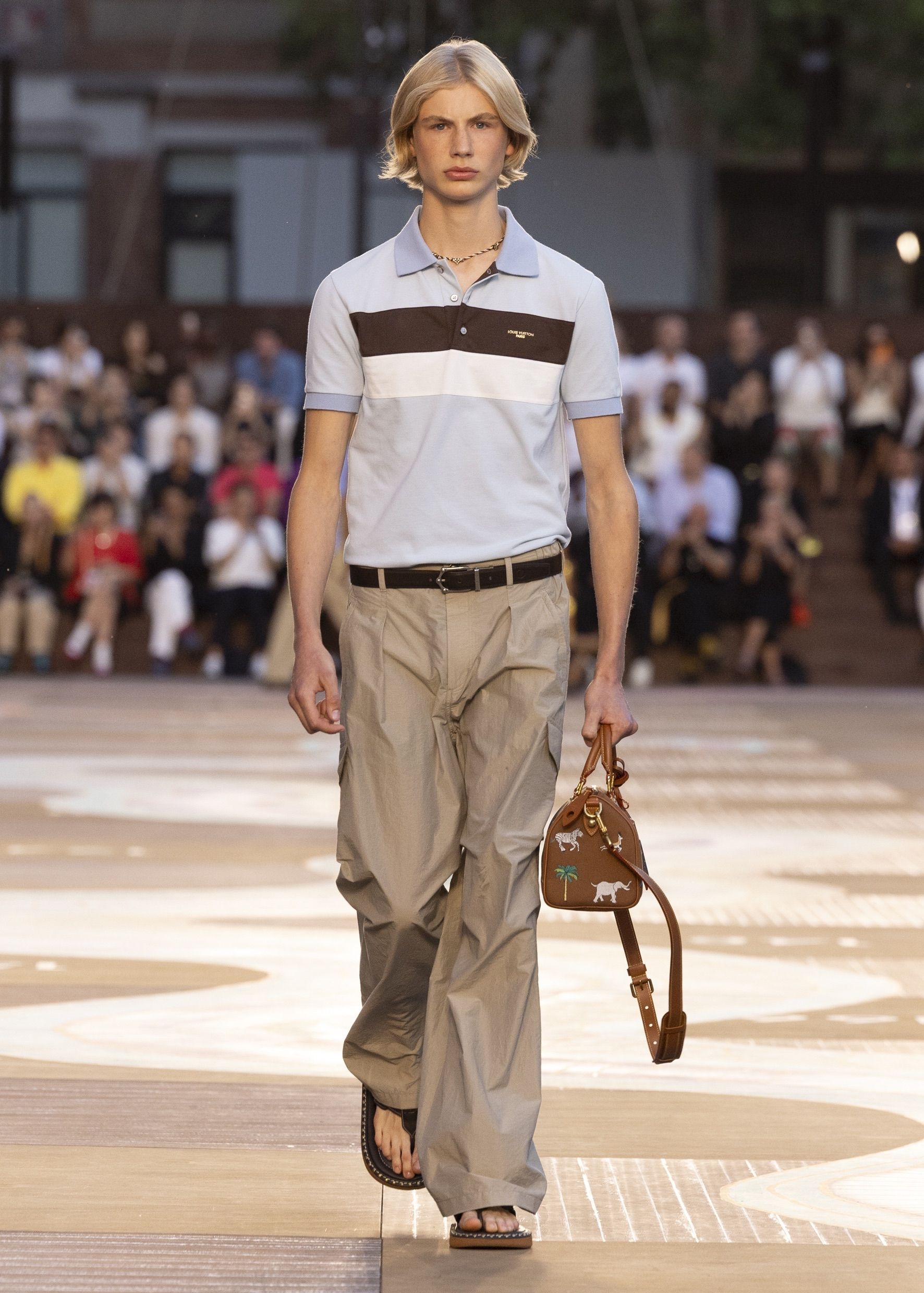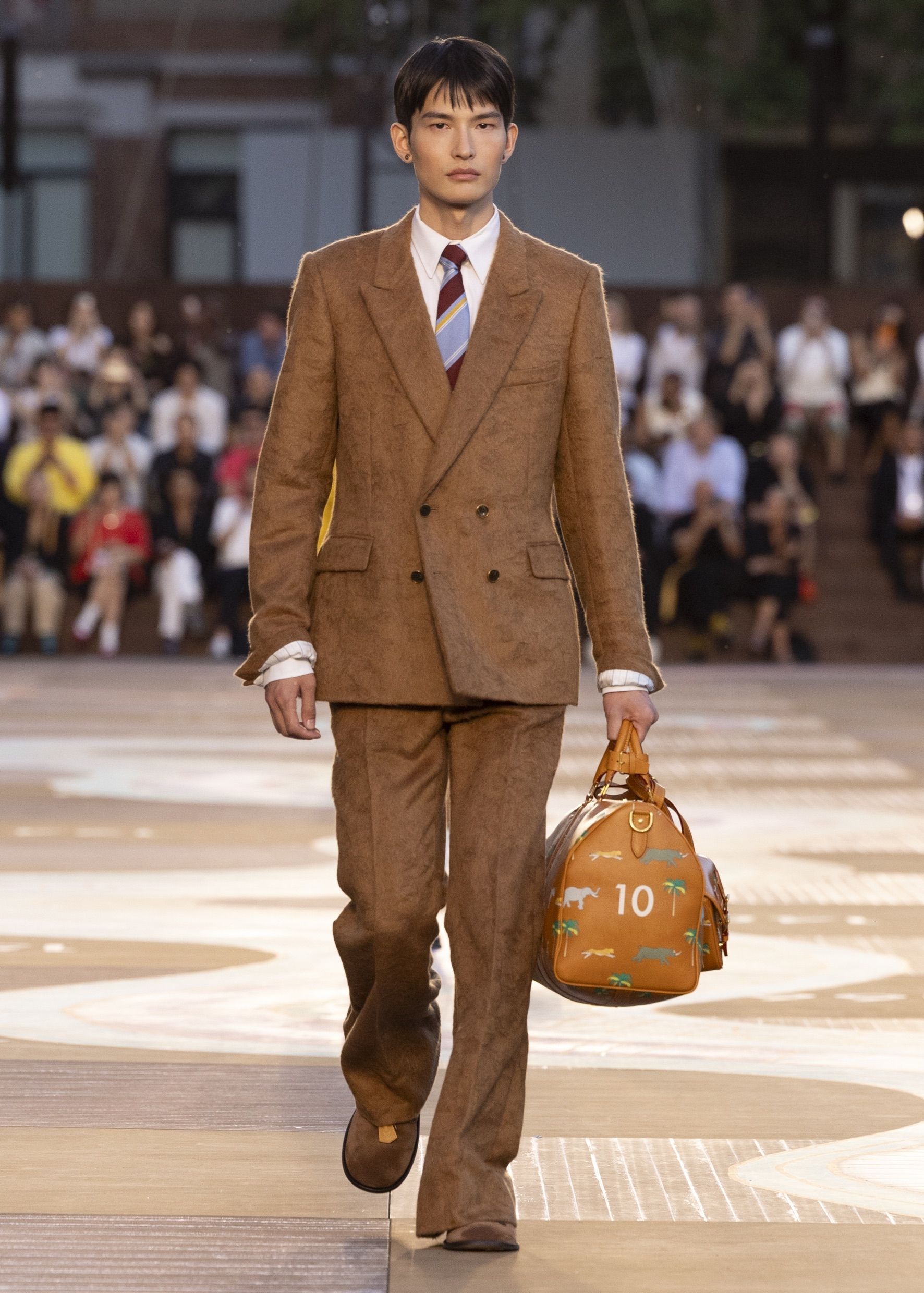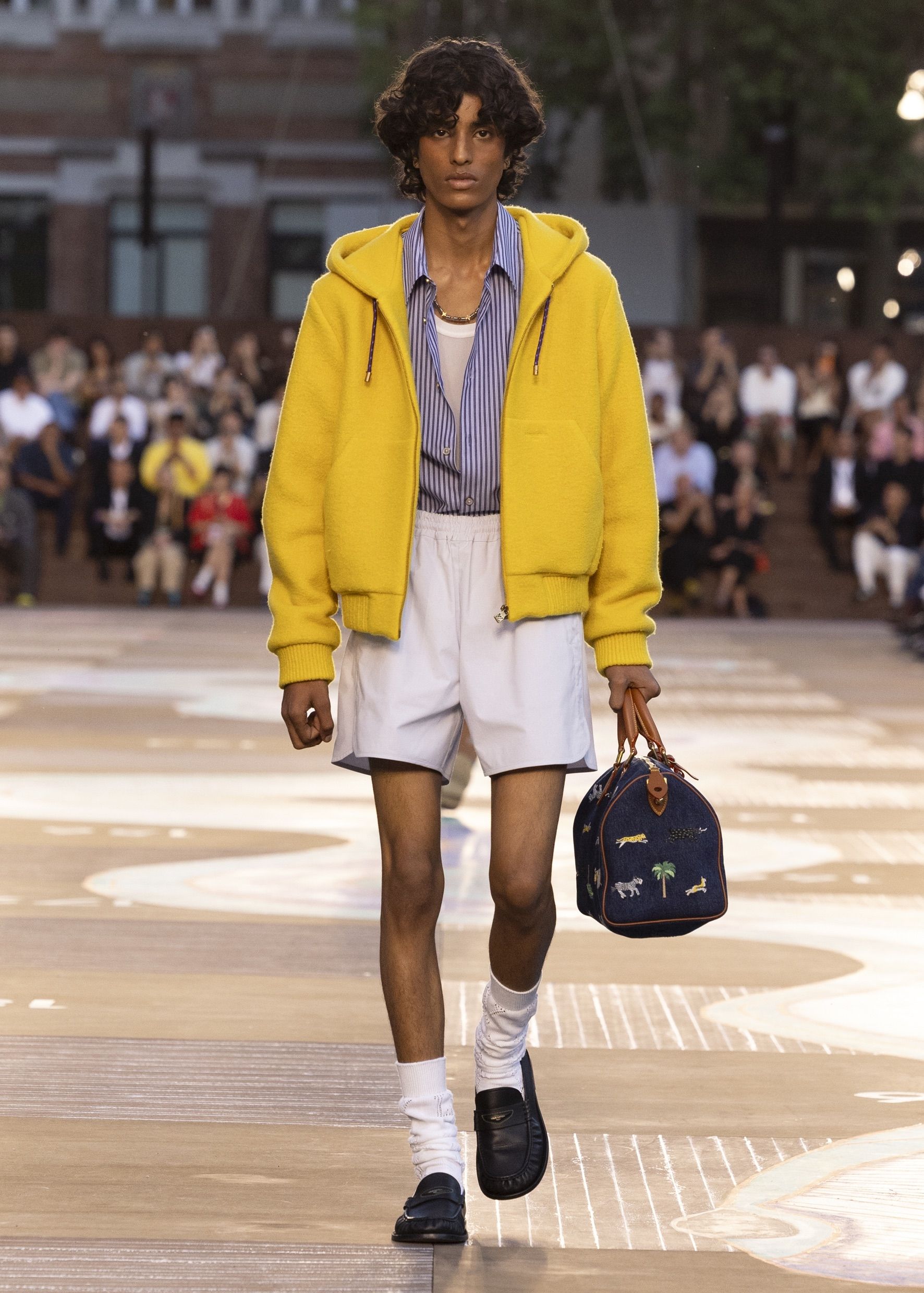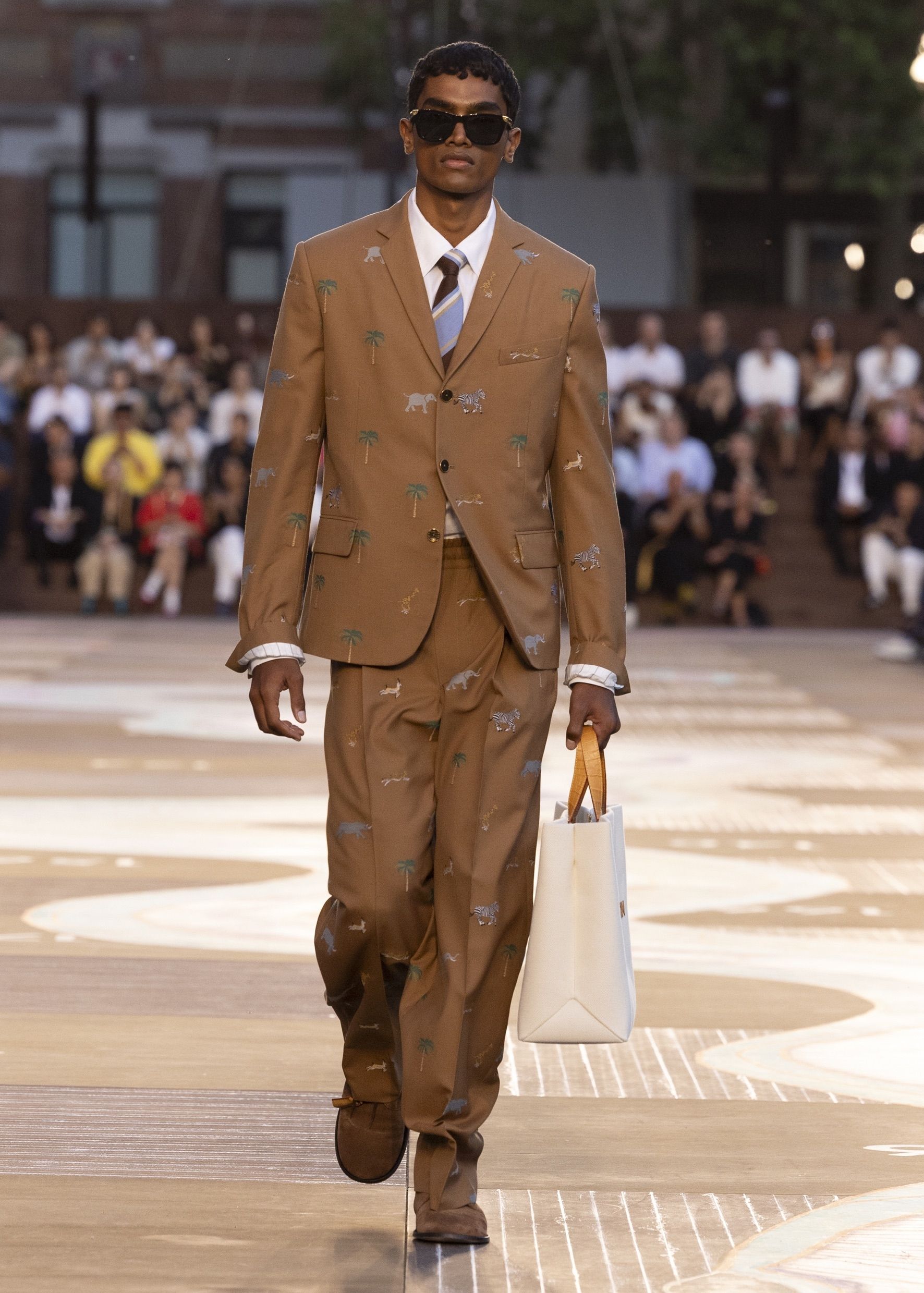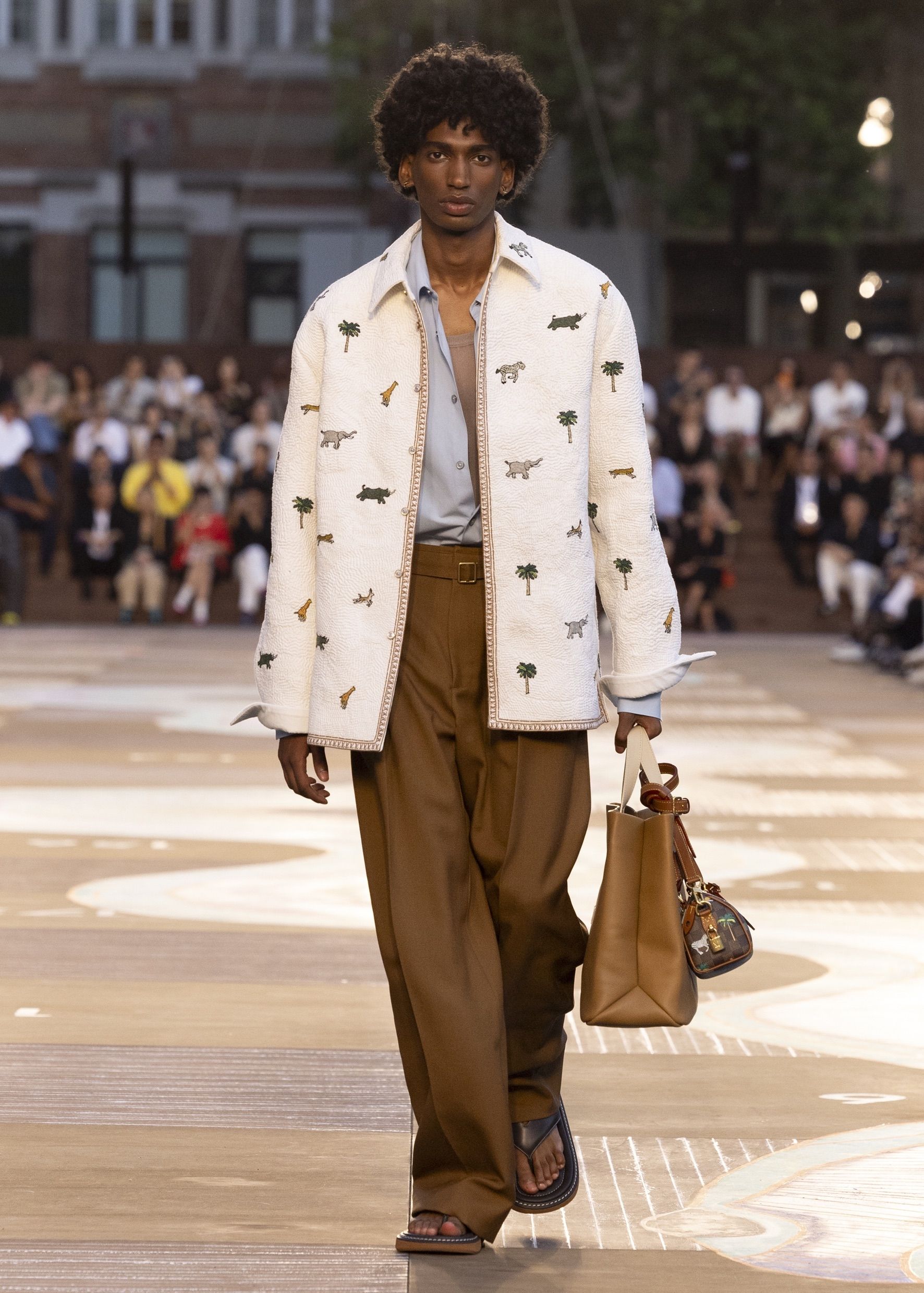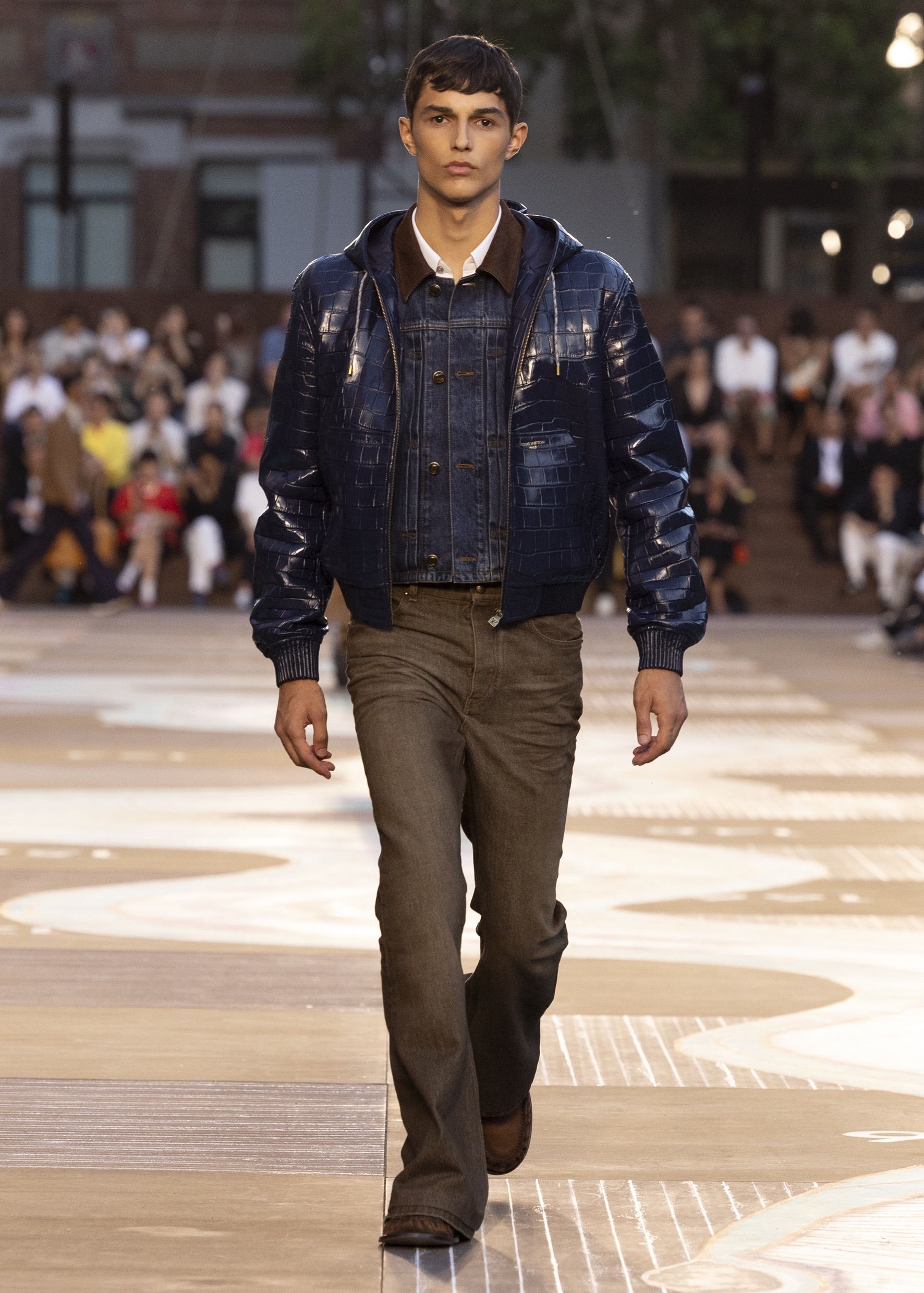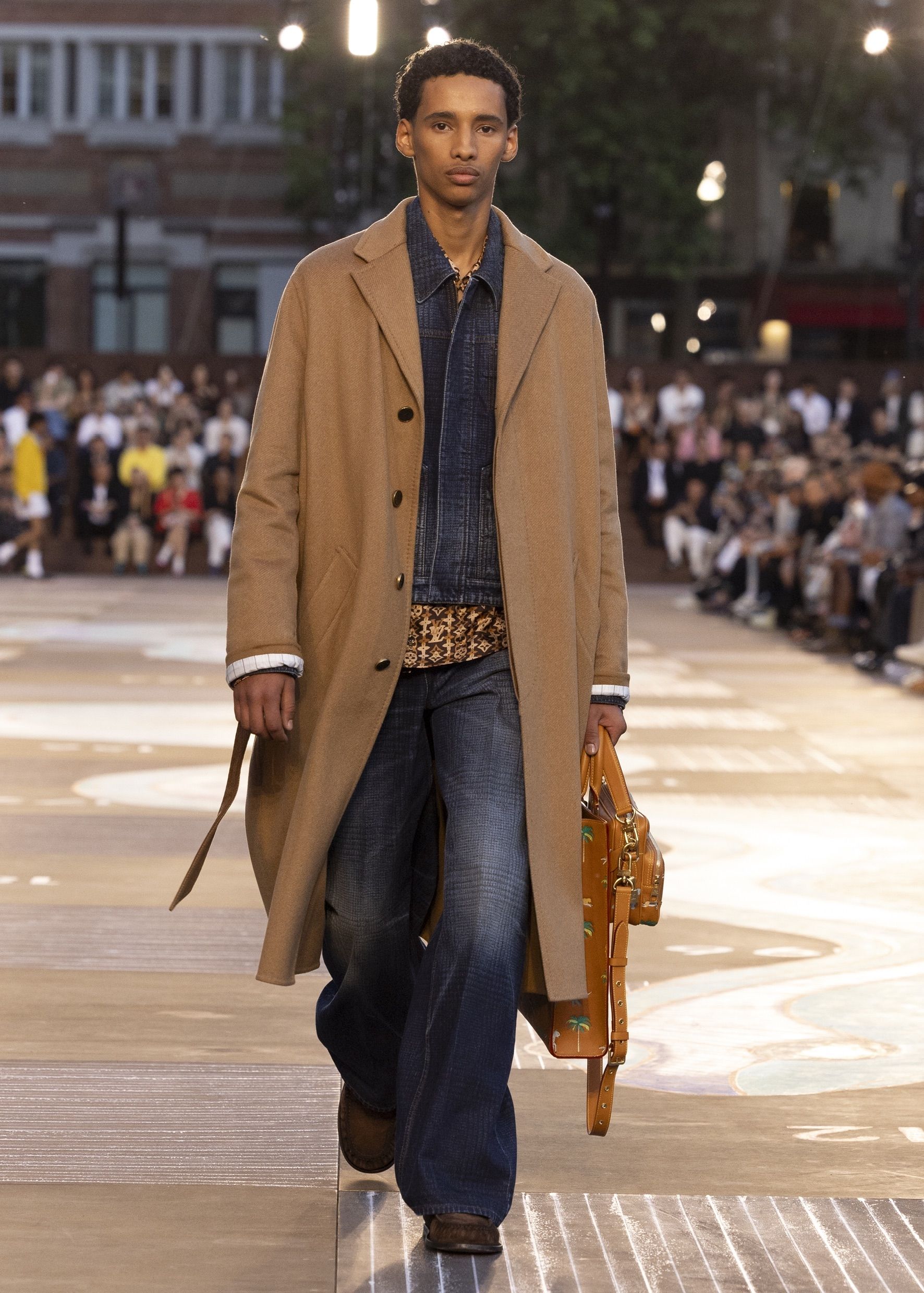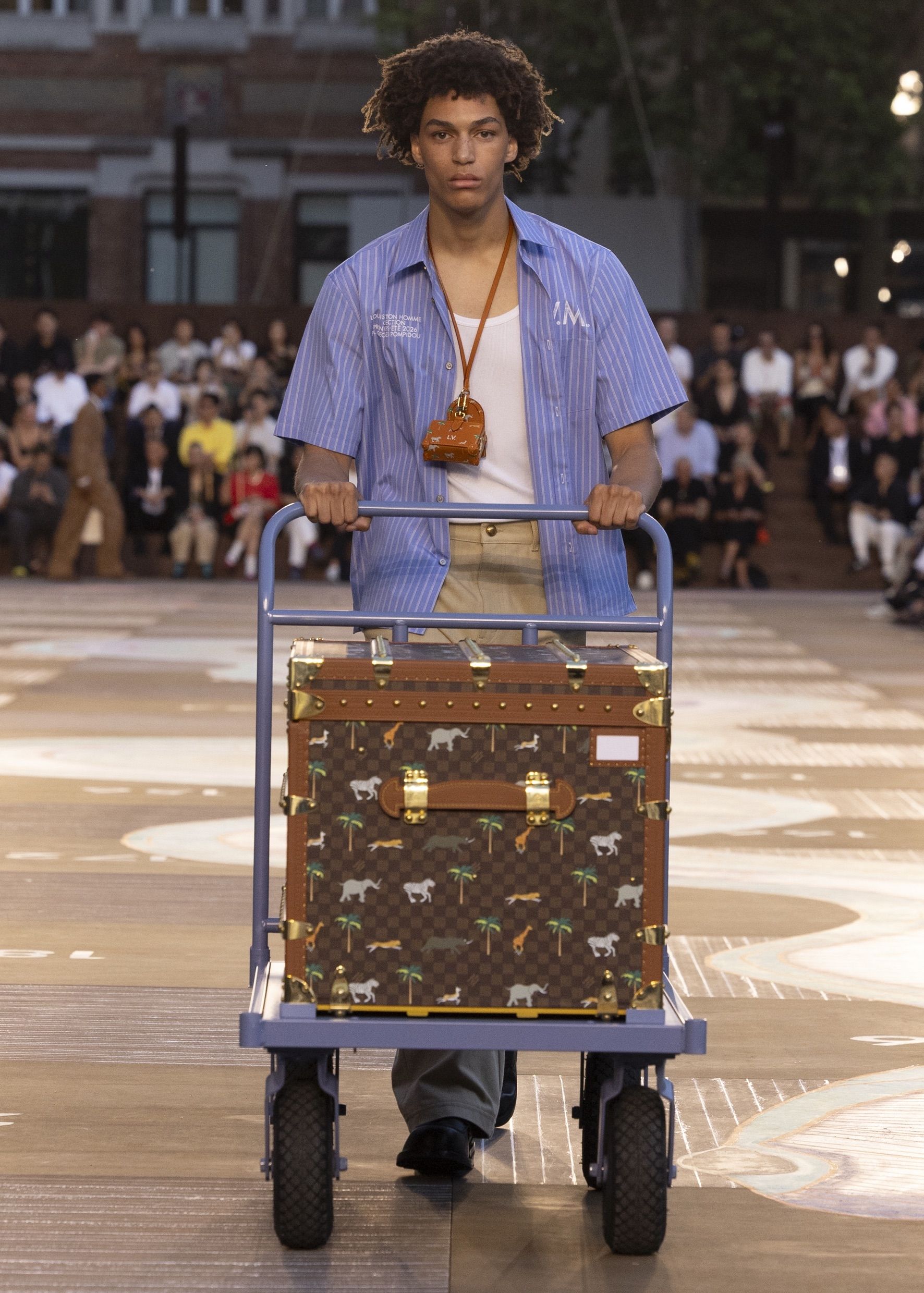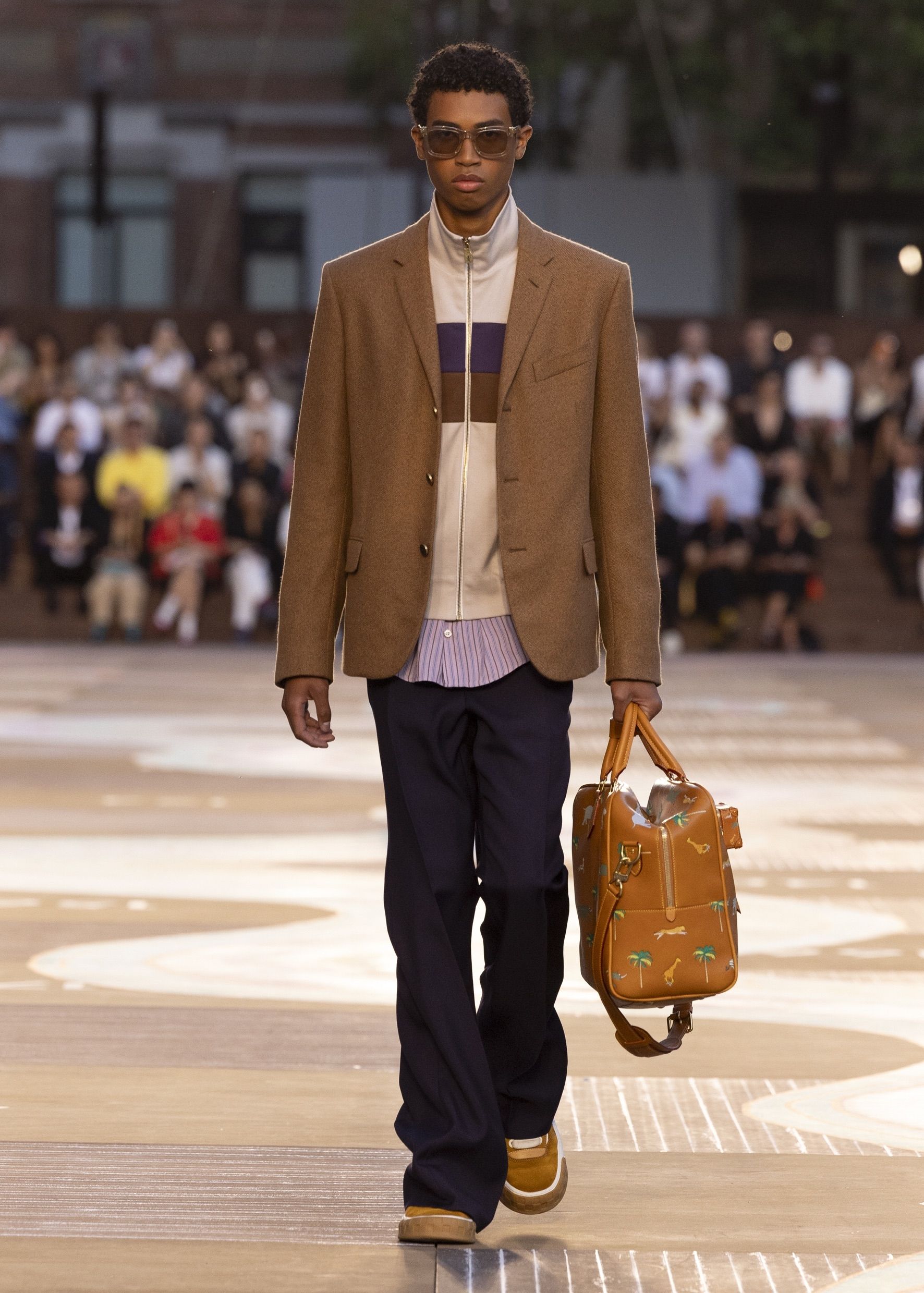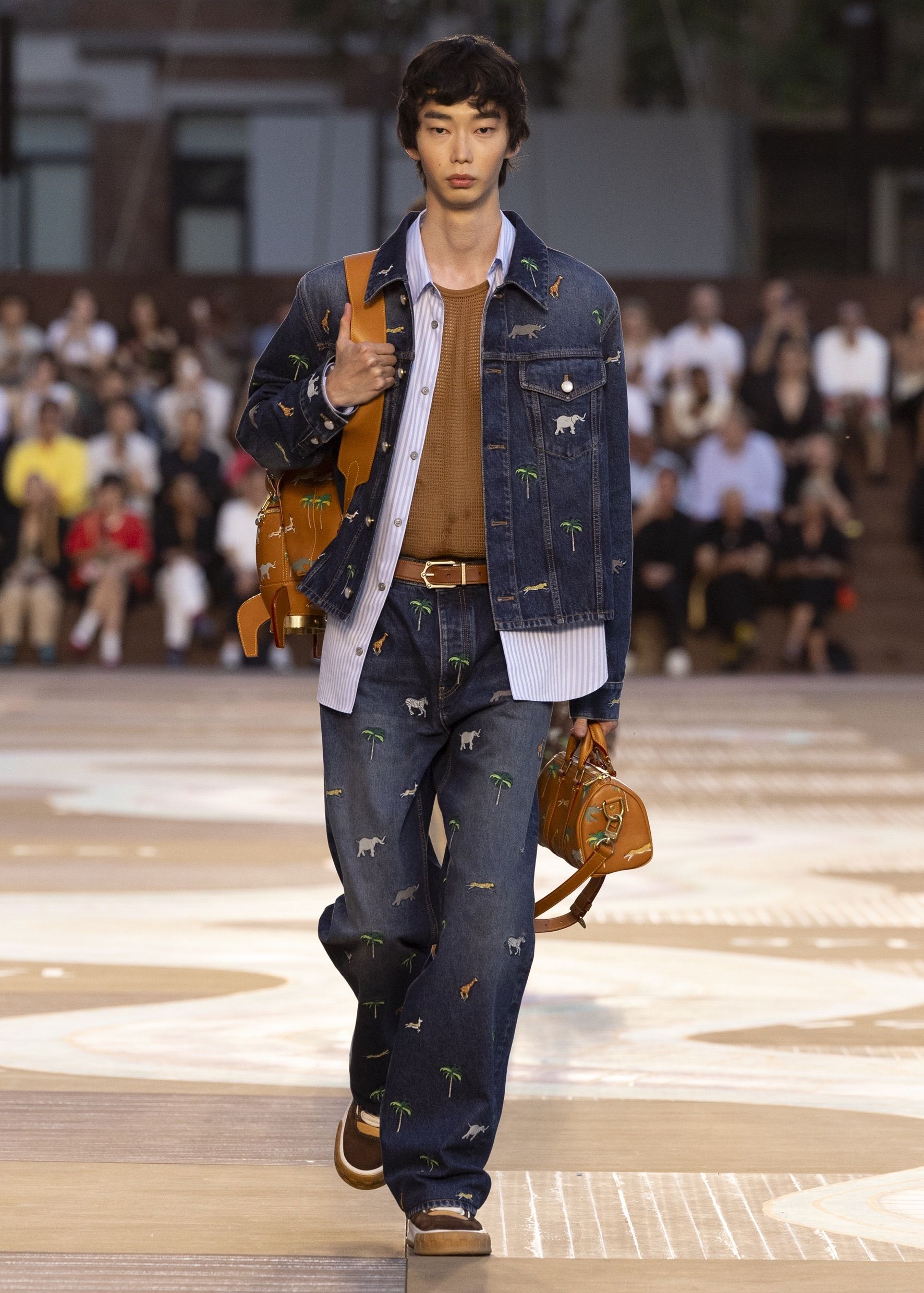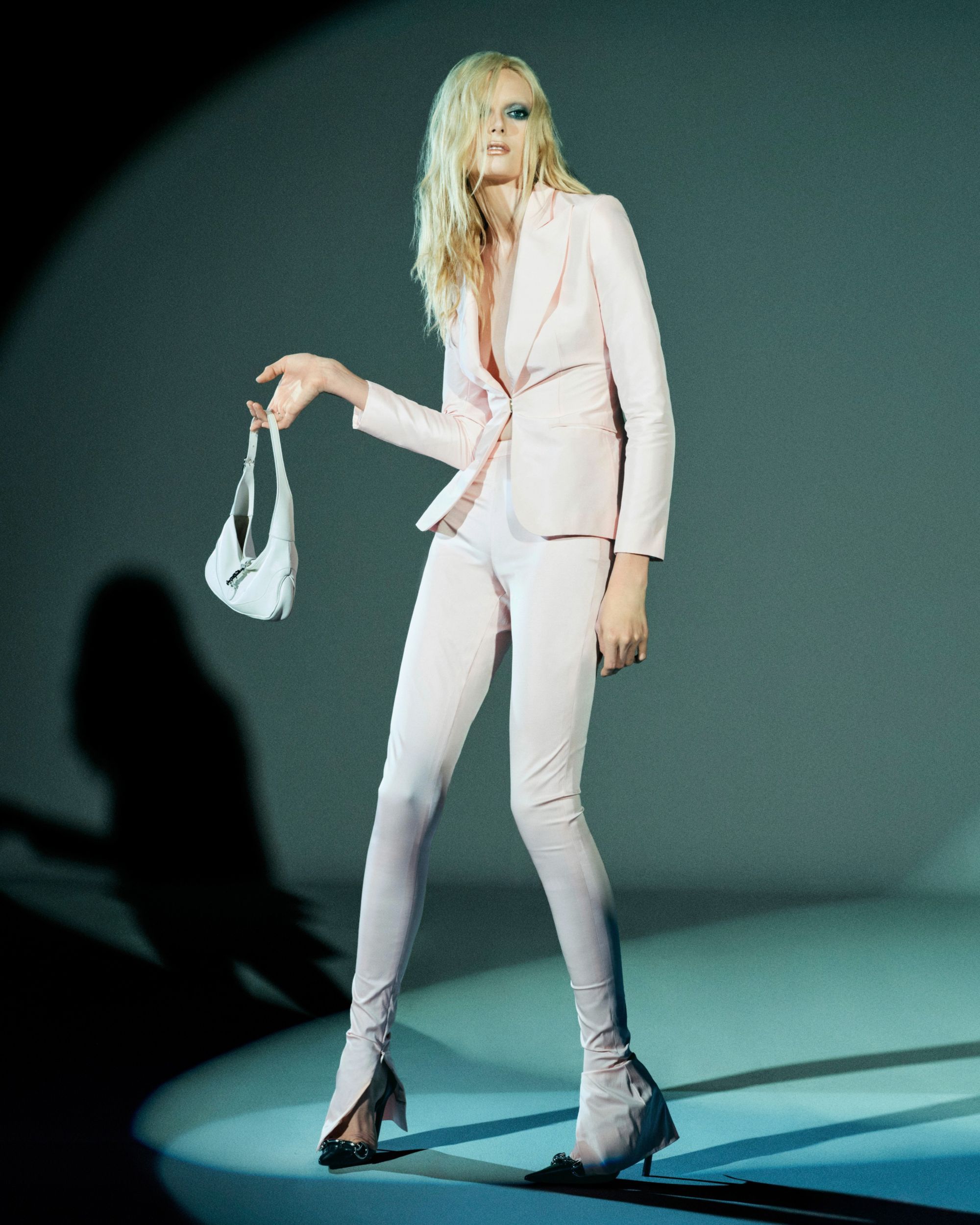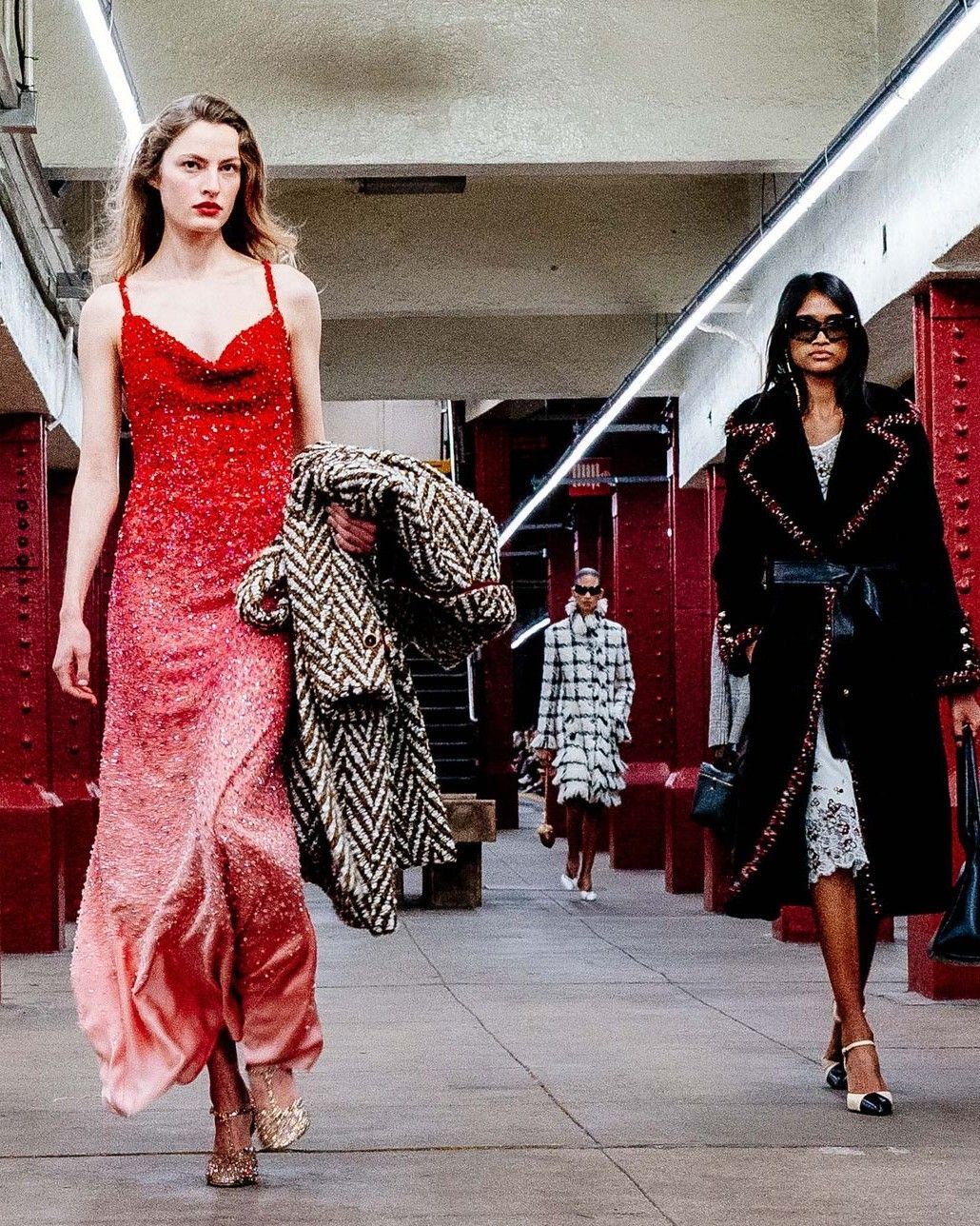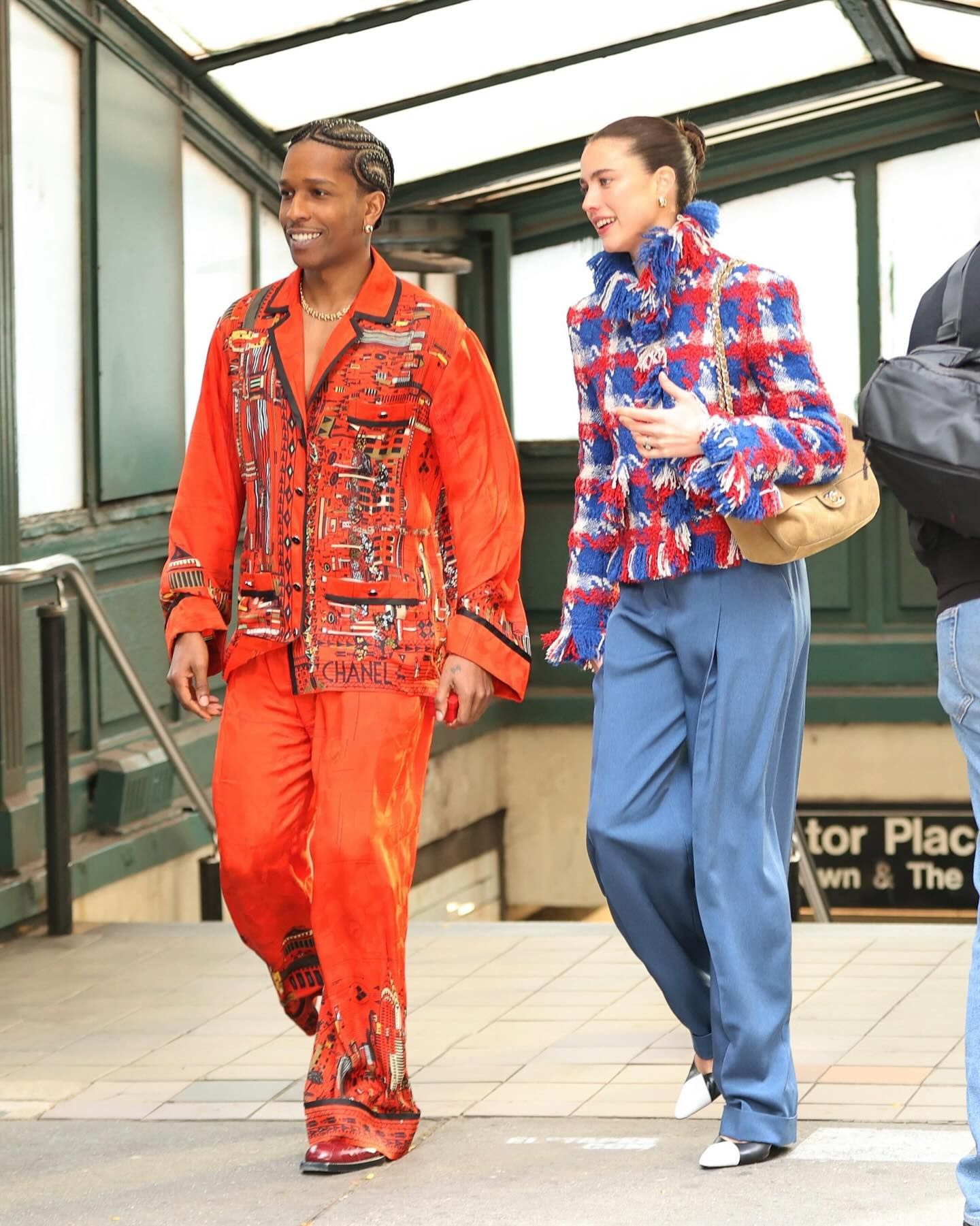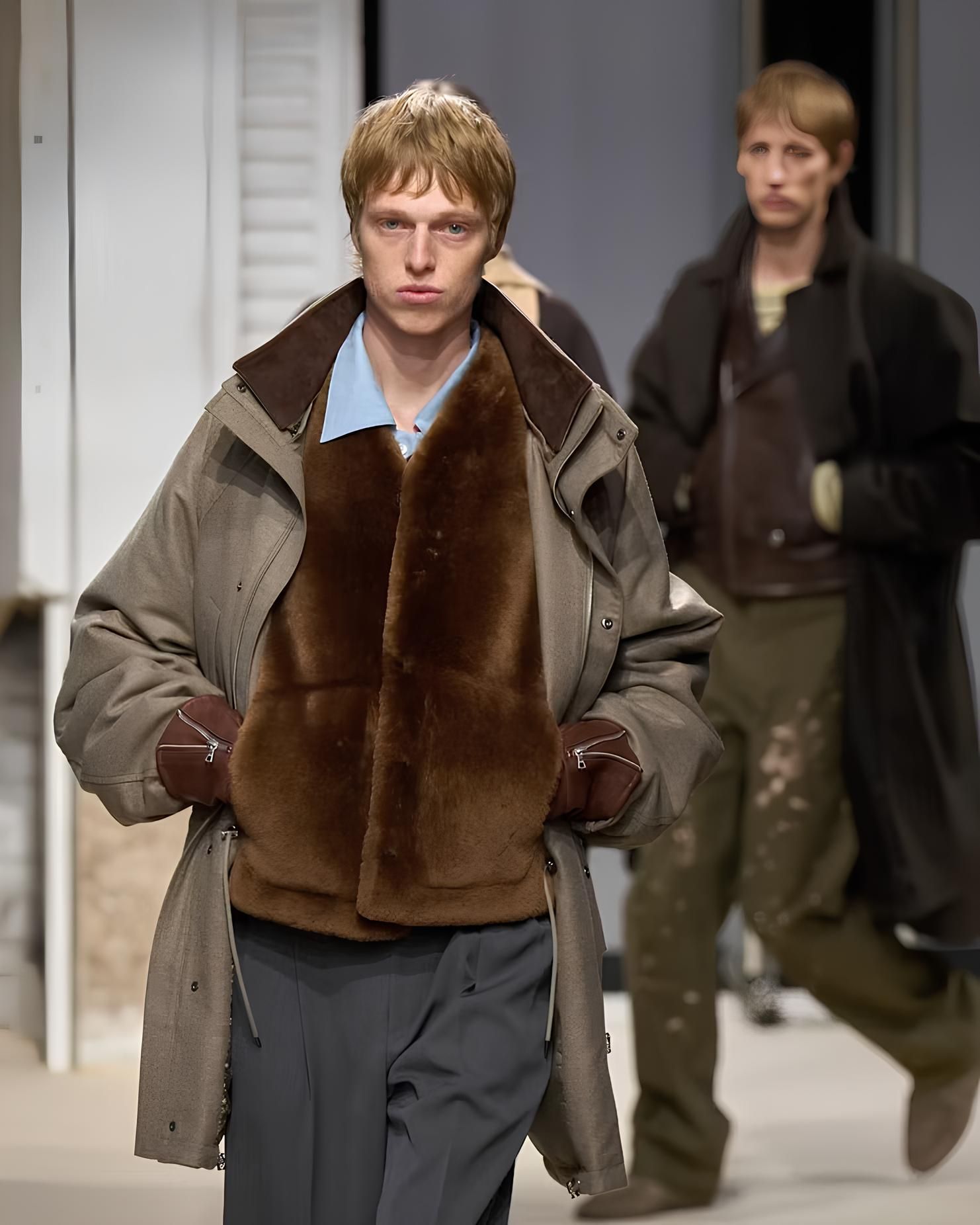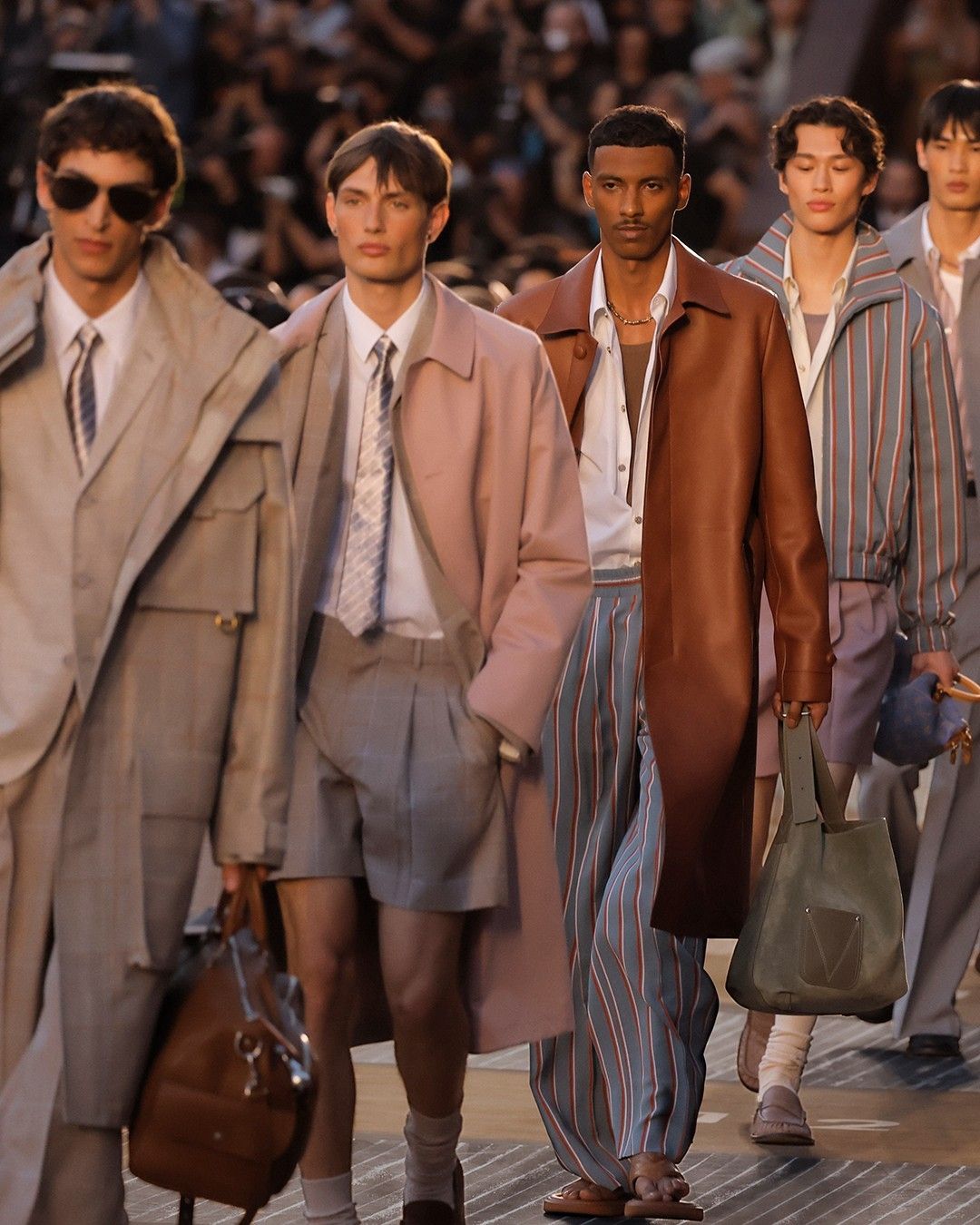
Louis Vuitton dreams of India for the SS26 collection Relaxed tailoring, jewel-like details, sun-bleached fabrics, and scorching hues defined the season
In fashion, there often exists a prejudice: that a brand which is very pop, very mainstream, and heavily focused on the logo and the product can’t truly be cool in the way insiders perceive fashion. Yet, in all its mainstream glory, Pharrell’s Louis Vuitton proves this prejudice wrong. Now at his ninth collection for the world’s biggest and most profitable luxury brand, Pharrell has made his modus operandi clear: a strong seasonal macro-theme, excellent music, an exquisitely refined savoir-faire expressed through a vivid abundance of details and decorations, and finally, a very archetypal men’s wardrobe style — highly recognizable yet incredibly in tune with the times. There’s a kind of ecumenical vocation to these collections which, far from transgressing or subverting the canon, feel like the expression of a new menswear culture — one that can welcome men of all ages and backgrounds. These are looks of utter immediacy and wearability, and ultimately the clearest and most polished translation of how men dress today, a style we might call "brocore," essentially the Japanese-American style known as City Boy with a few added touches of hip-hop vibe. In any case, this season’s theme was India — not so much in terms of silhouettes or cuts, but in terms of colors, materials, and craftsmanship. The result was a collection filled with warm hues, softness, and balance, even including a delightful reprise of the decorations originally created by Louis Vuitton for the film The Darjeeling Limited by Wes Anderson — perhaps one of the most famous luggage sets in recent cinema history.
The dish Pharrell served last night was thus quite rich. The tailoring was classic yet relaxed, with jackets and trousers cut from blends of ultralight wool and raw fabrics like cashmere-silk-wool or cashmere-vicuña. Soft shoulders, relaxed waists, and elongated proportions — Pharrell’s current preferences — were back, while many jackets and blazers featured tuxedo-style side bands and trims embroidered with micro-beads or lace collars fit for a ceremony. Underneath the suits were plenty of shirts, unbuttoned as if under New Delhi’s scorching heat, often striped, and in some cases made from fil-coupé silk with embossed patterns, or printed with weathered checks or sun-faded stripes mimicking India’s hand-painted signs. There was also an abundance of cropped jackets and a wide range of outerwear — admittedly quite wintery, but no less vivid — while the most notable pieces were the denim garments, all faded and artfully distressed. Some had undergone a brown wash inspired by coffee beans, embedded into the fabric so that white threads will emerge over time. And of course, the season’s trend was present: striped silk pajamas and faded cottons, with many striped patterns in a washed-out palette of navy blue, saffron, lilac, and pastel beige. There were also trompe-l’œil pieces where ultra-fine yarns mimicked the texture and look of raw fabrics, as well as a suit in shiny metallic yarn and a bandhgala-style jacket. Finally, many garments were paired with braided socks or lace inserts, beaded ties, and hand-embroidered cashmere-silk mix bandanas. Belts had reversible straps in aged leather and fastened with “frog”-style hooks inspired by vintage luggage.
Season after season, Pharrell’s Louis Vuitton is taking on a more defined shape. There’s a clear sense that we’re seeing a brand that has optimized the method implemented by Kim Jones at Dior — that of having a creative director act as a general coordinator for an entire team of diverse creatives, all aligned and hyper-specialized in their own field. This kind of distributed creativity ensures consistency and coherence without the creative director overshadowing the rest of the team — these are collections that don’t live in the shadow of their creator but express an approach to excellence and luxury that’s more universal than seasonal. Many brands today try to achieve this convincingly, attempting to mask their obsession with logo-heavy wardrobes behind foggy pseudo-intellectual statements, but lack the necessary coolness. Despite its hyper-literality, Pharrell avoids any conceptual or intellectual pretension: there are no hidden symbolisms, forced provocations, or cryptic messages. Just beautiful clothes, fresh, desirable, ready to wear now. And it is precisely this elegant, unpretentious immediacy that makes the brand more accessible, cool, and authentic. No posing, just style.


